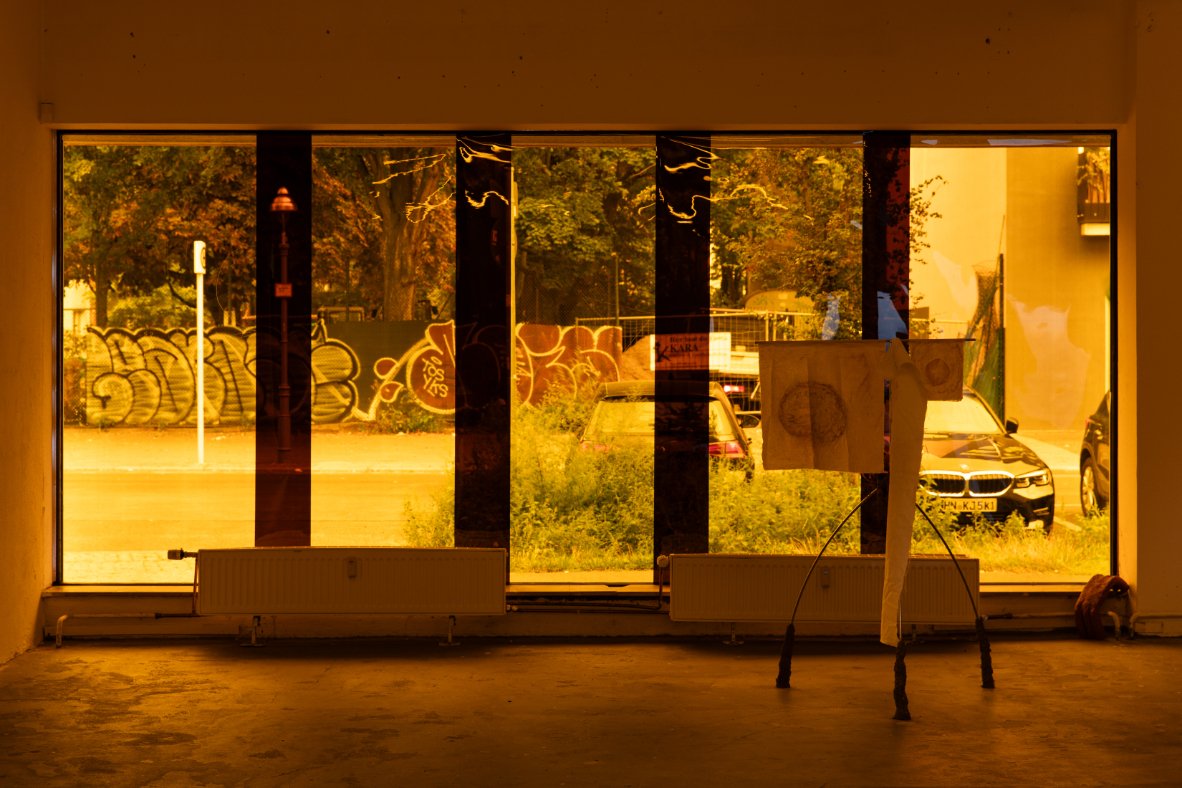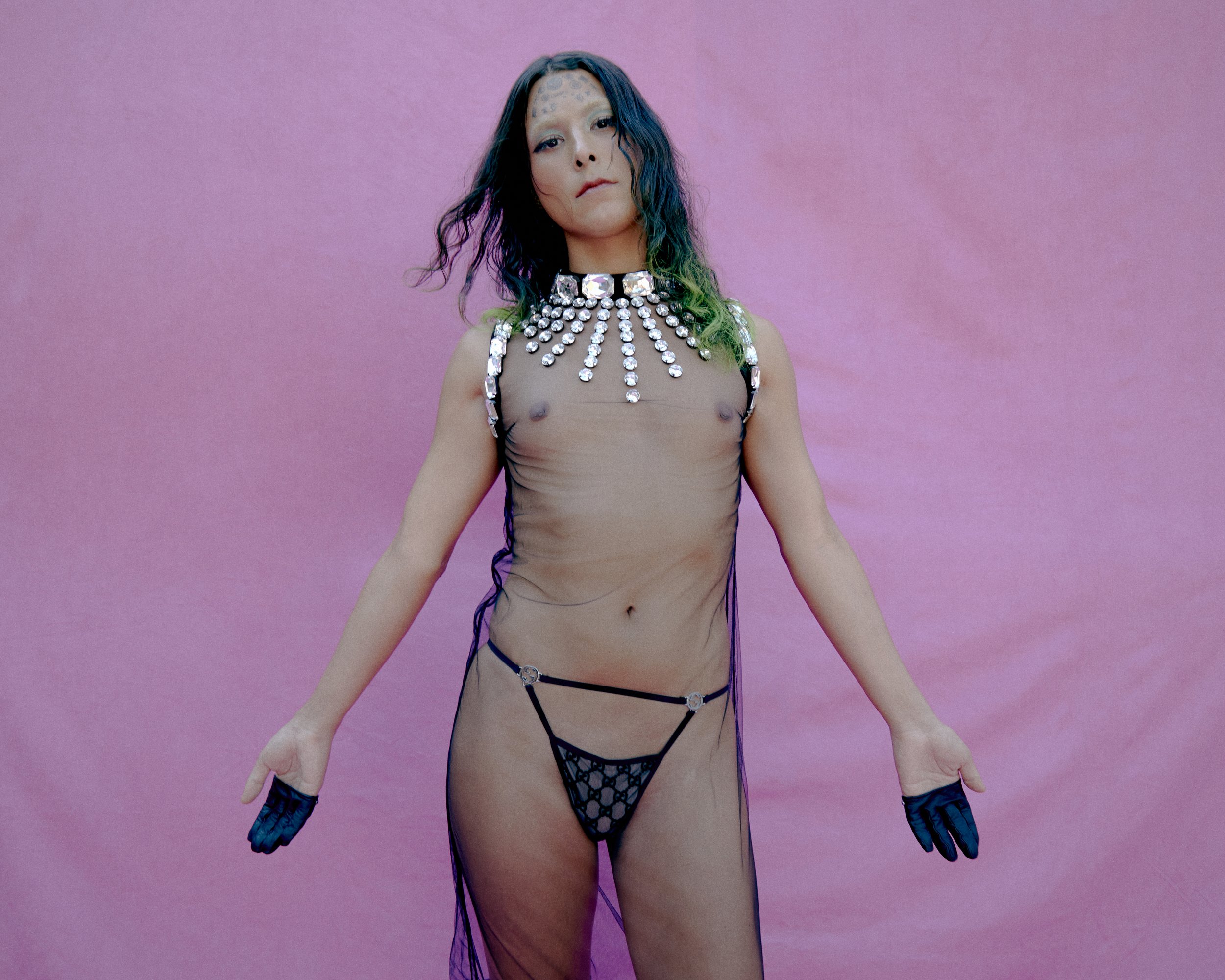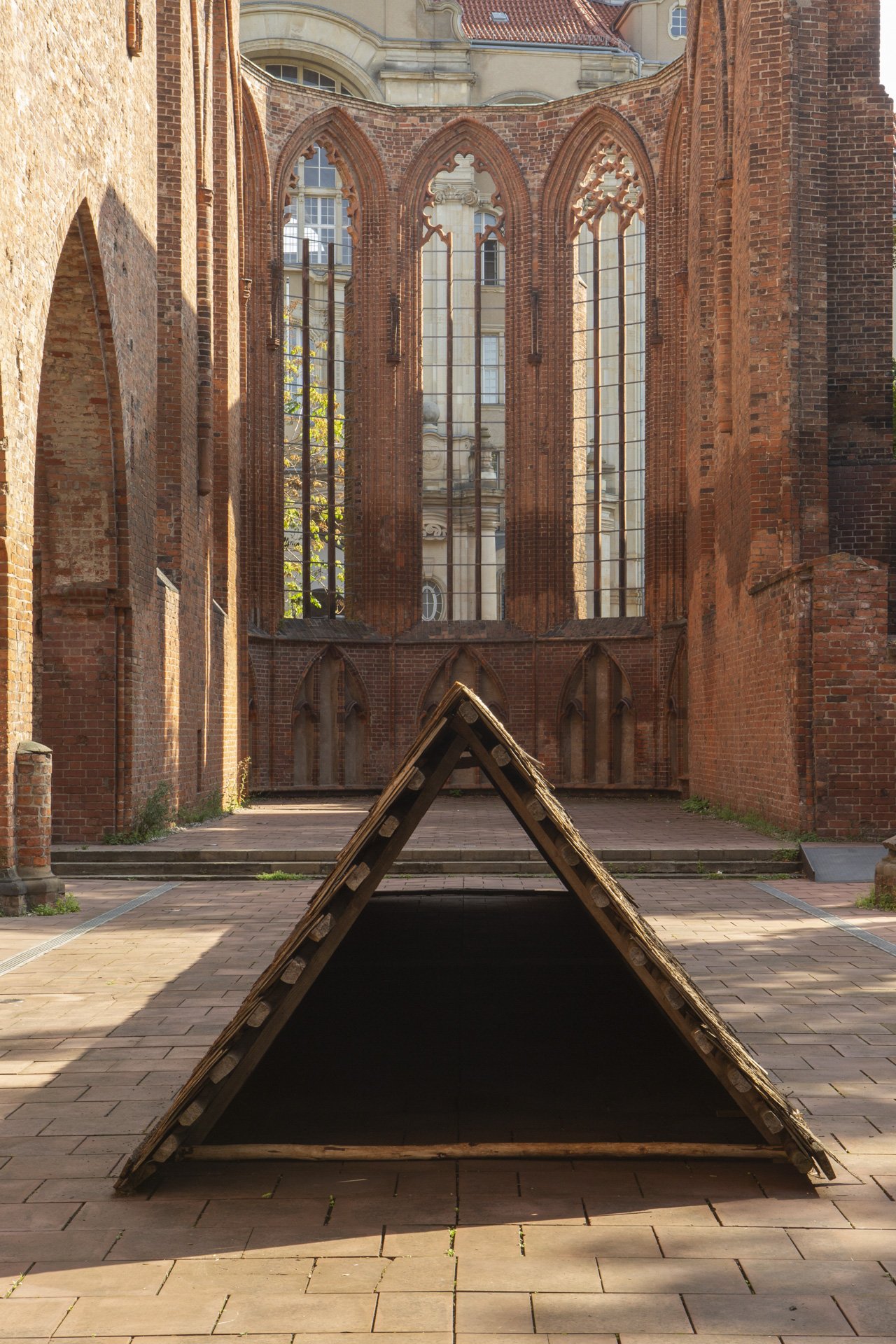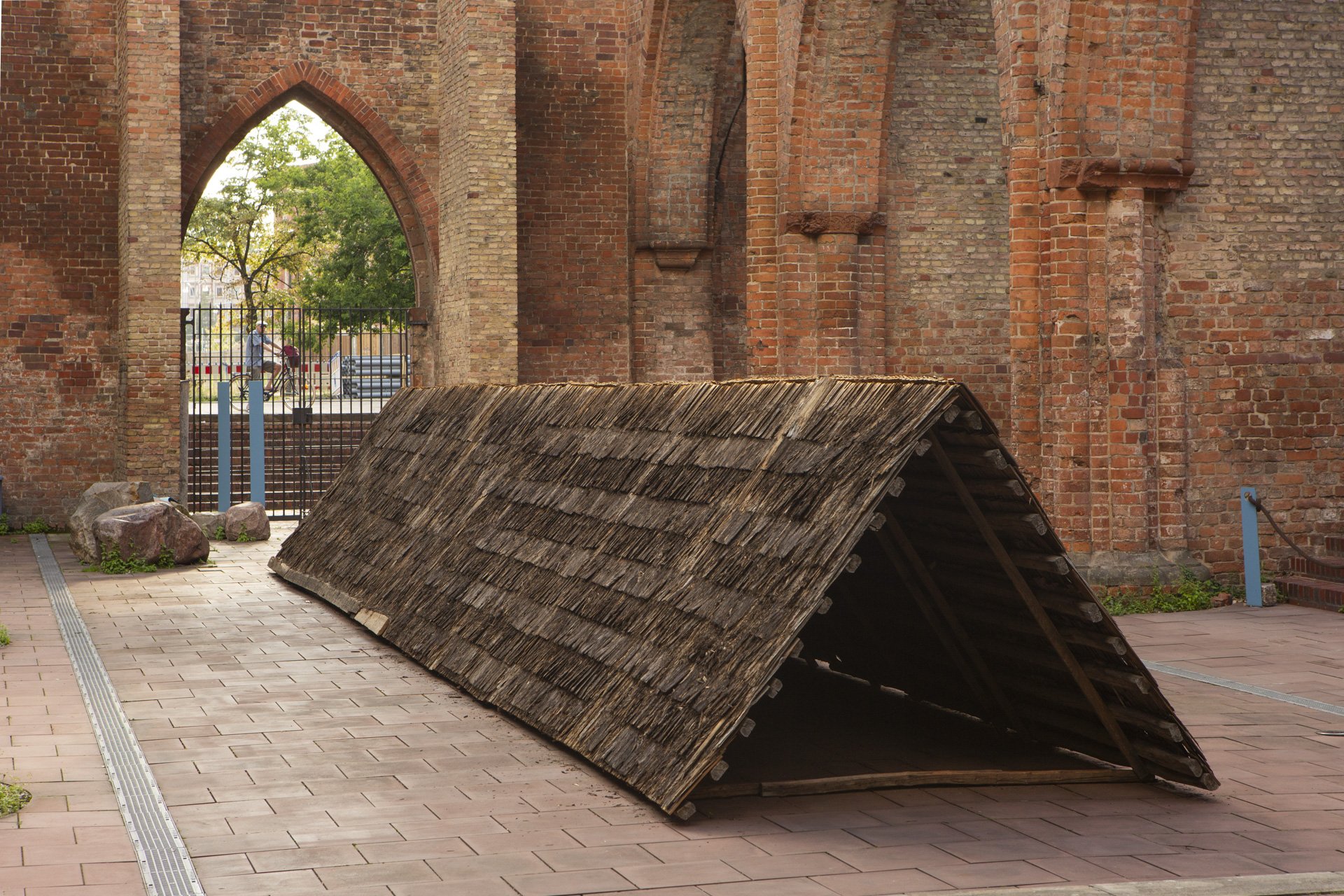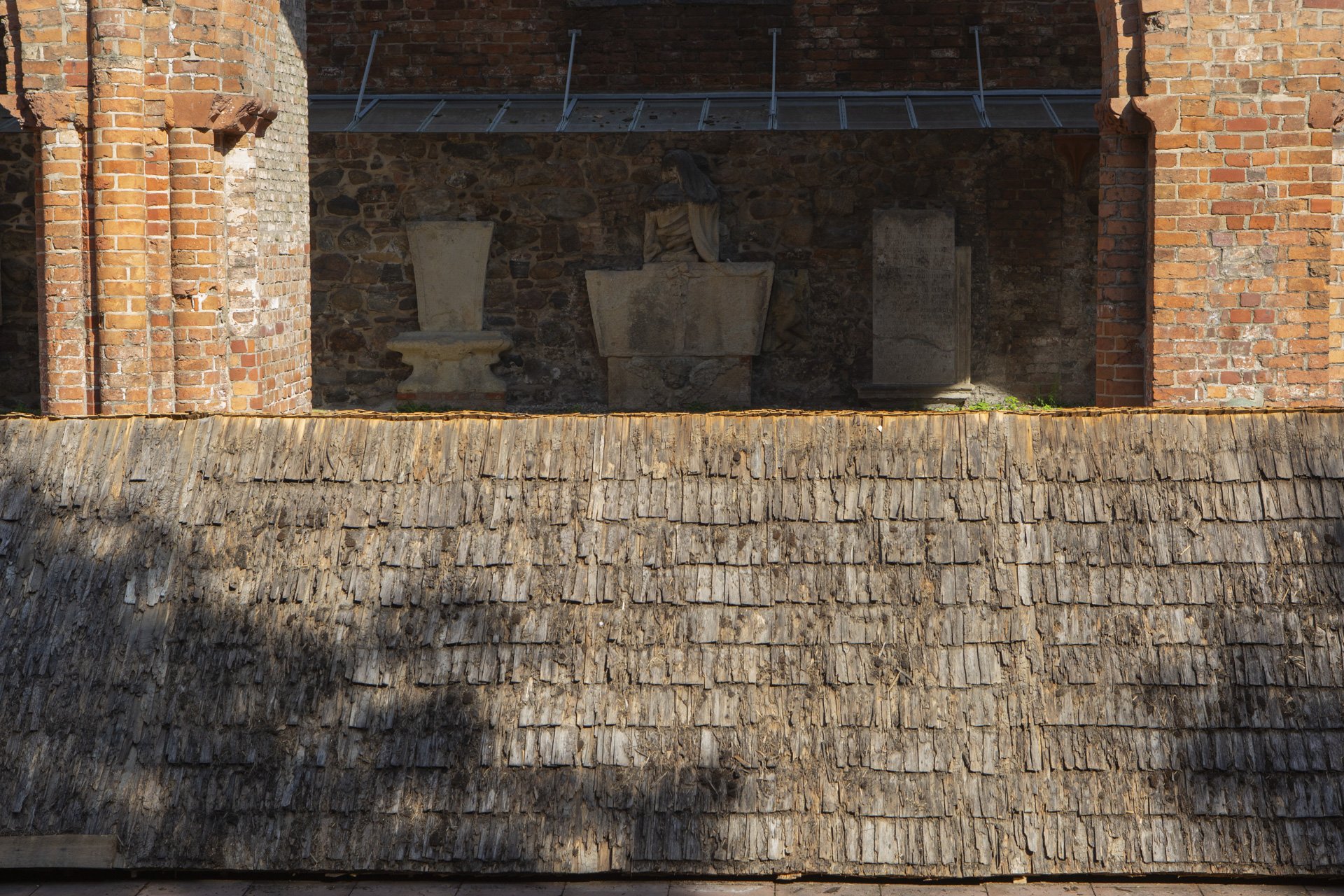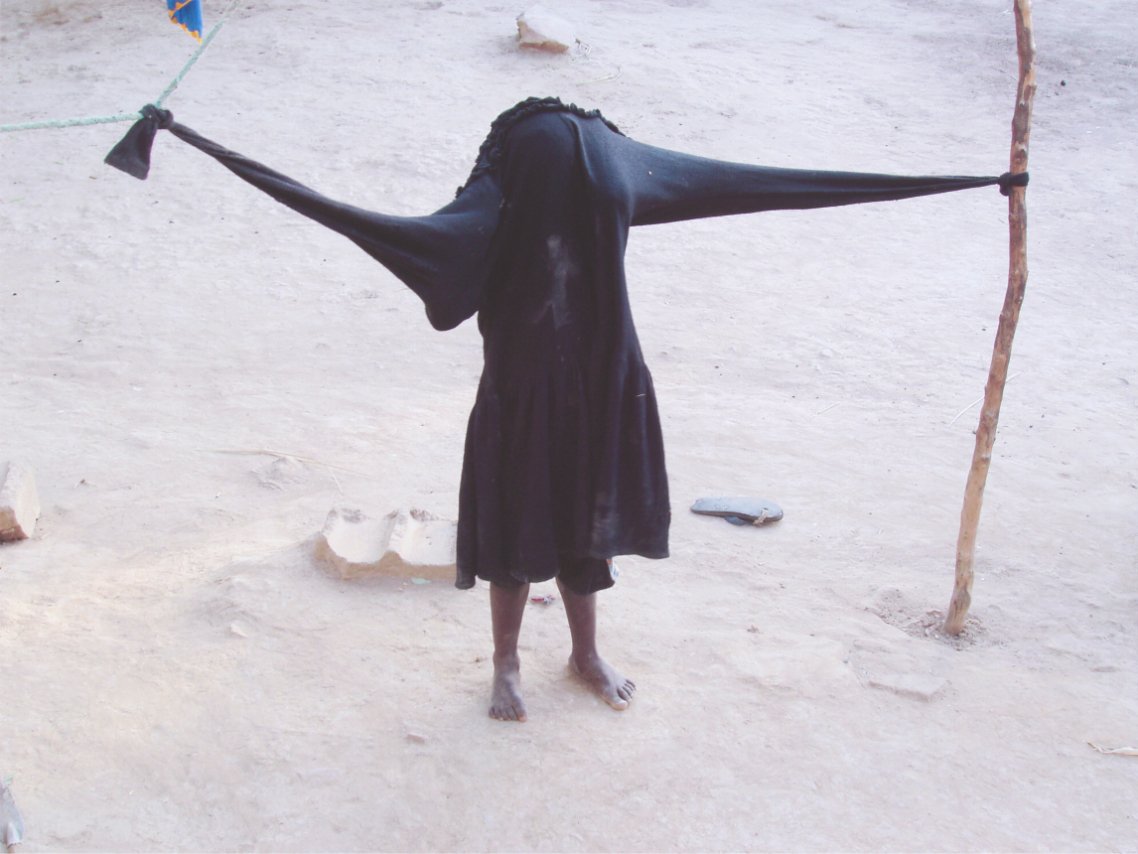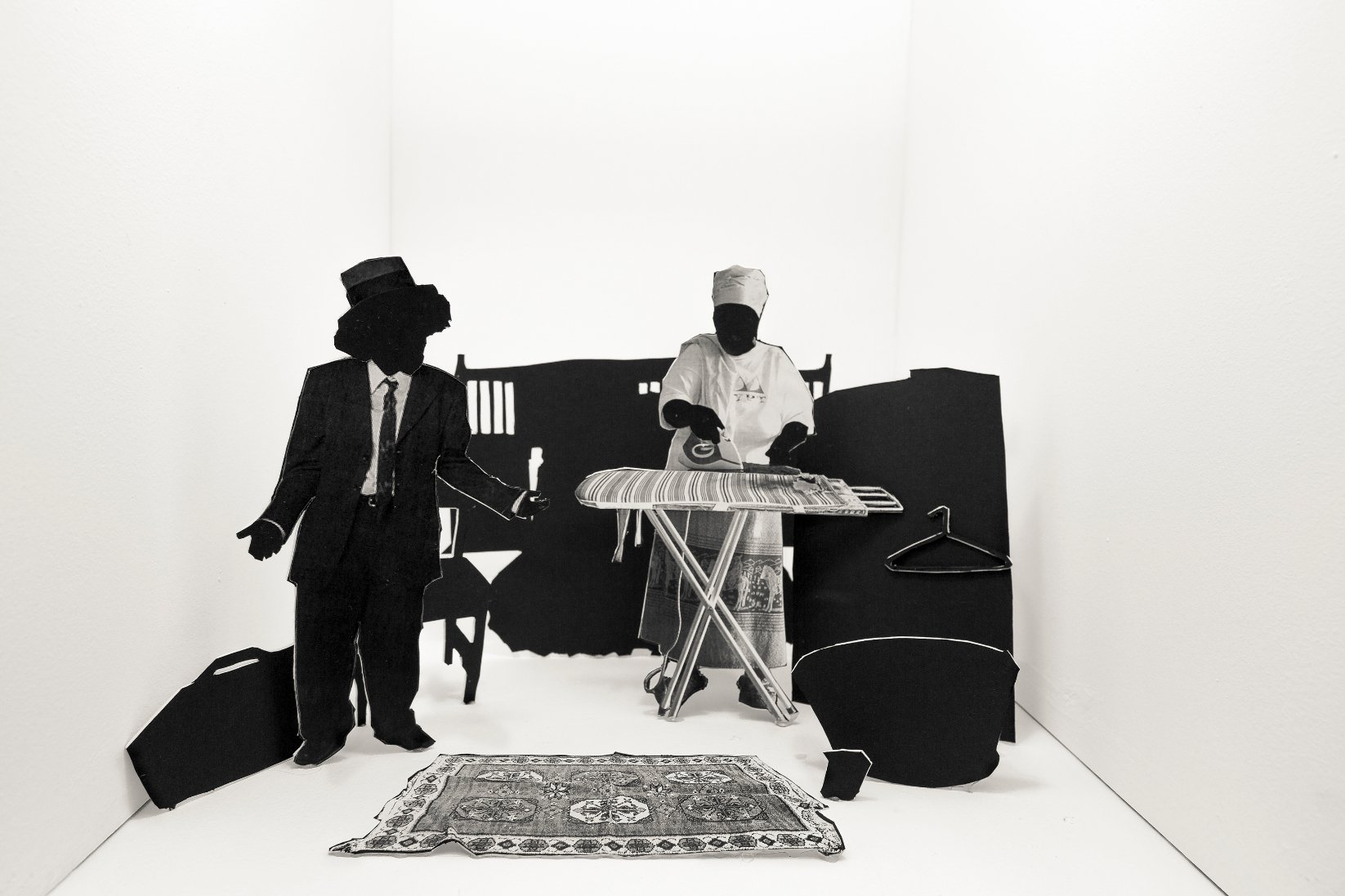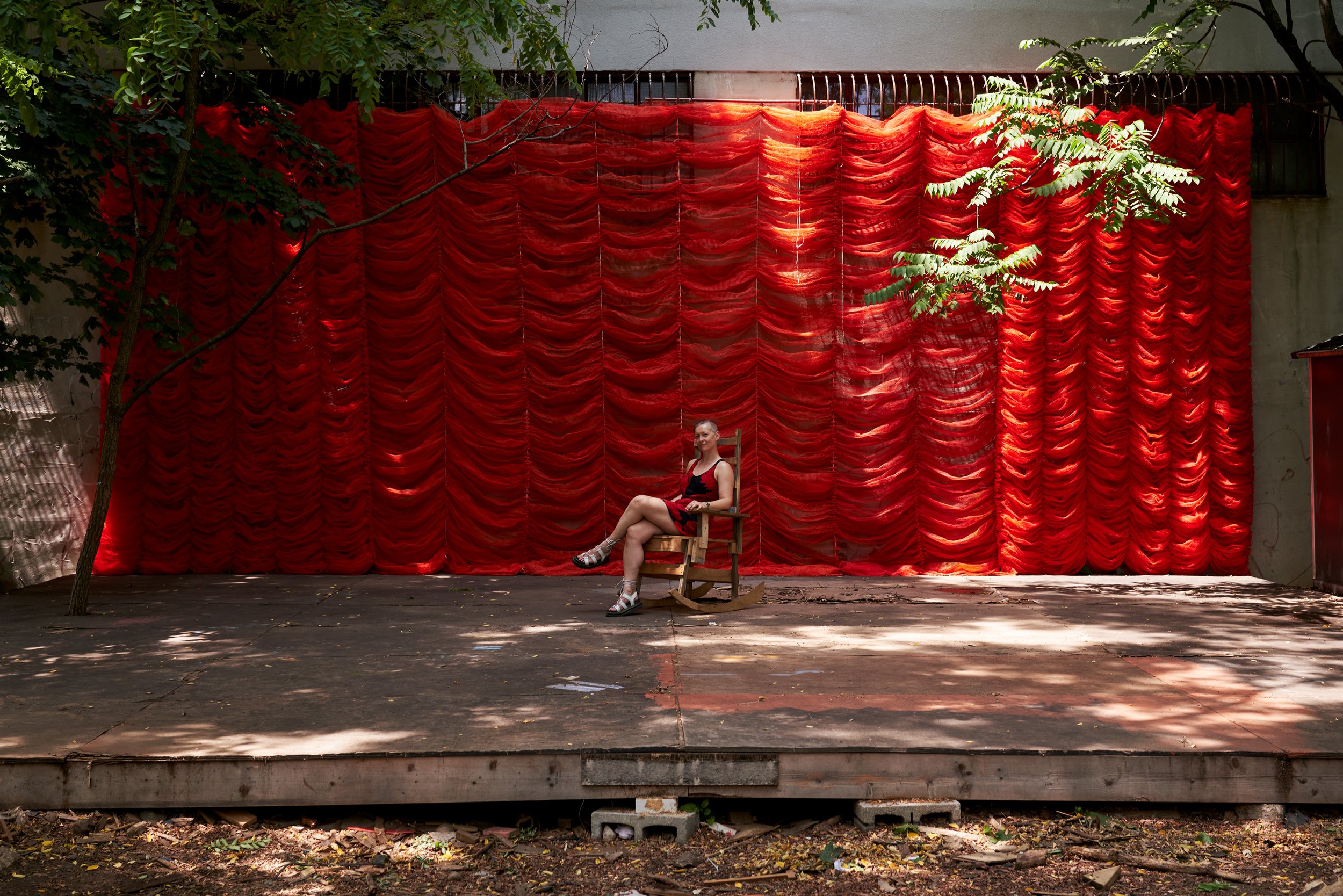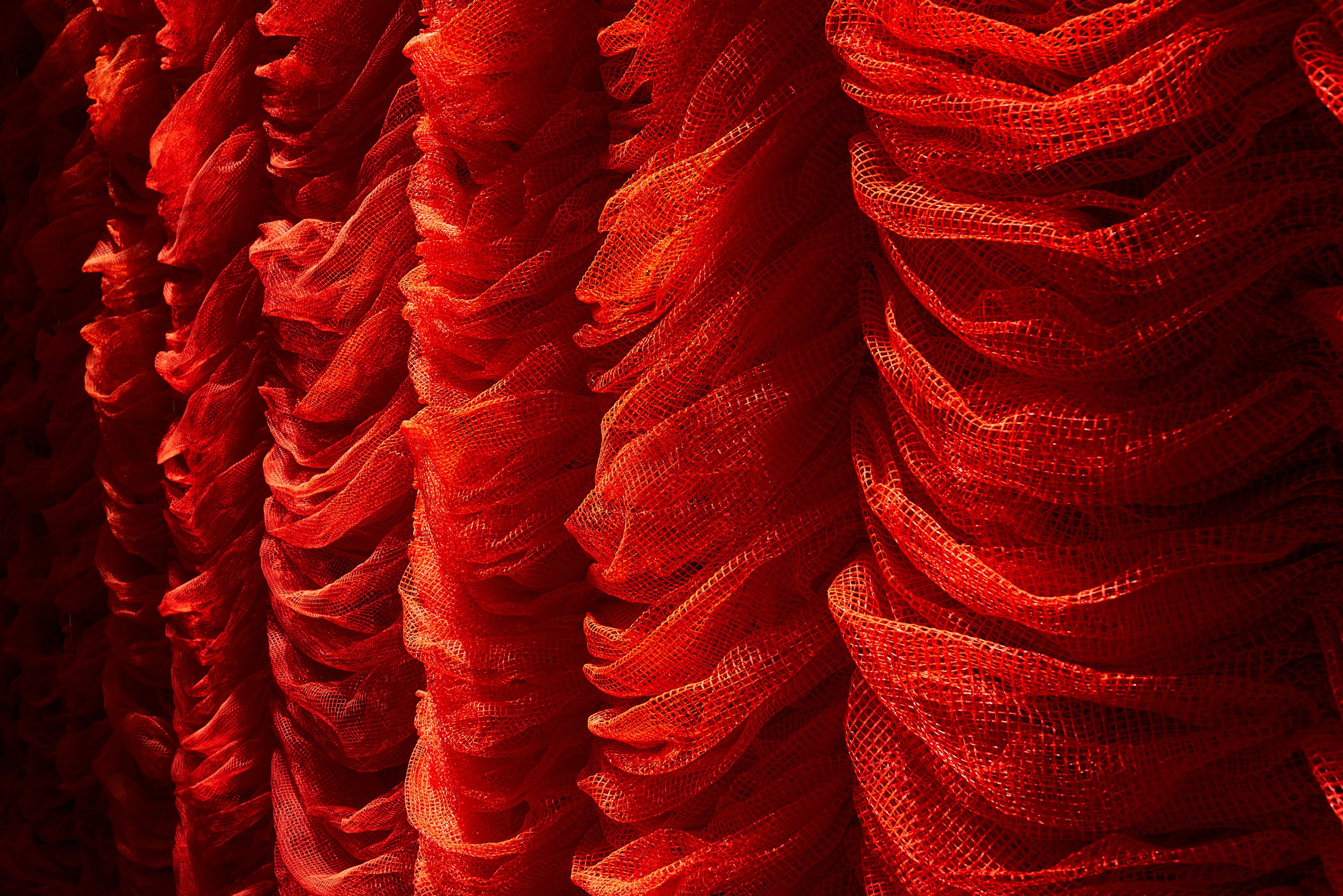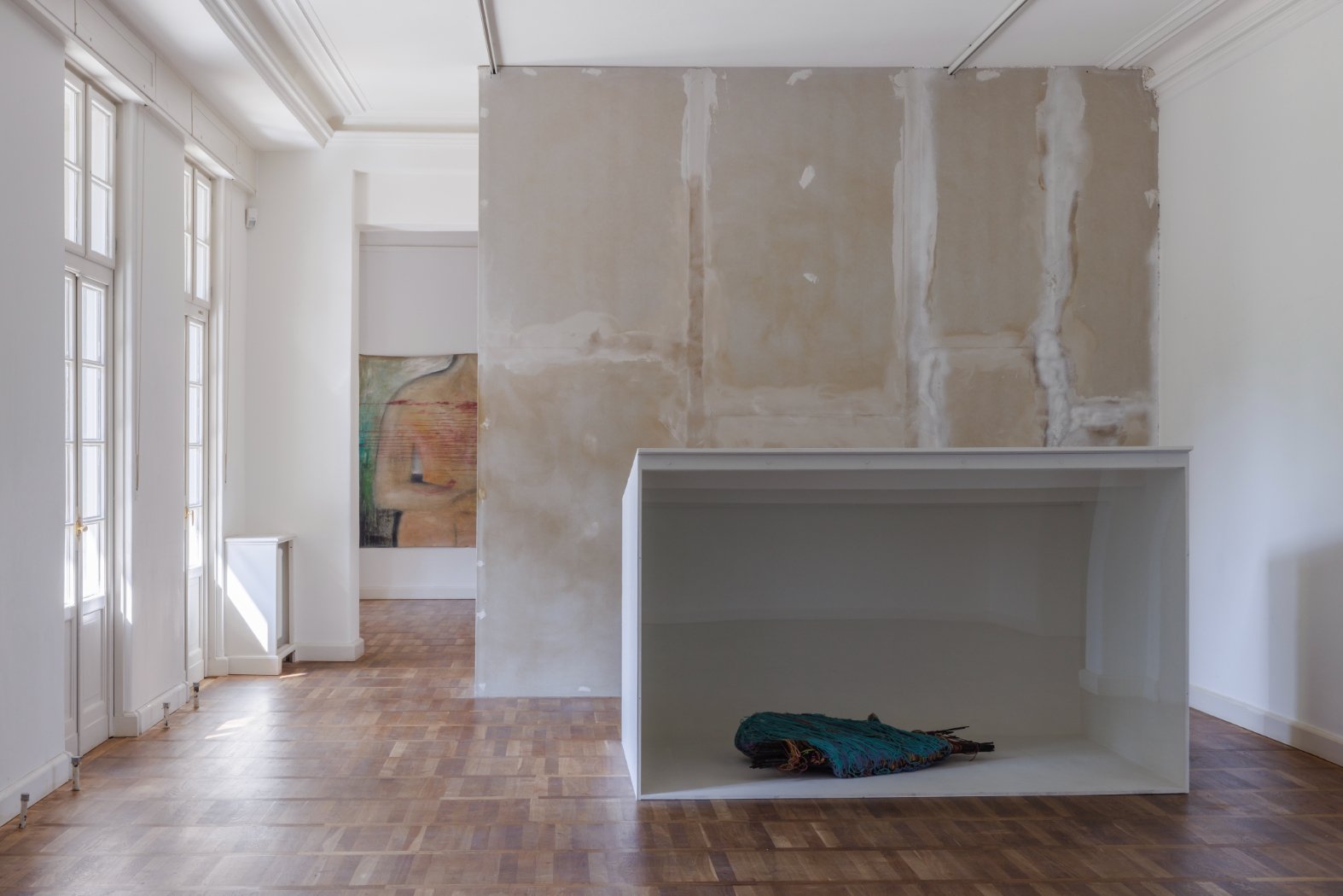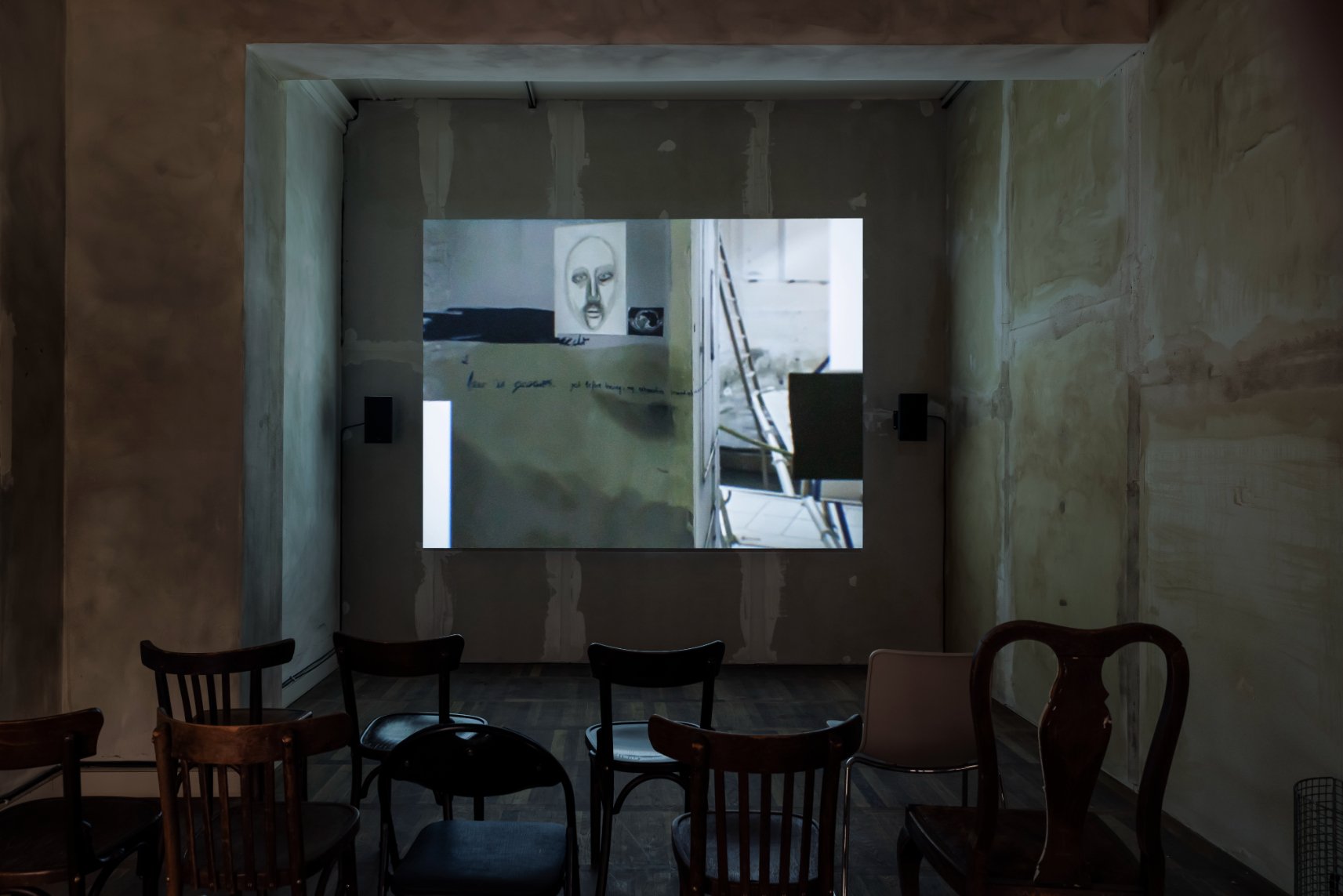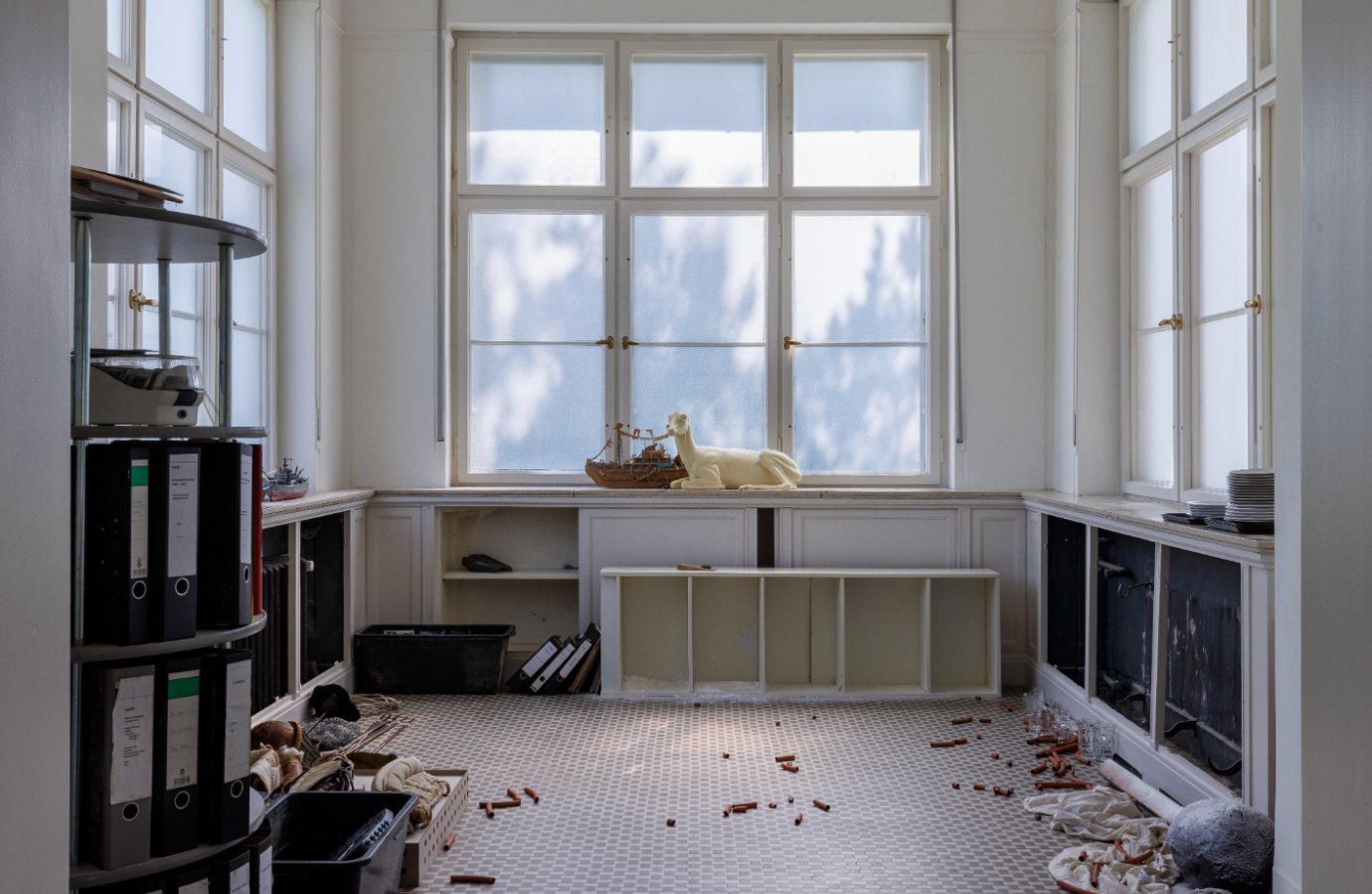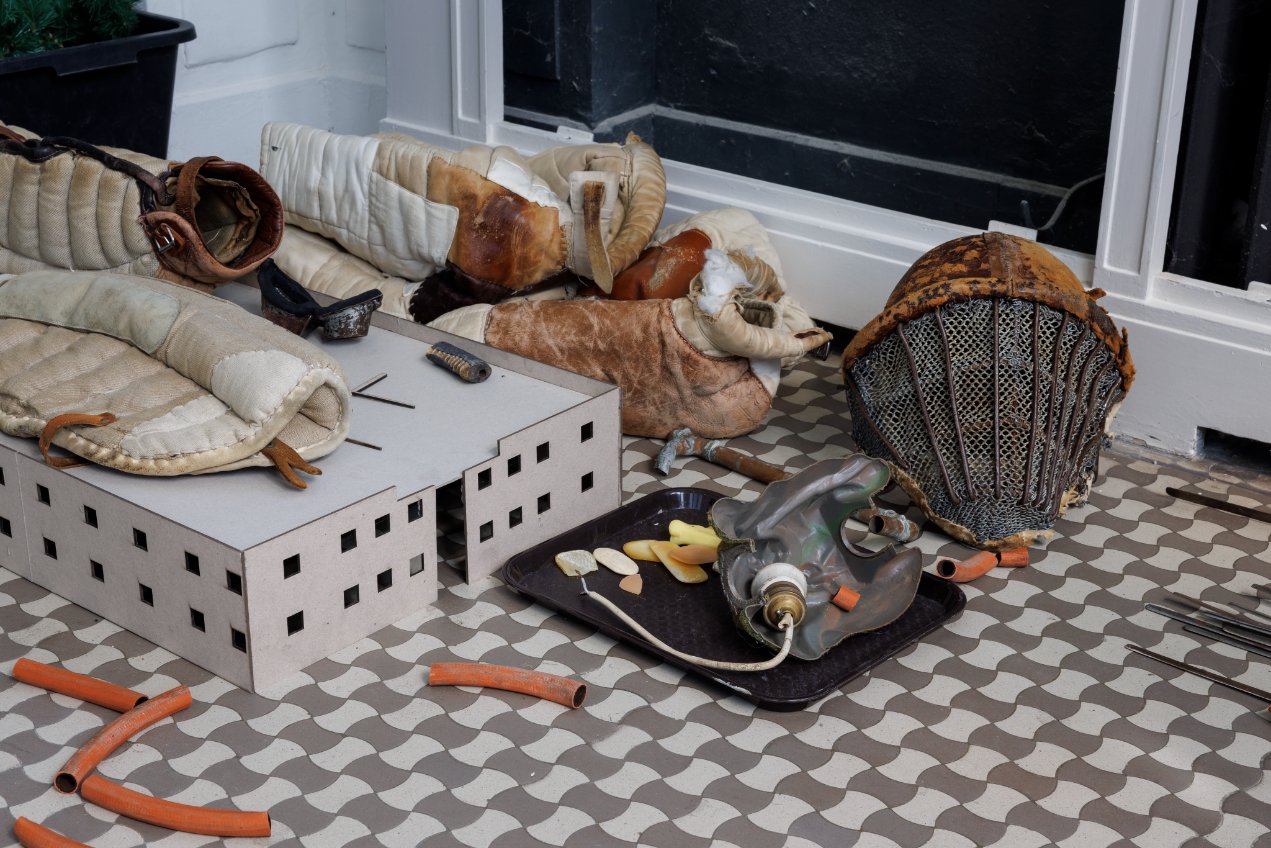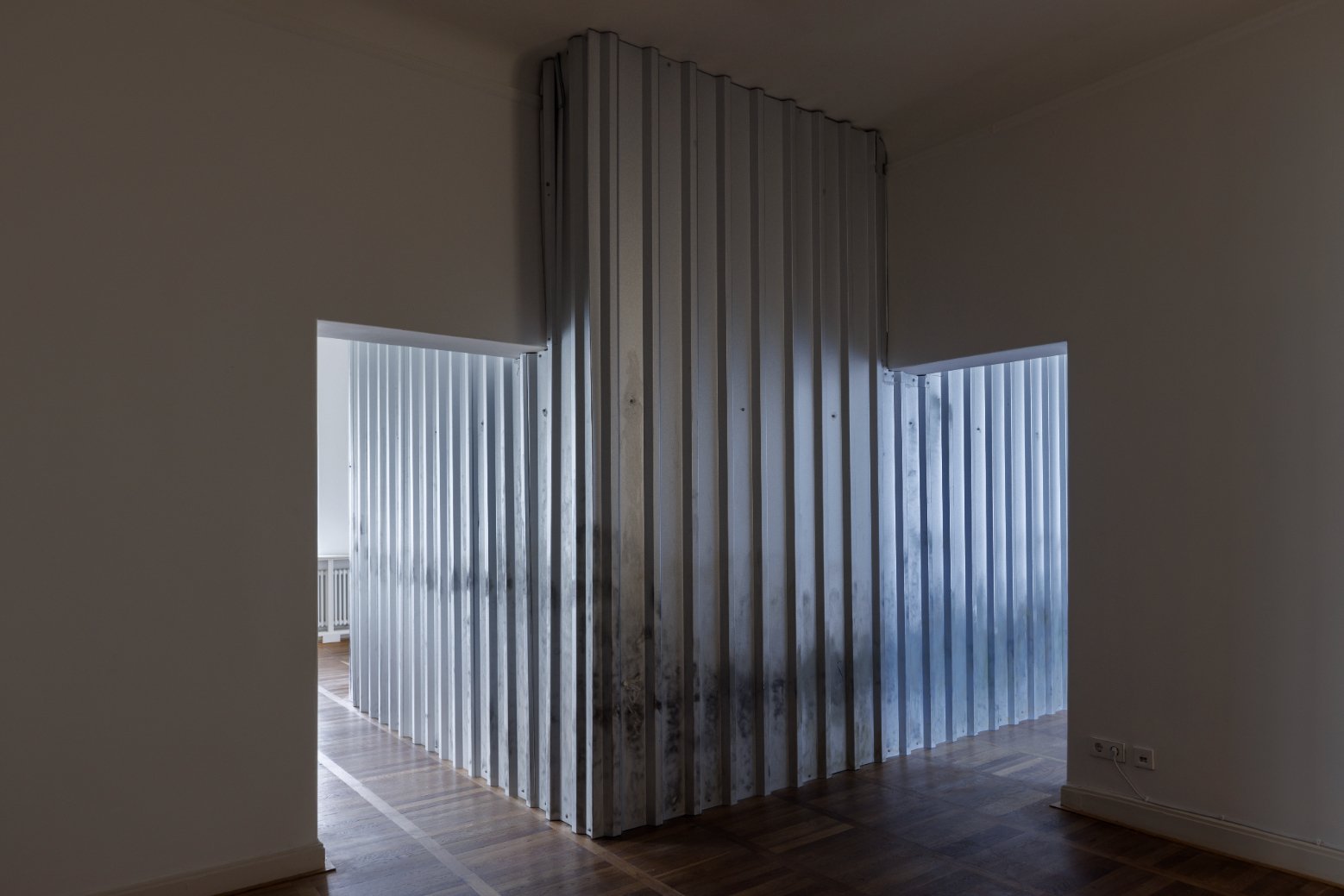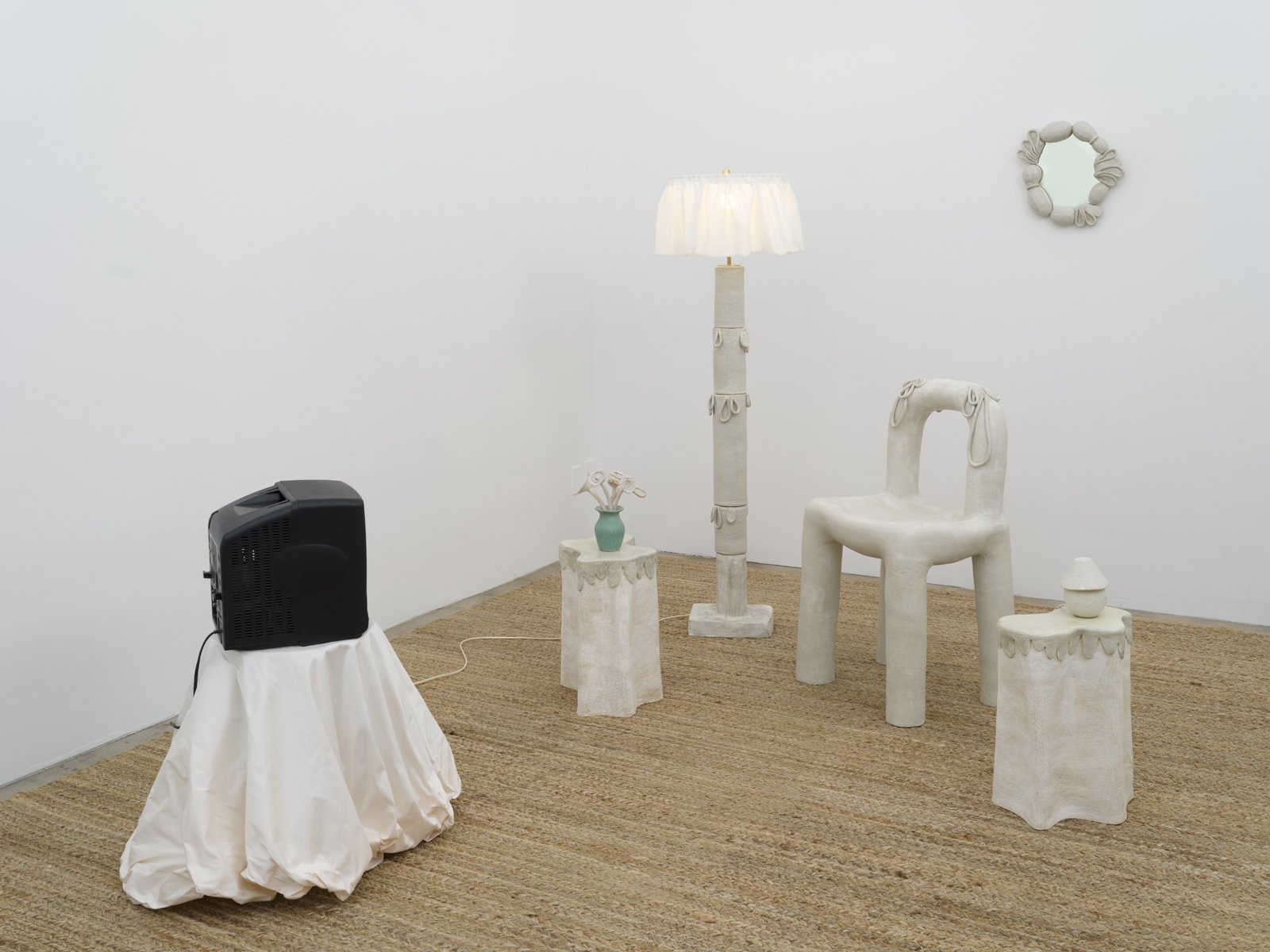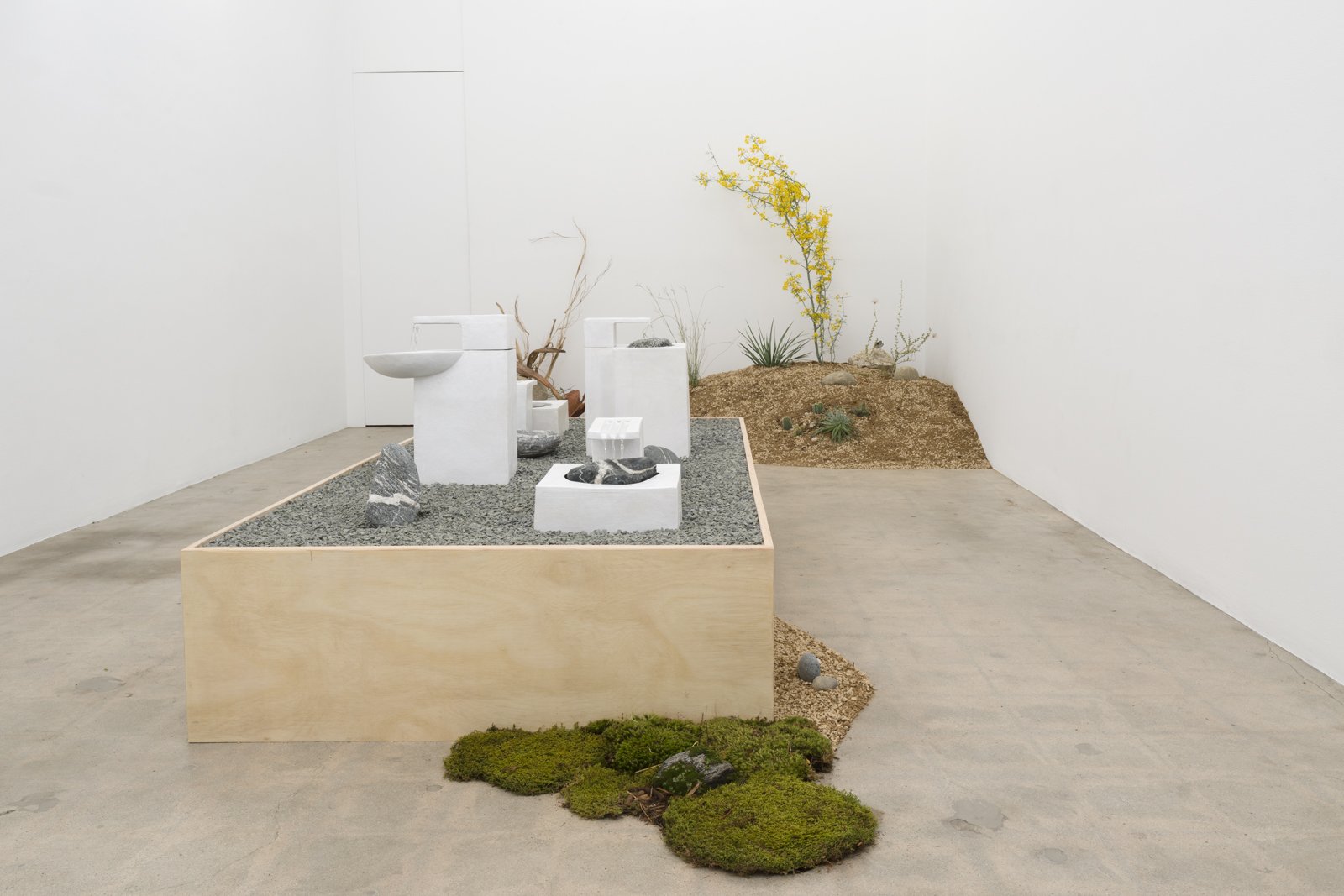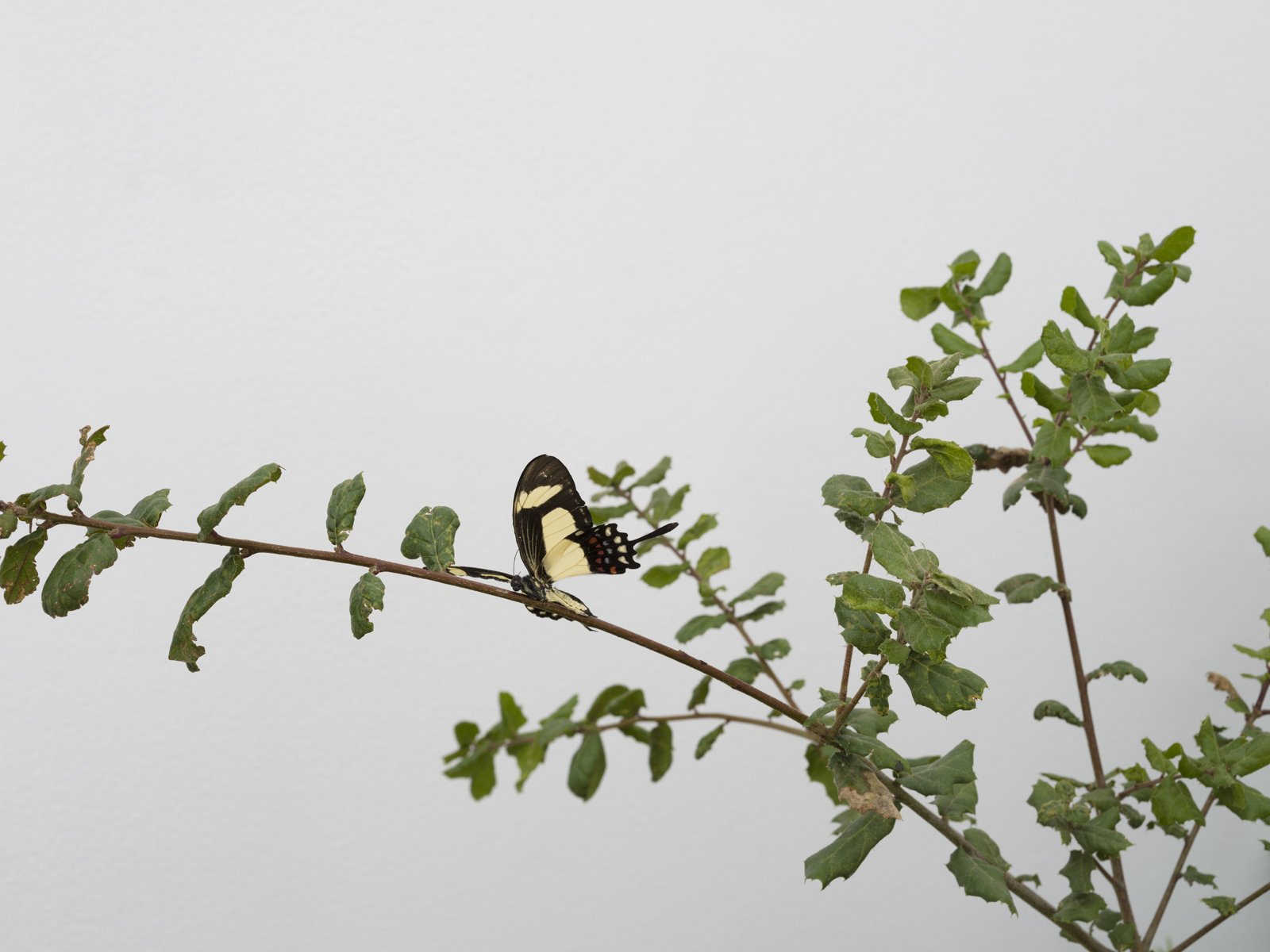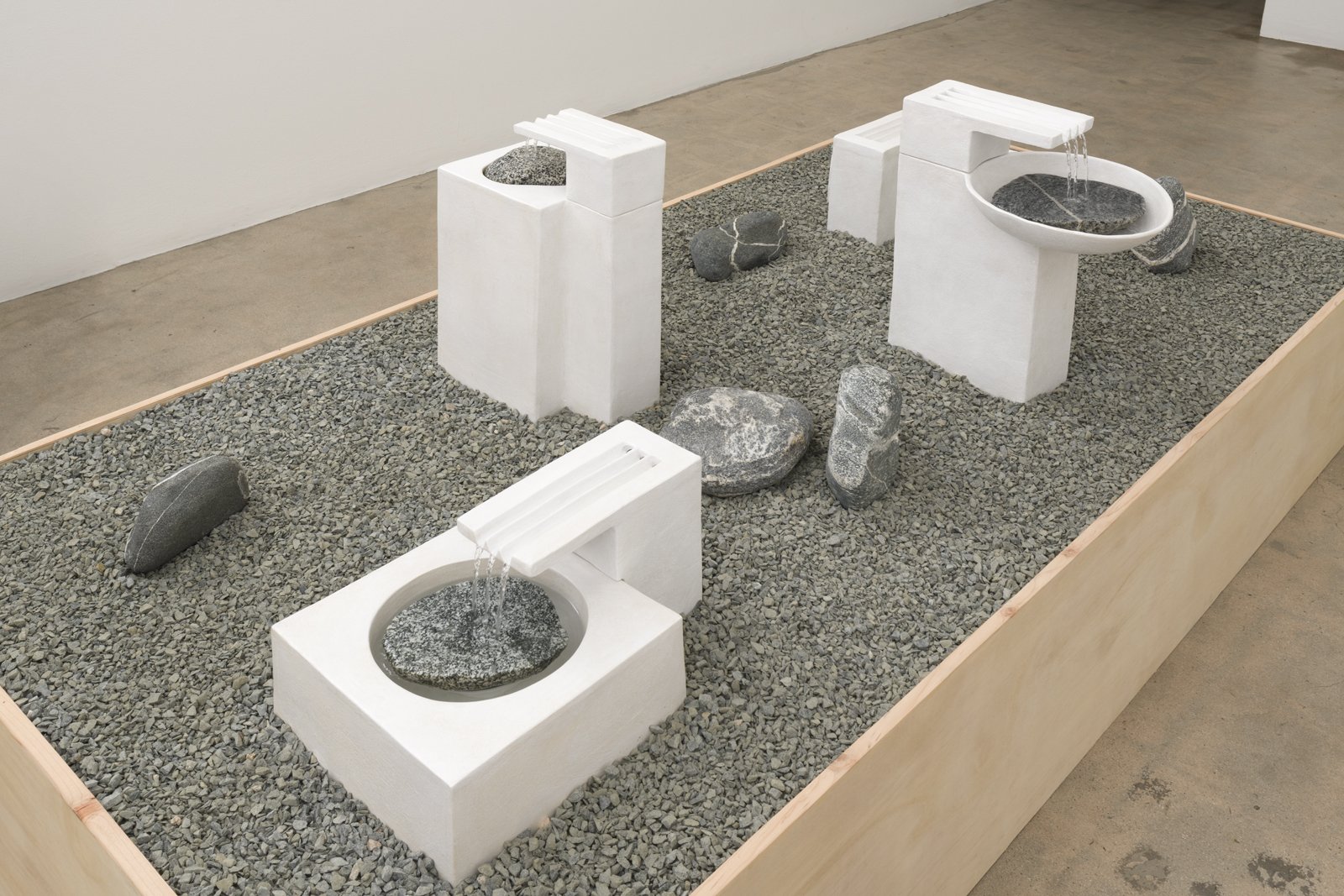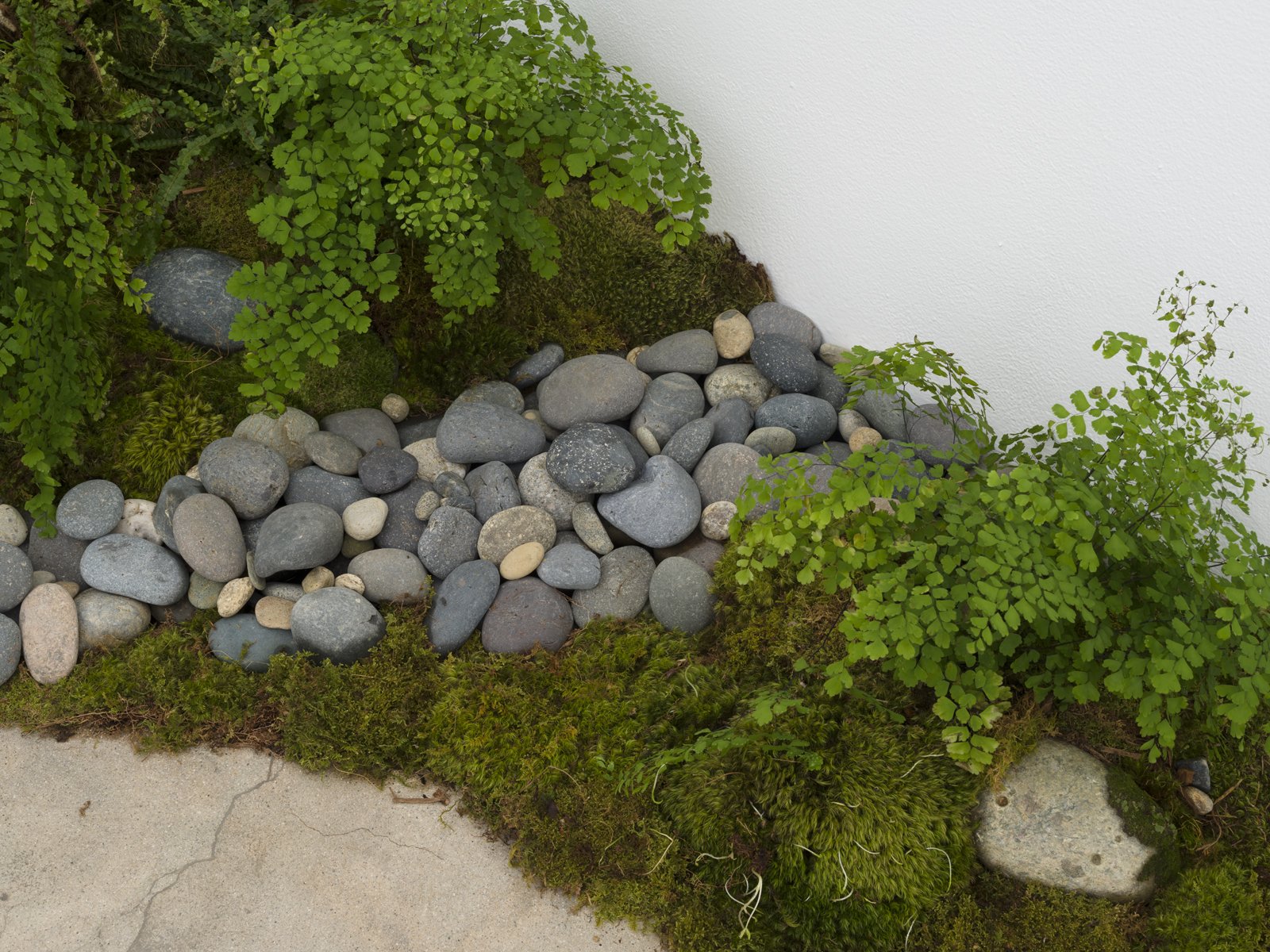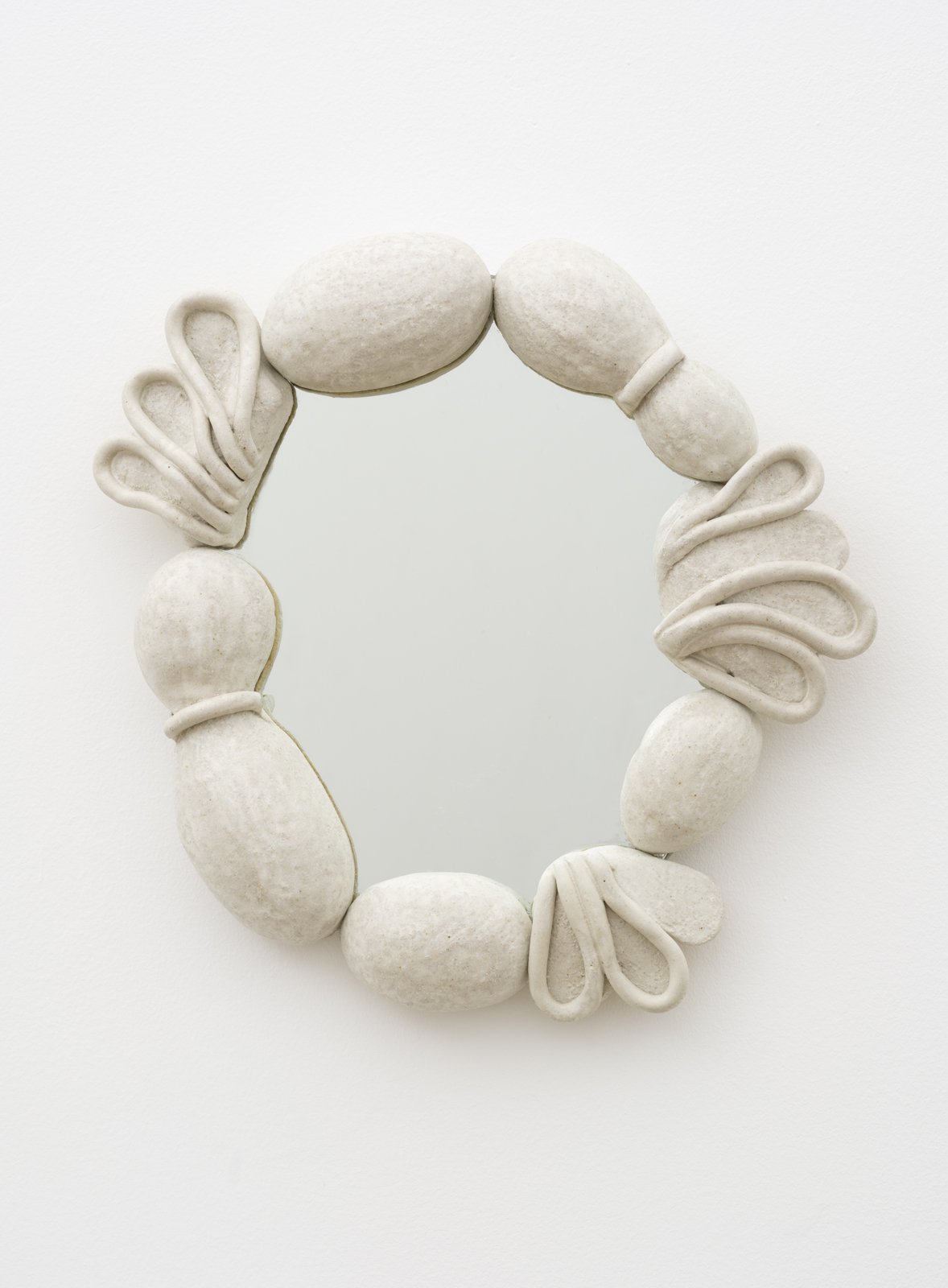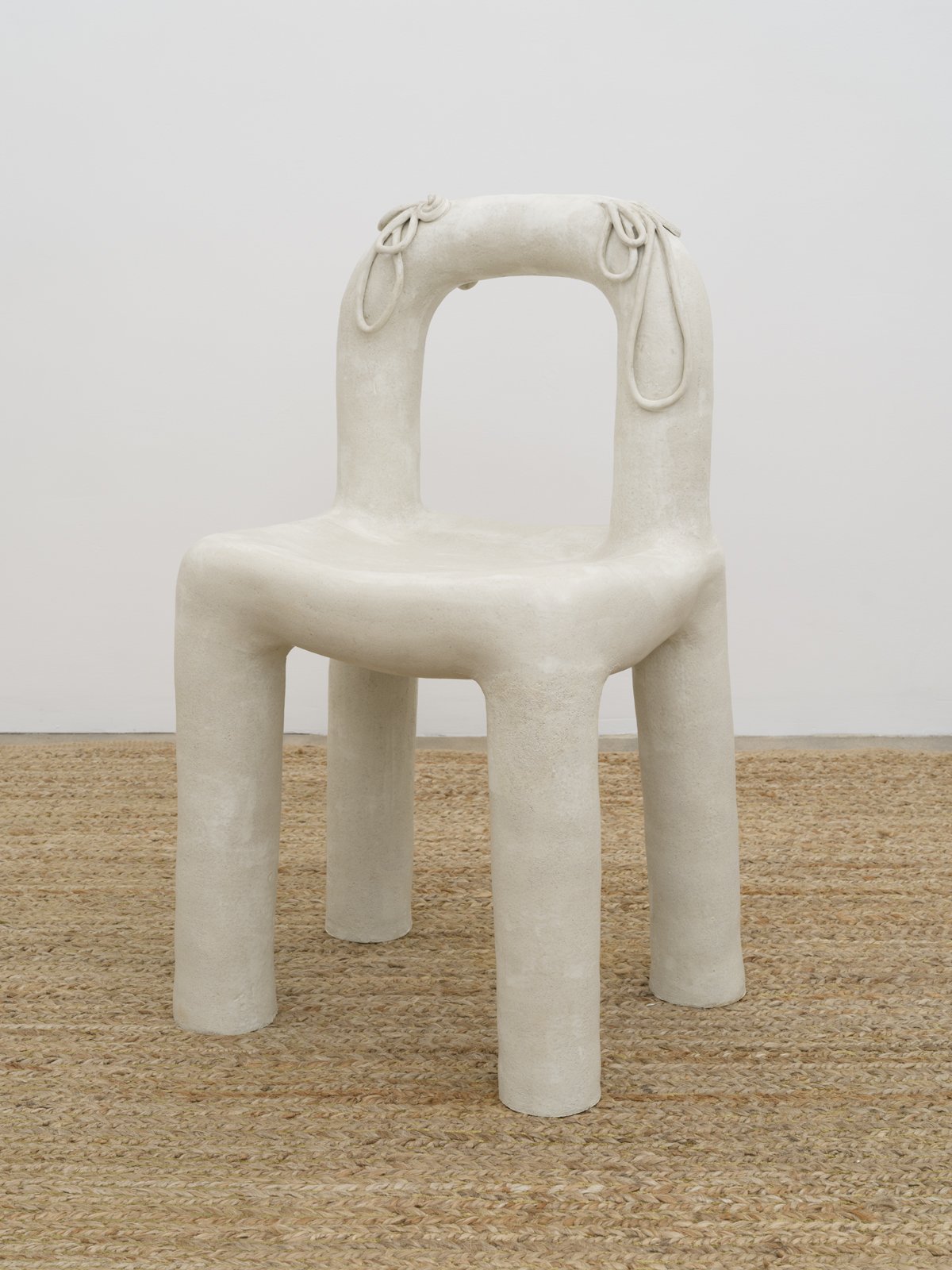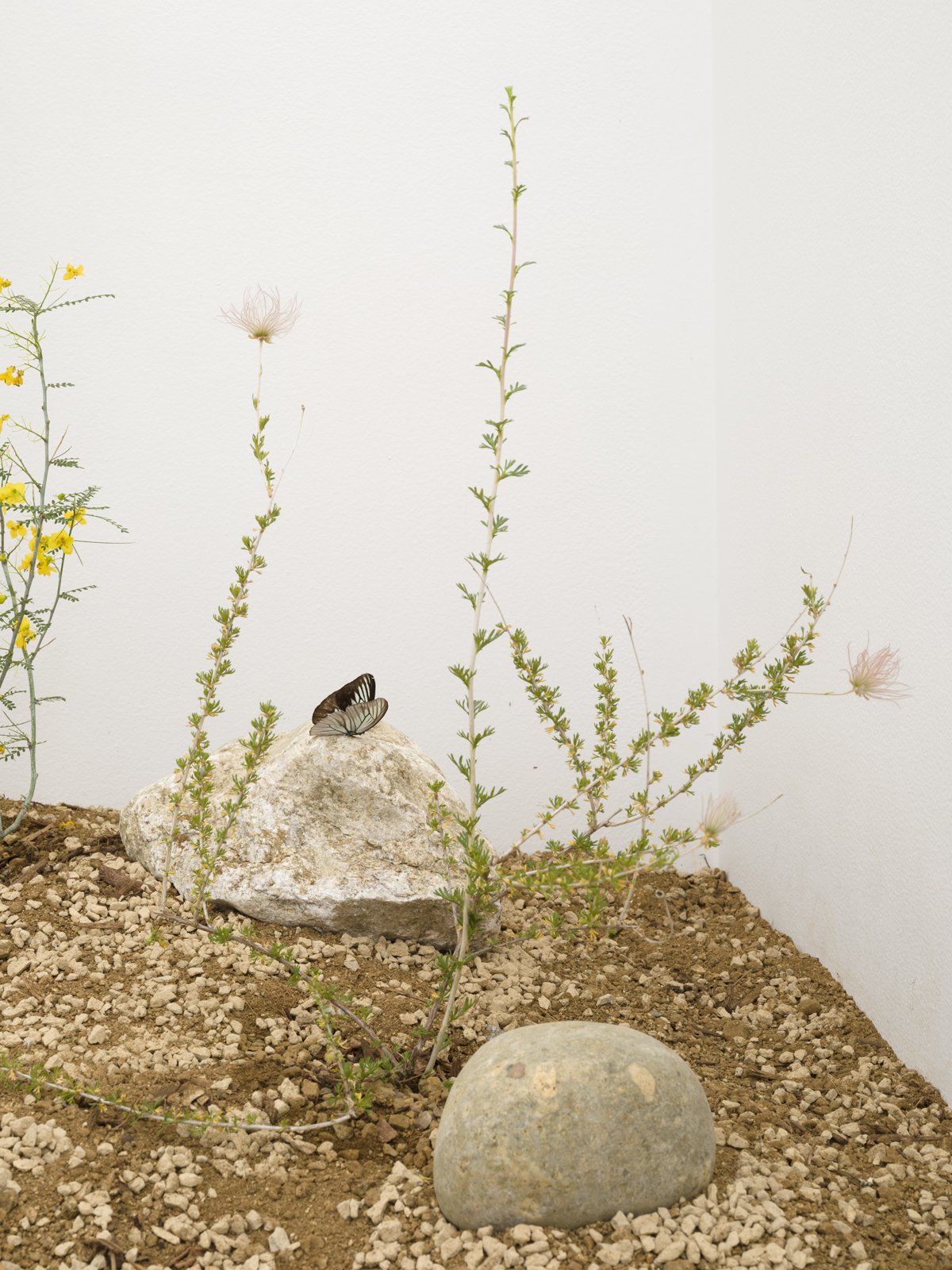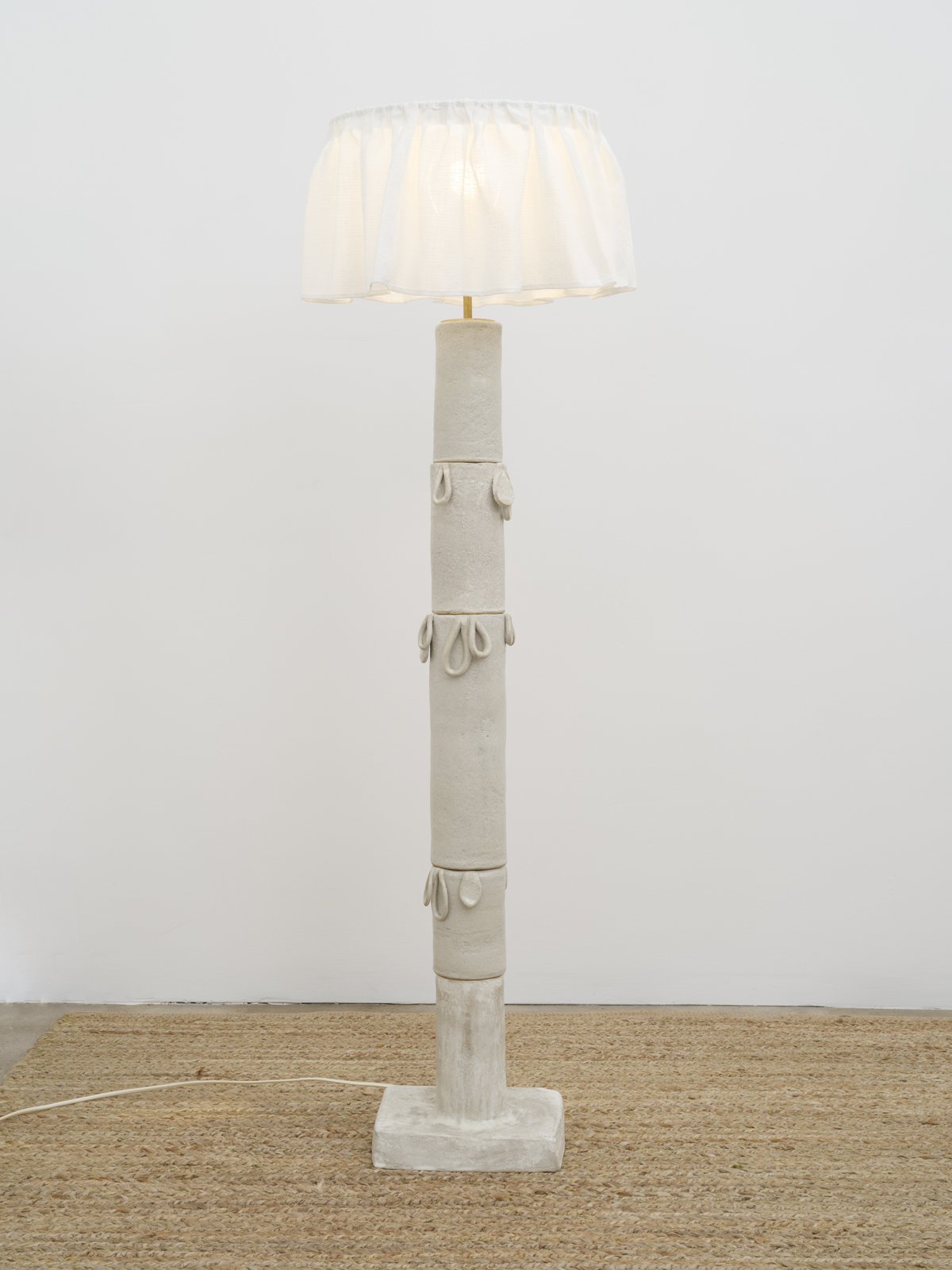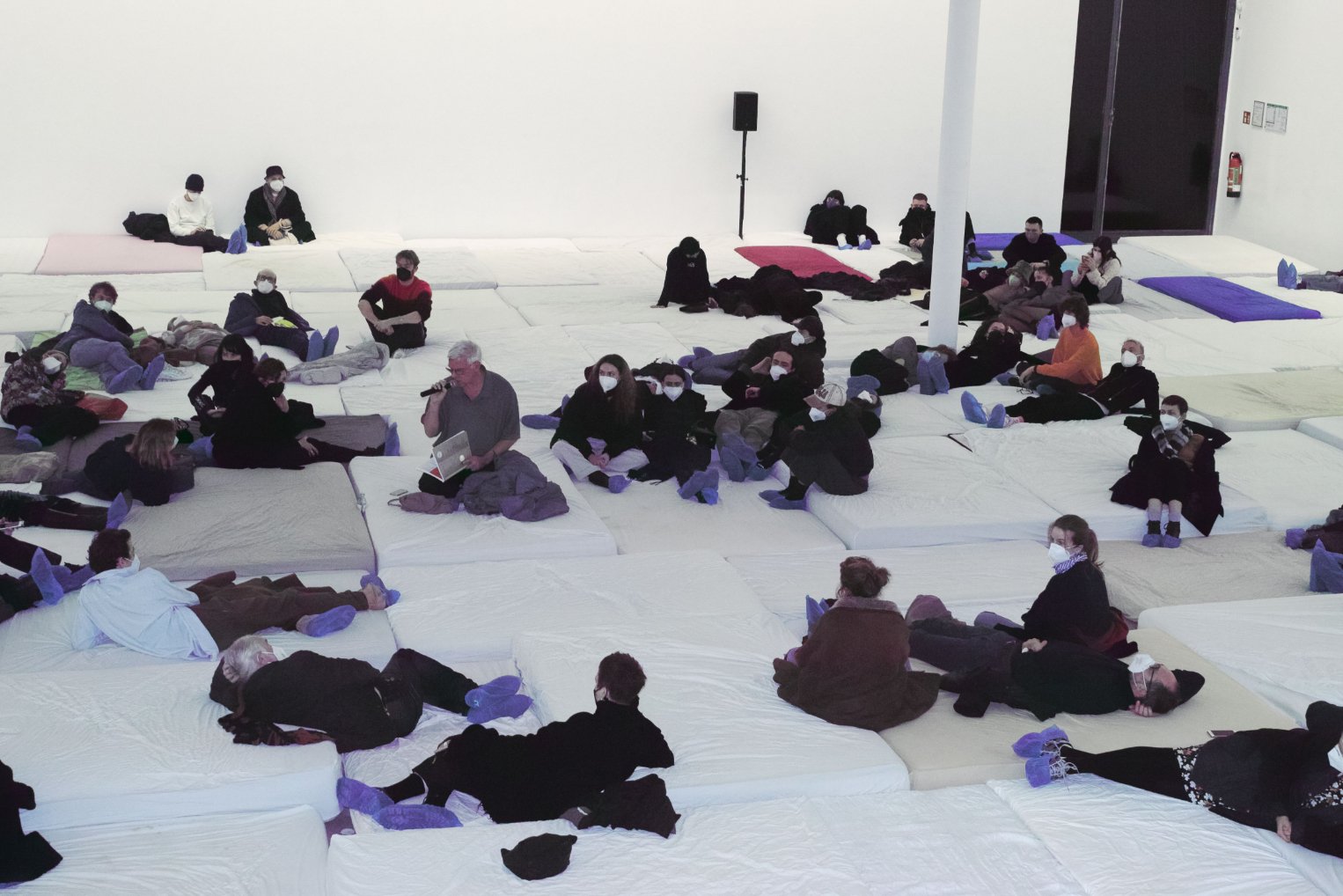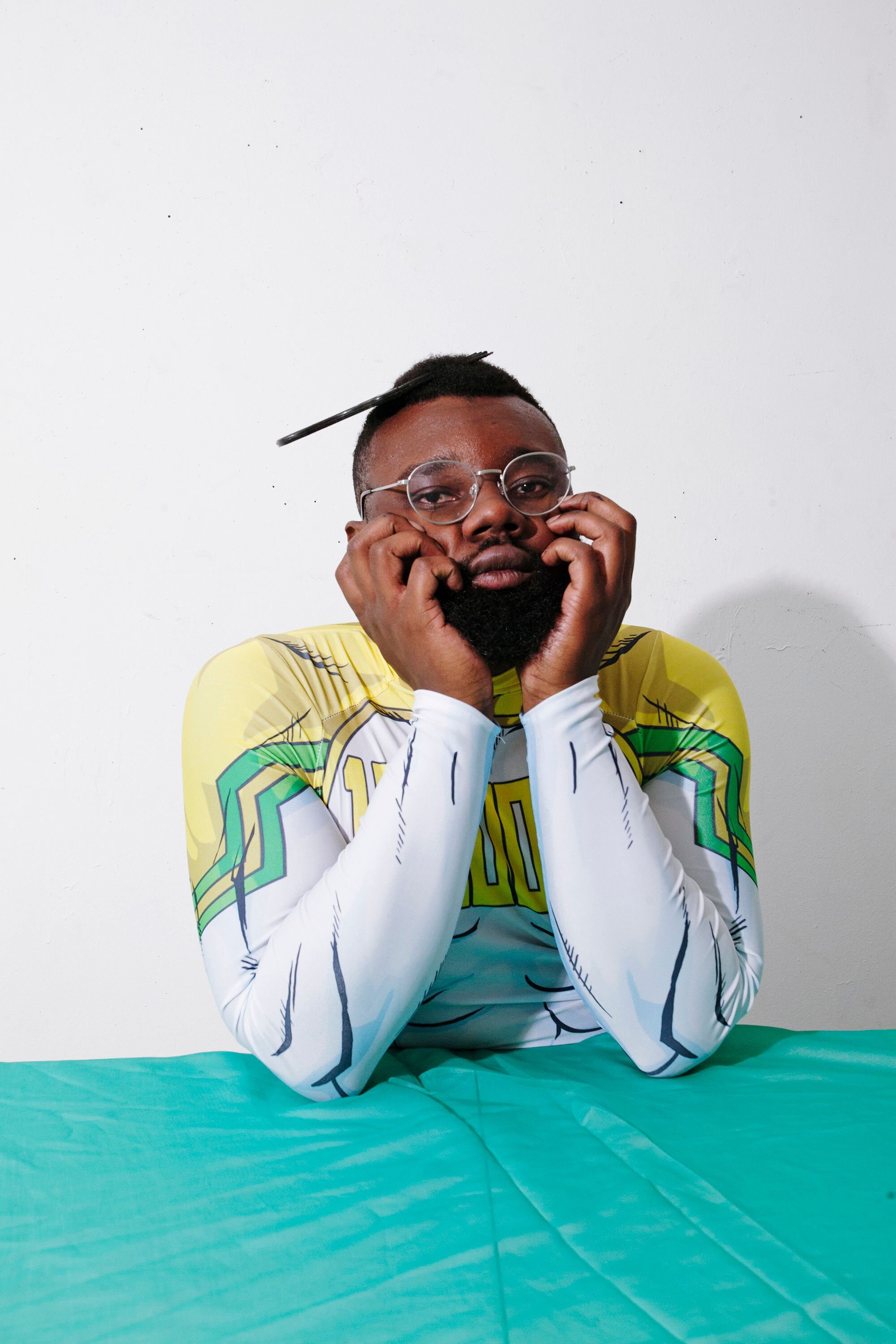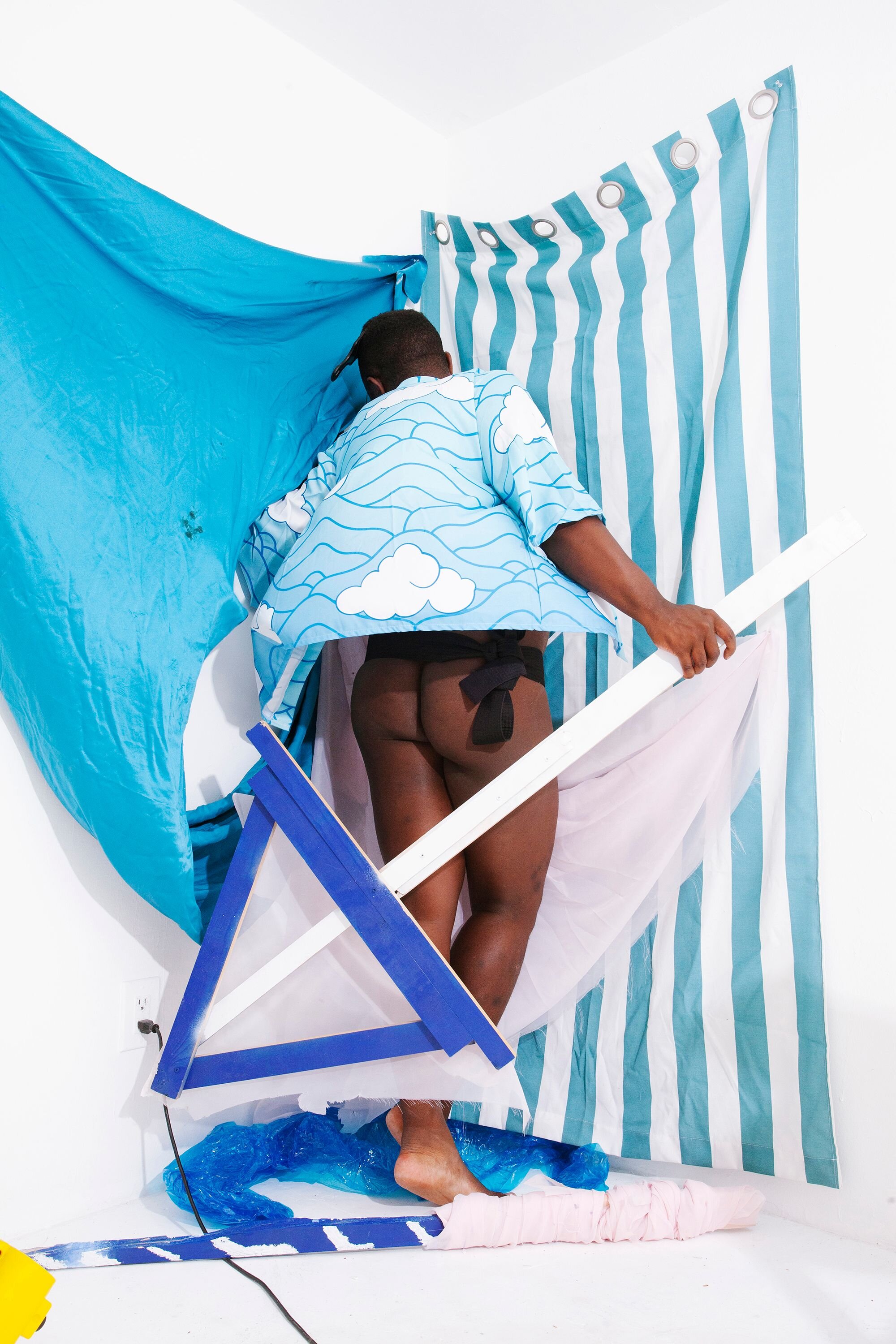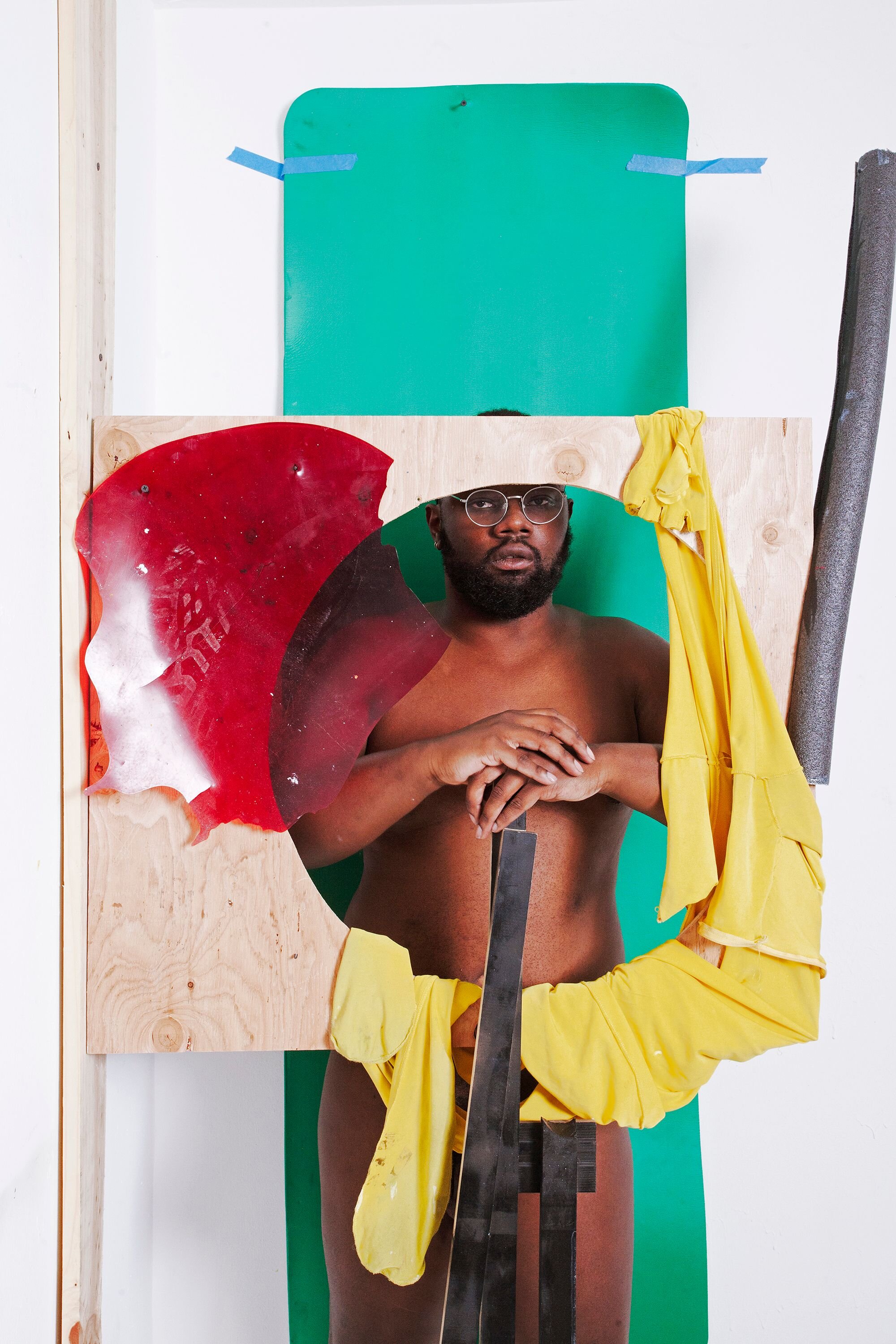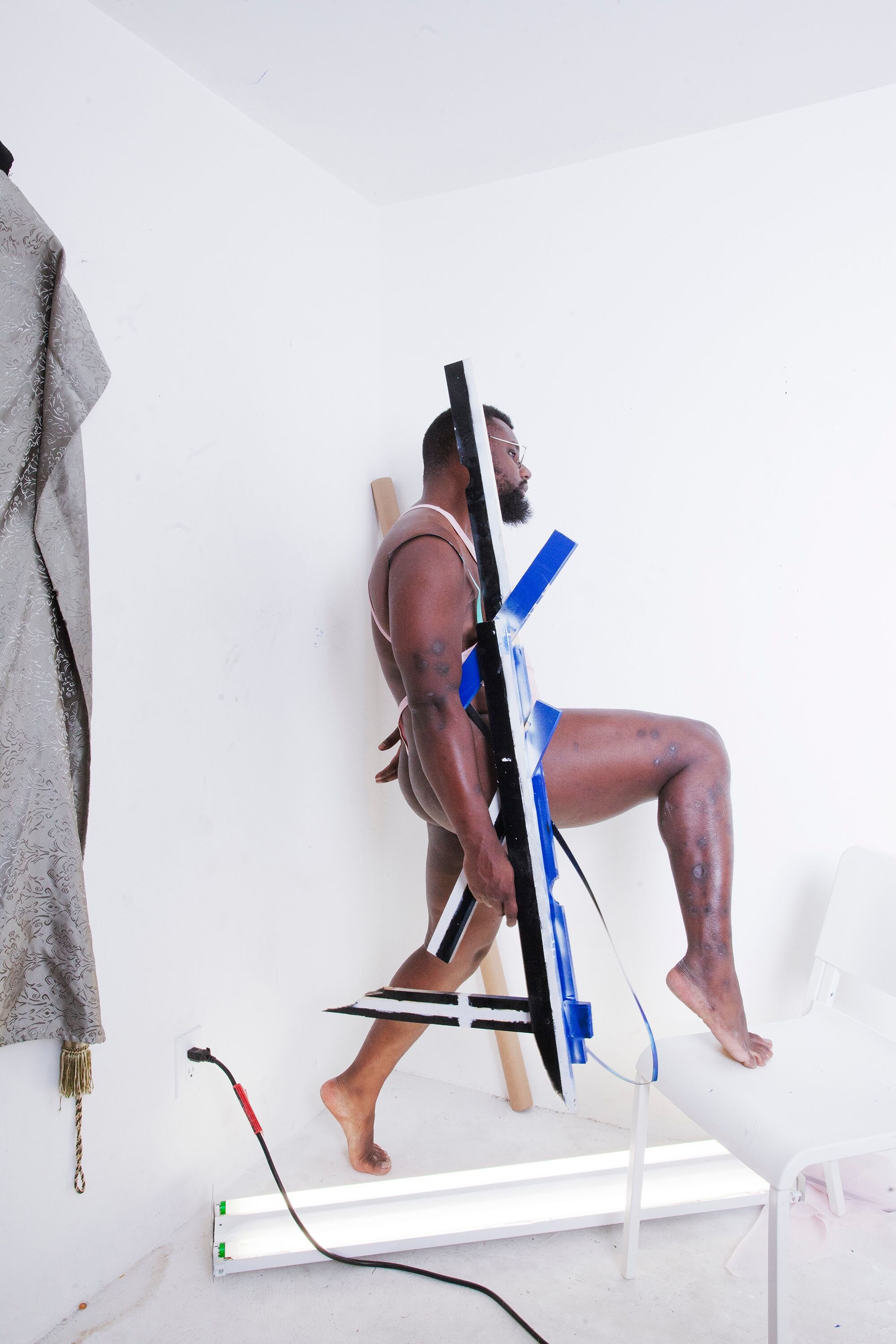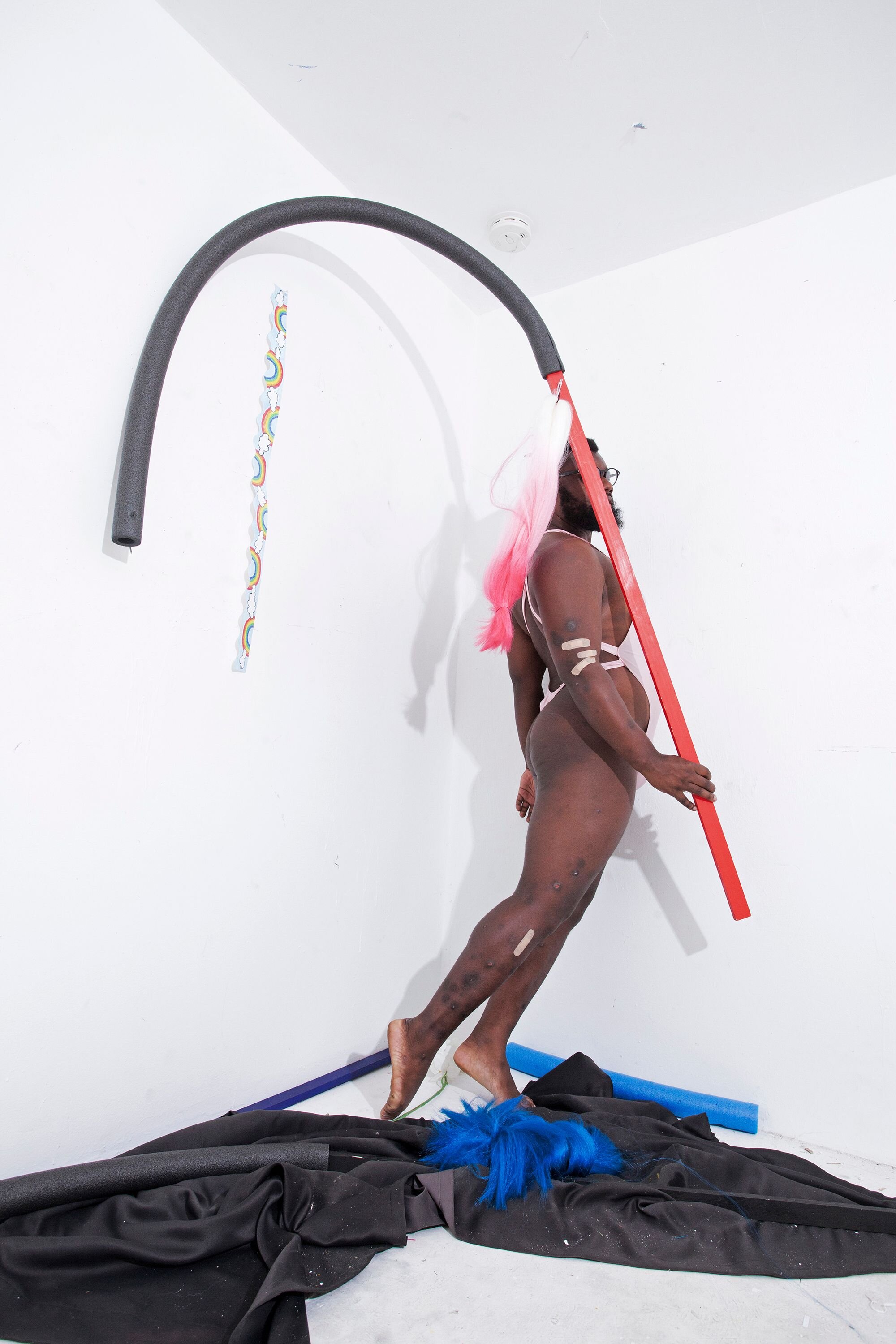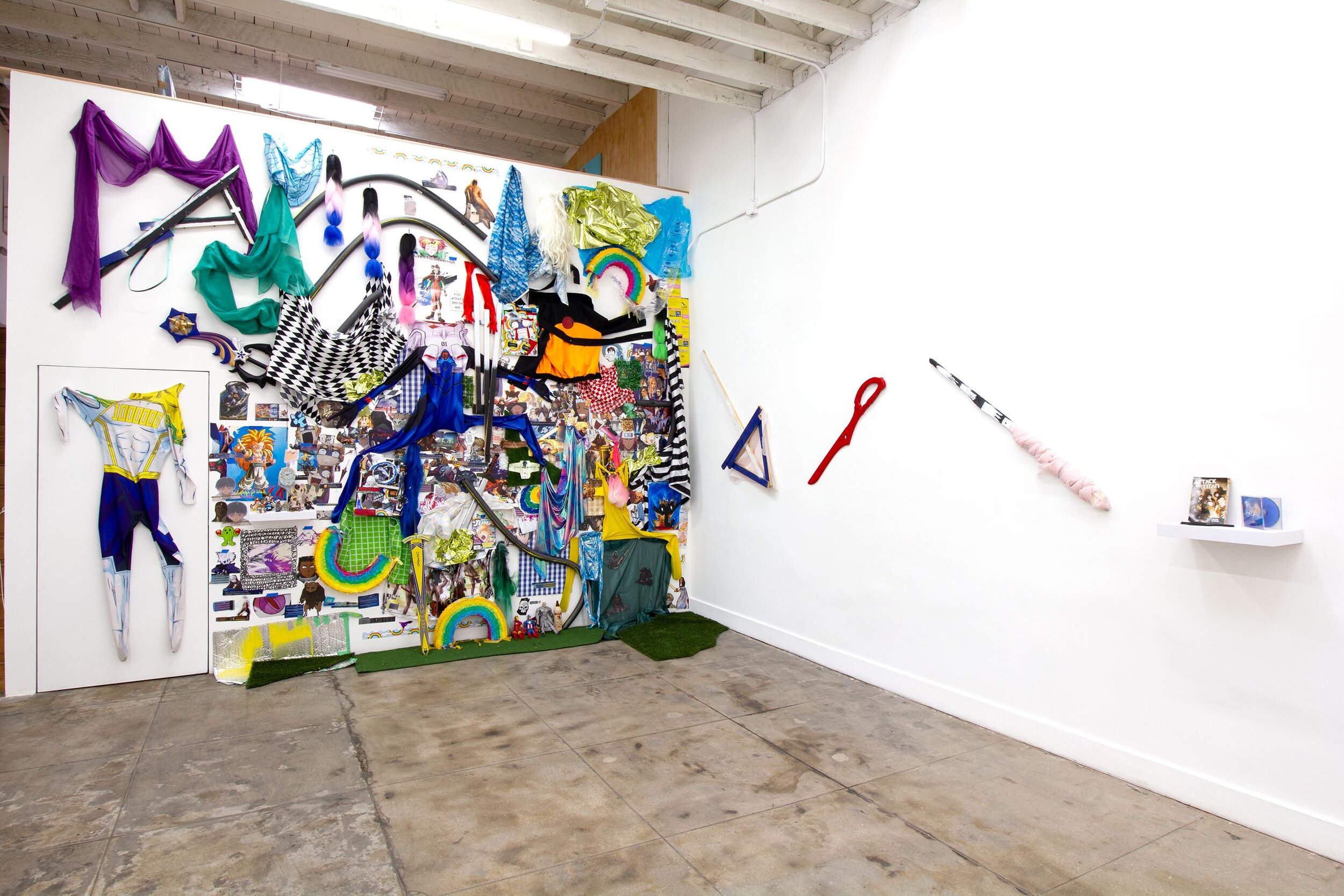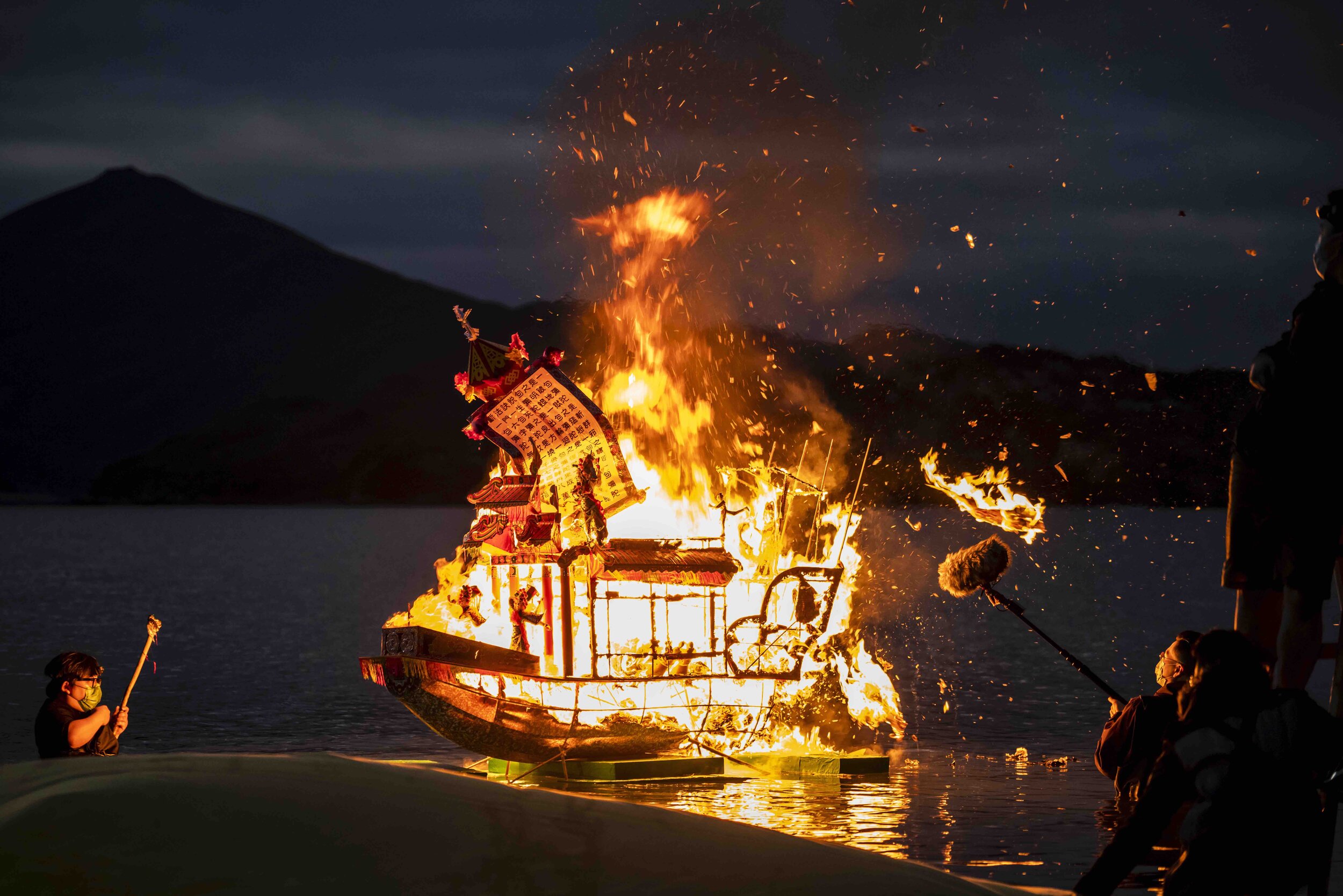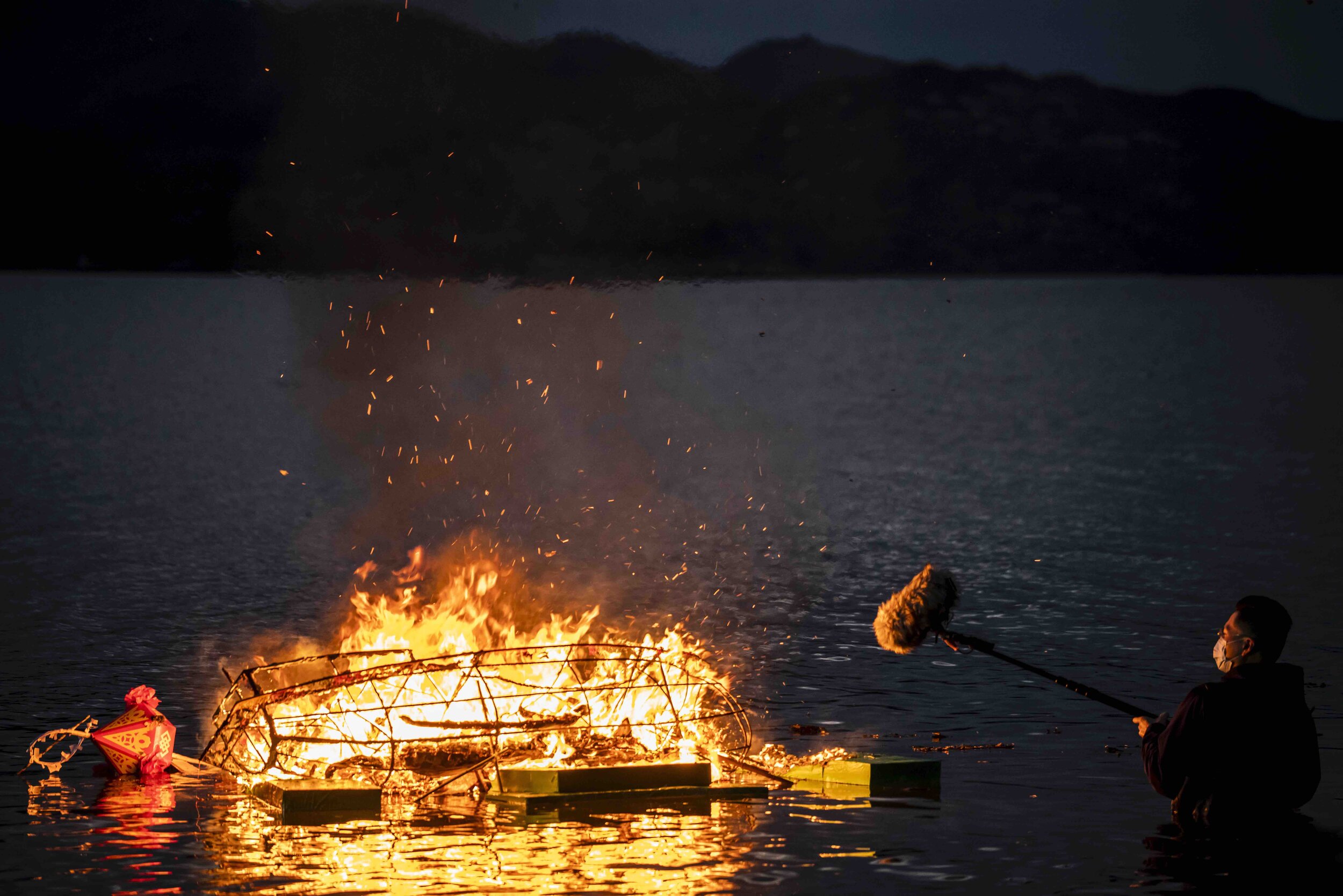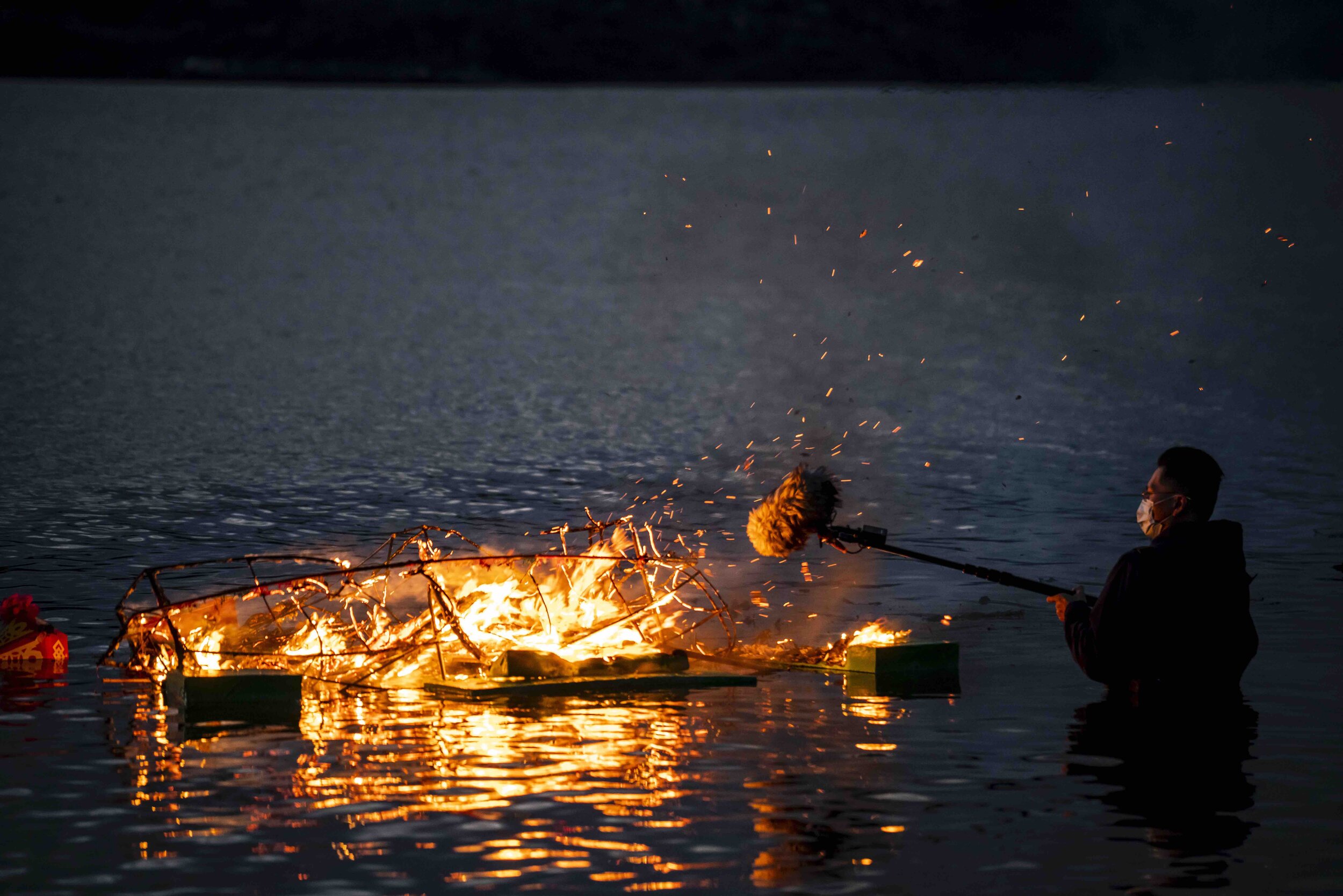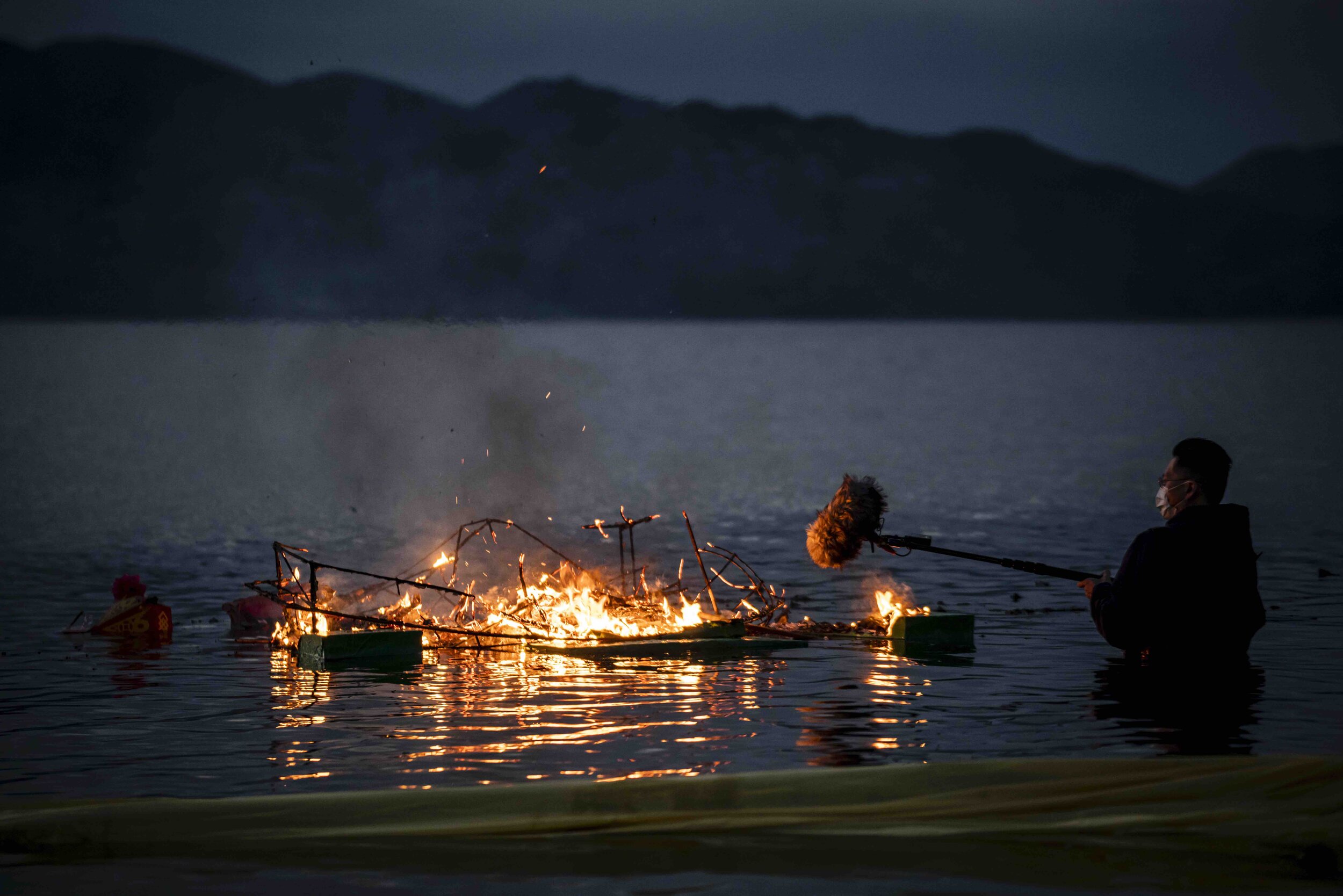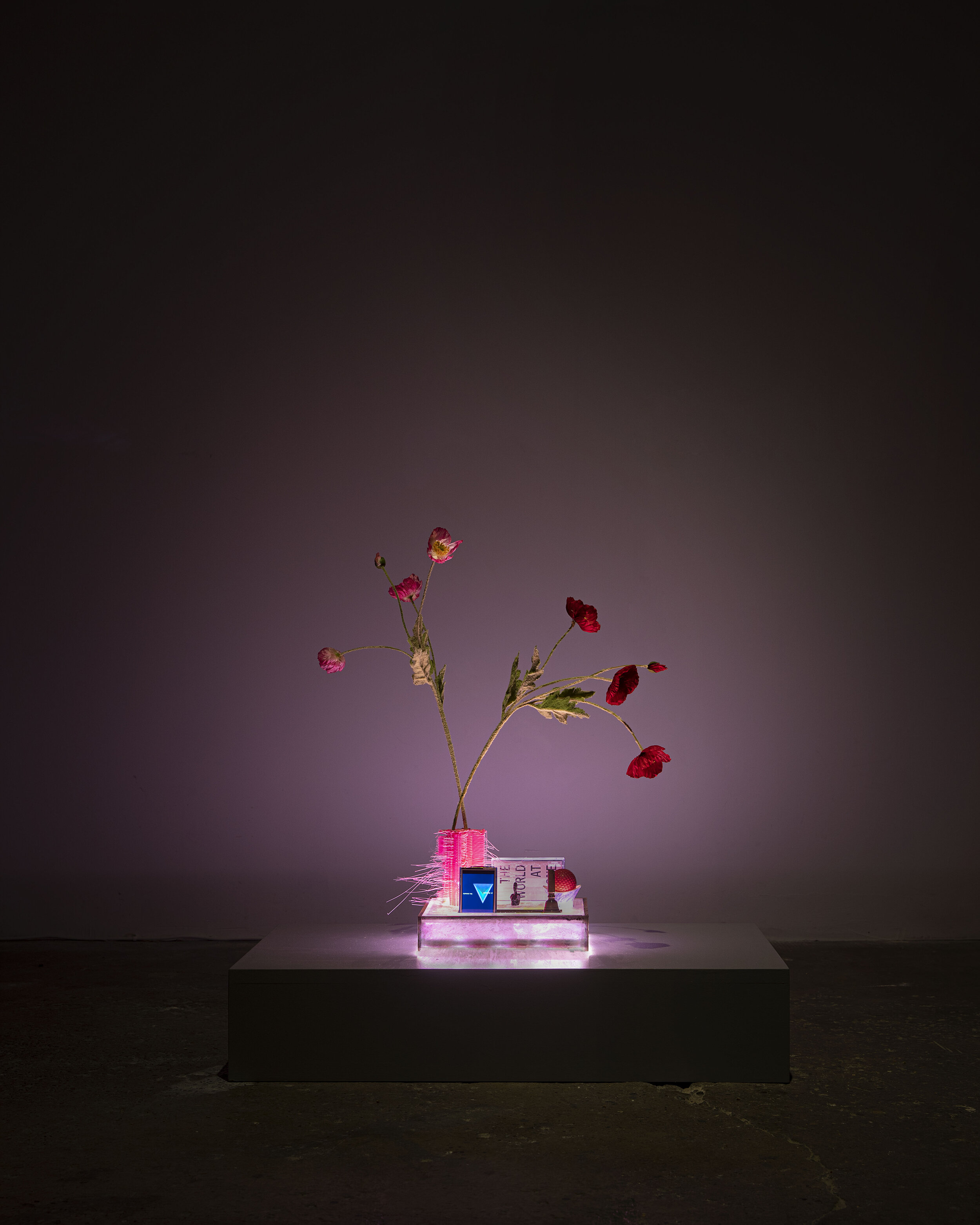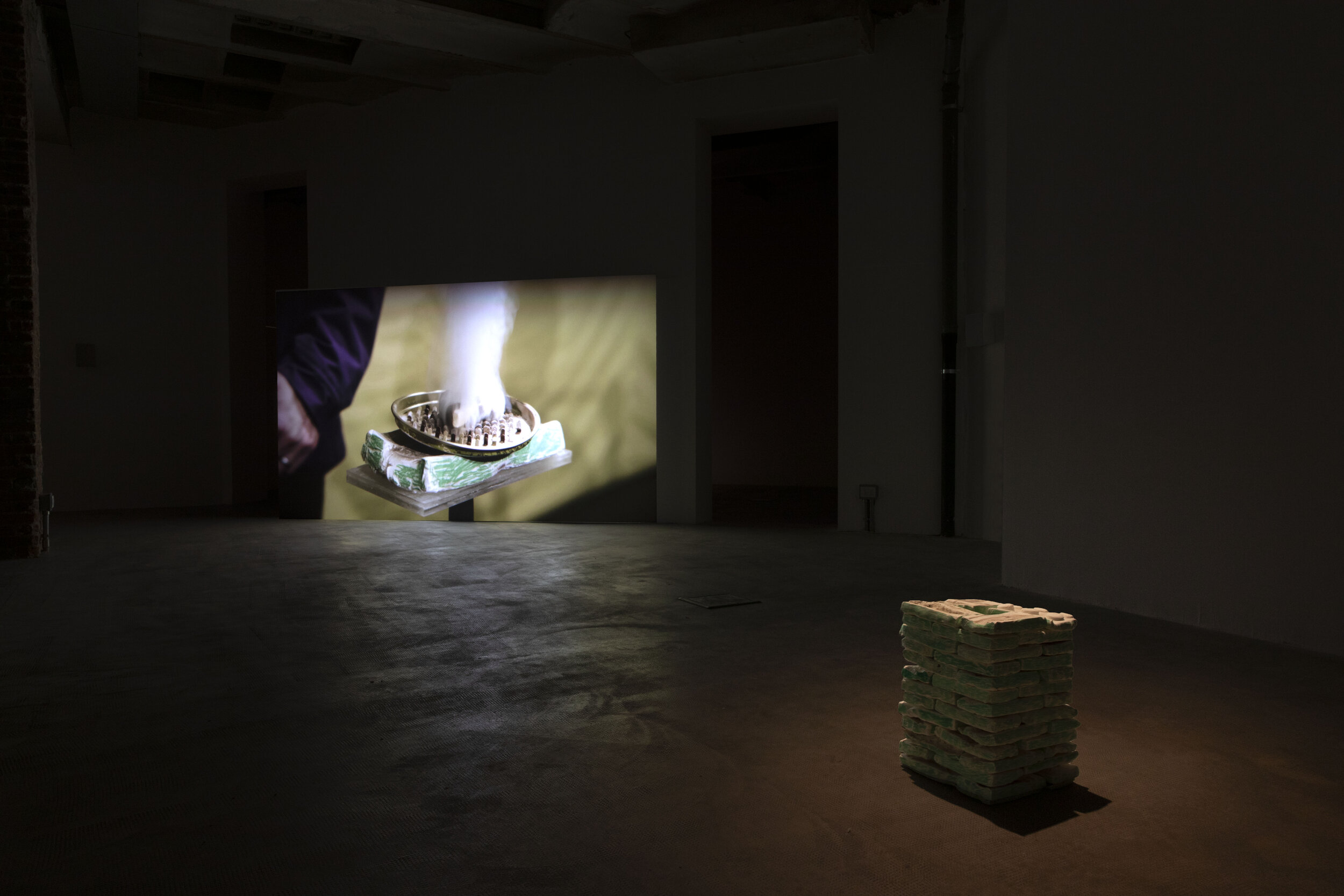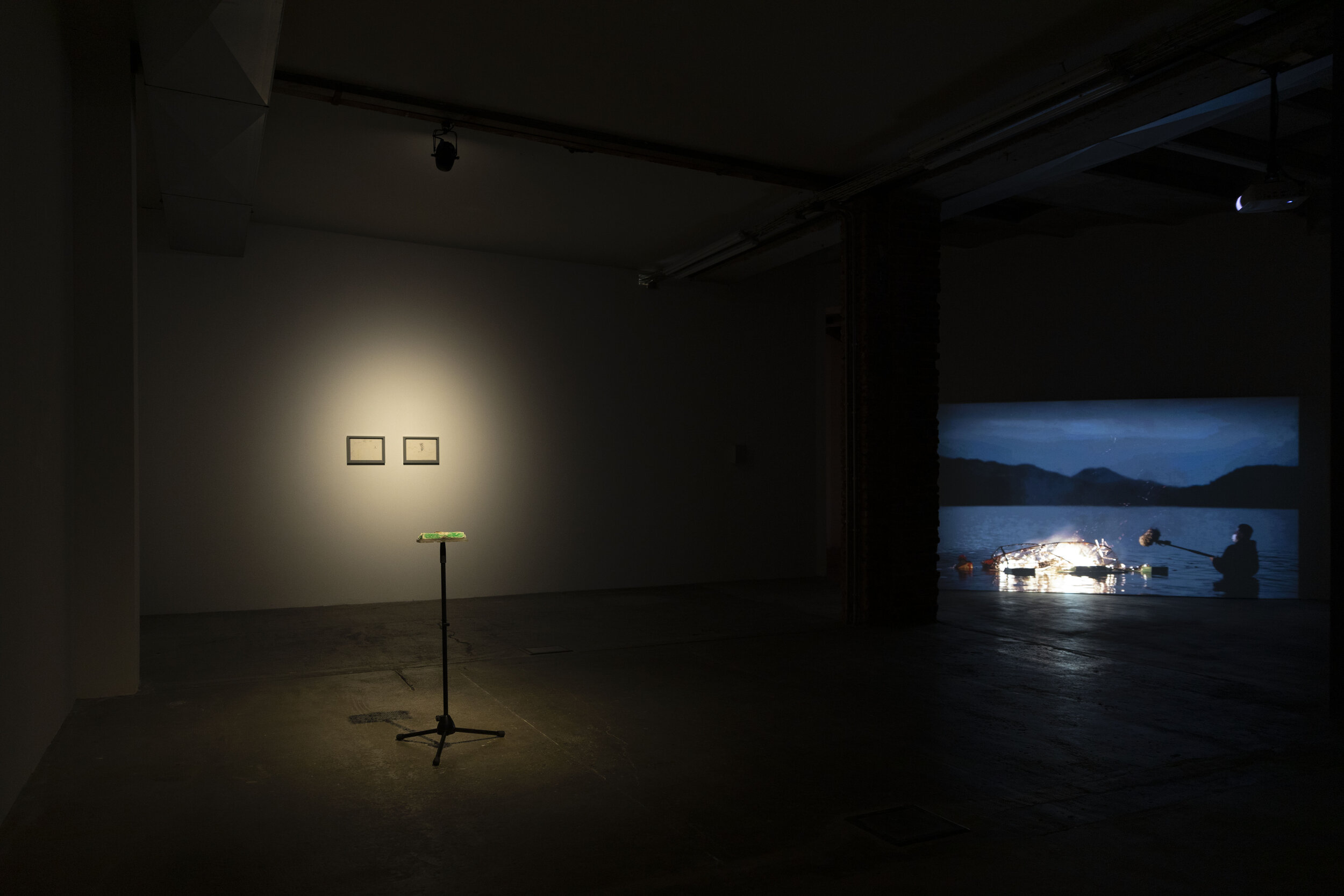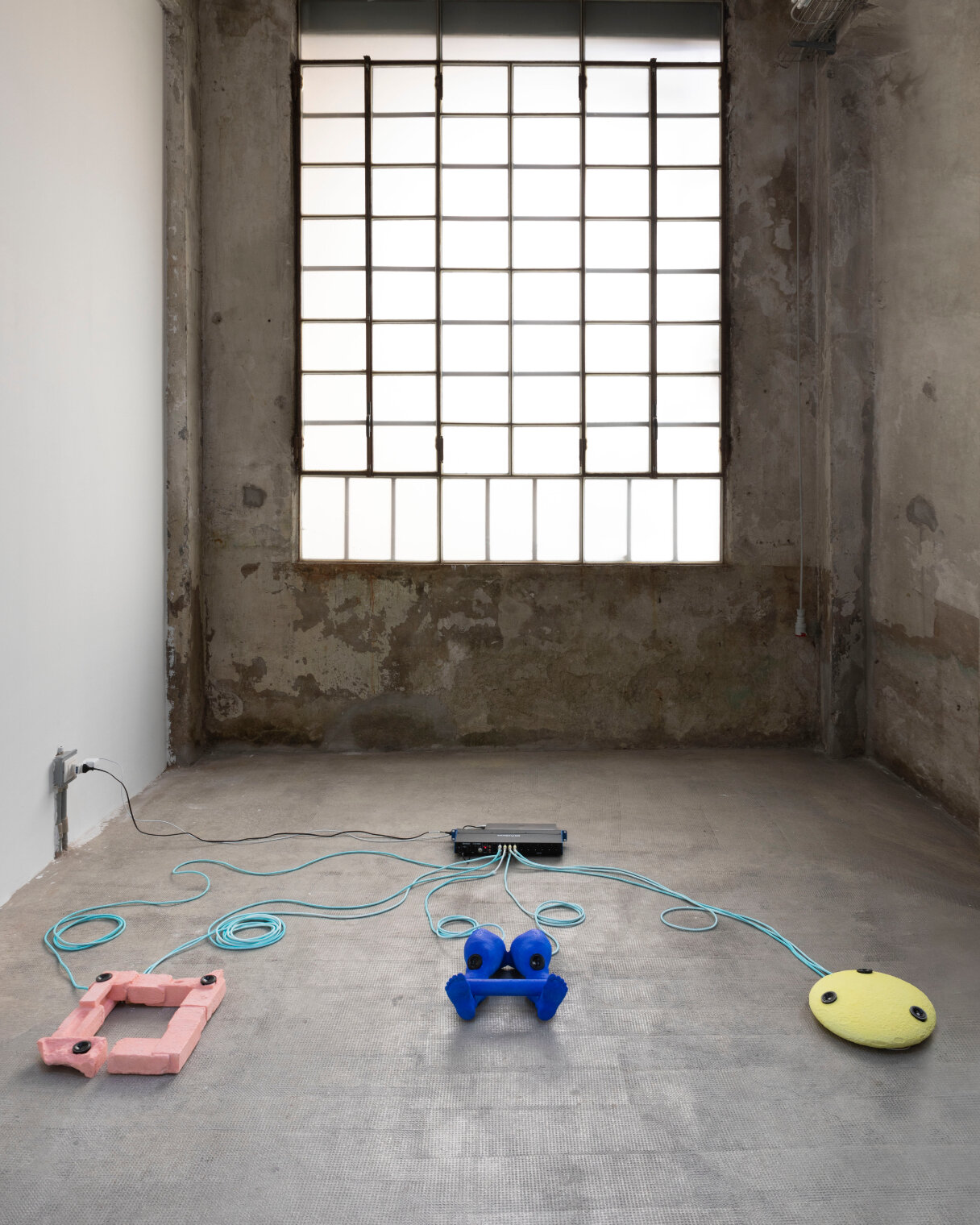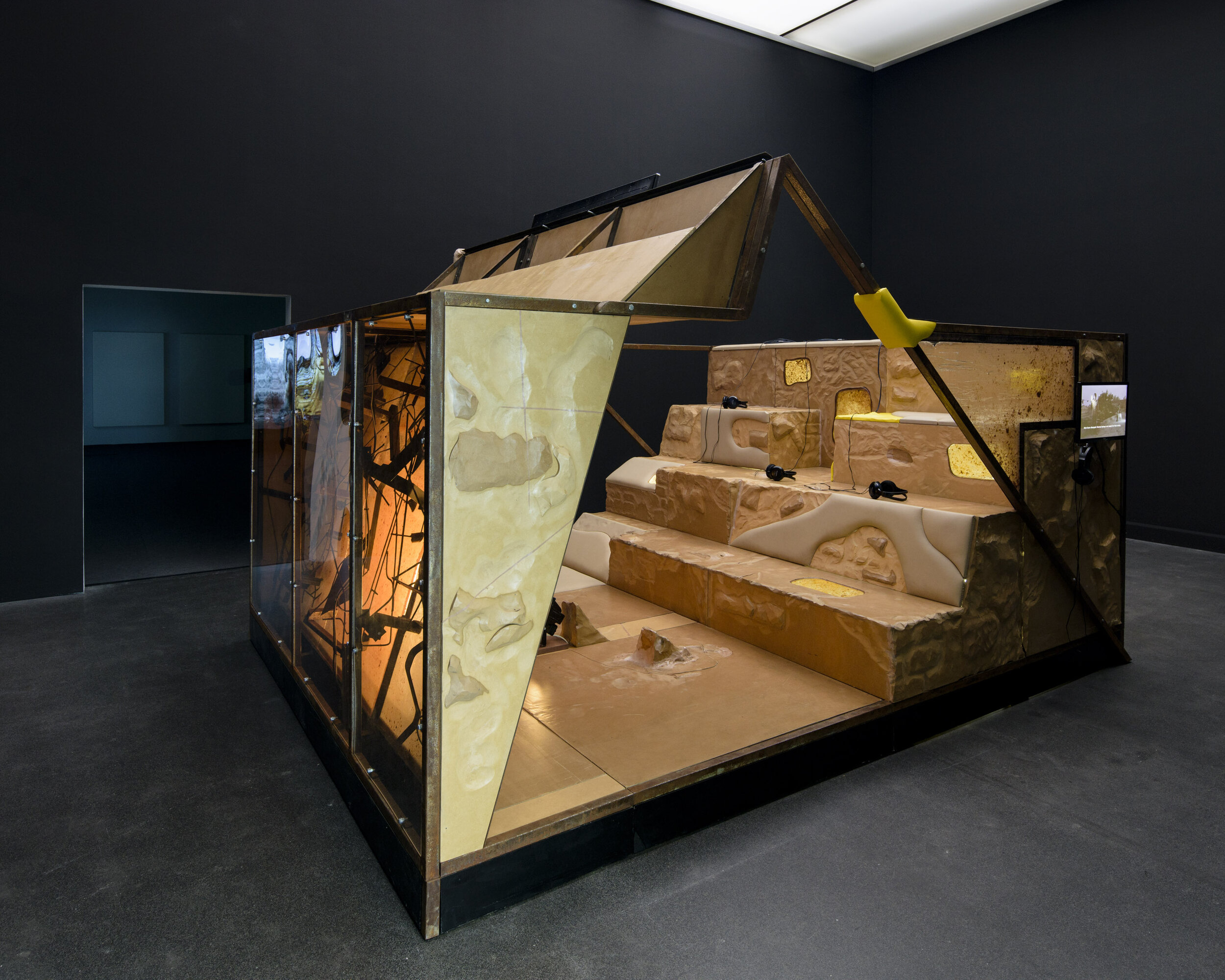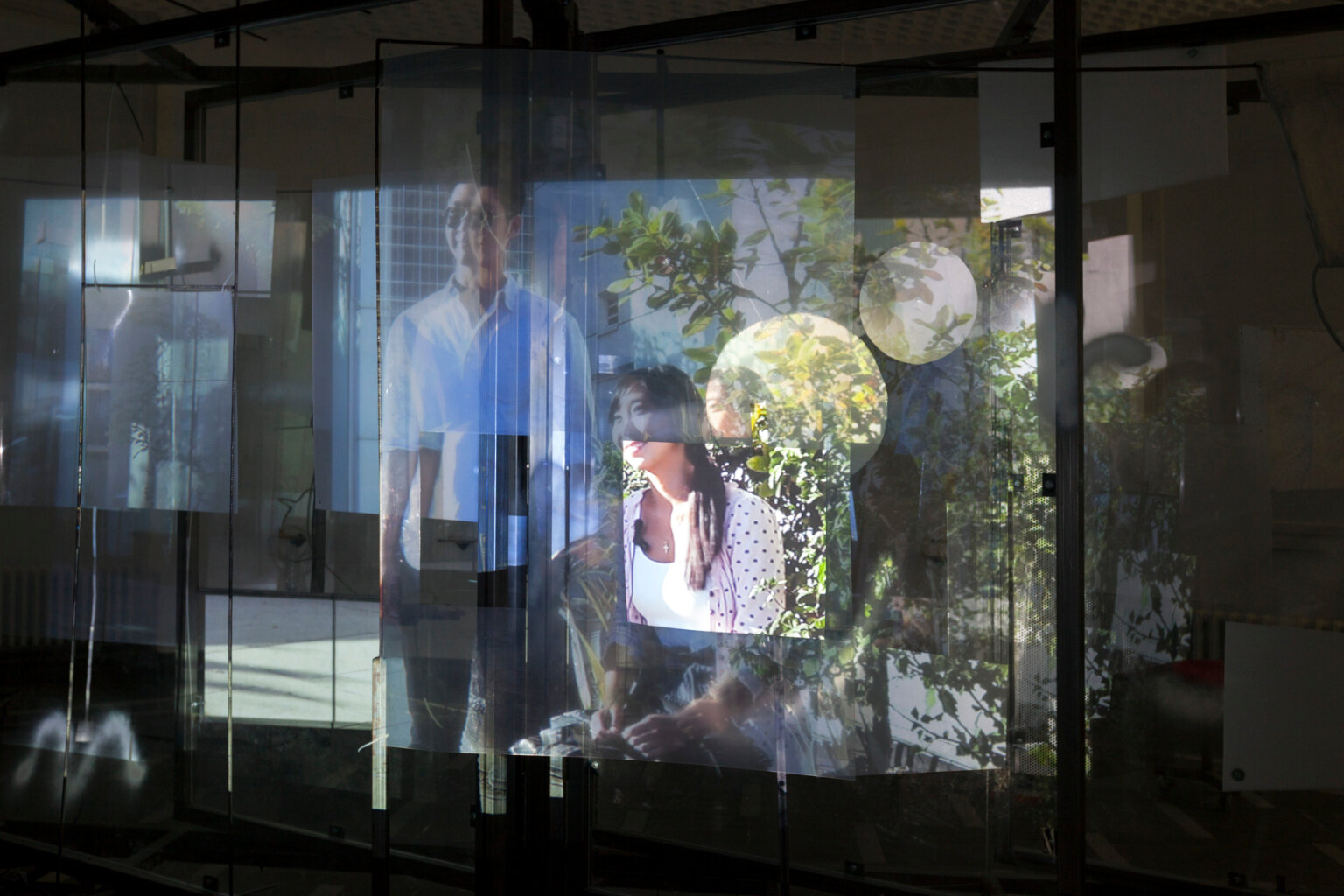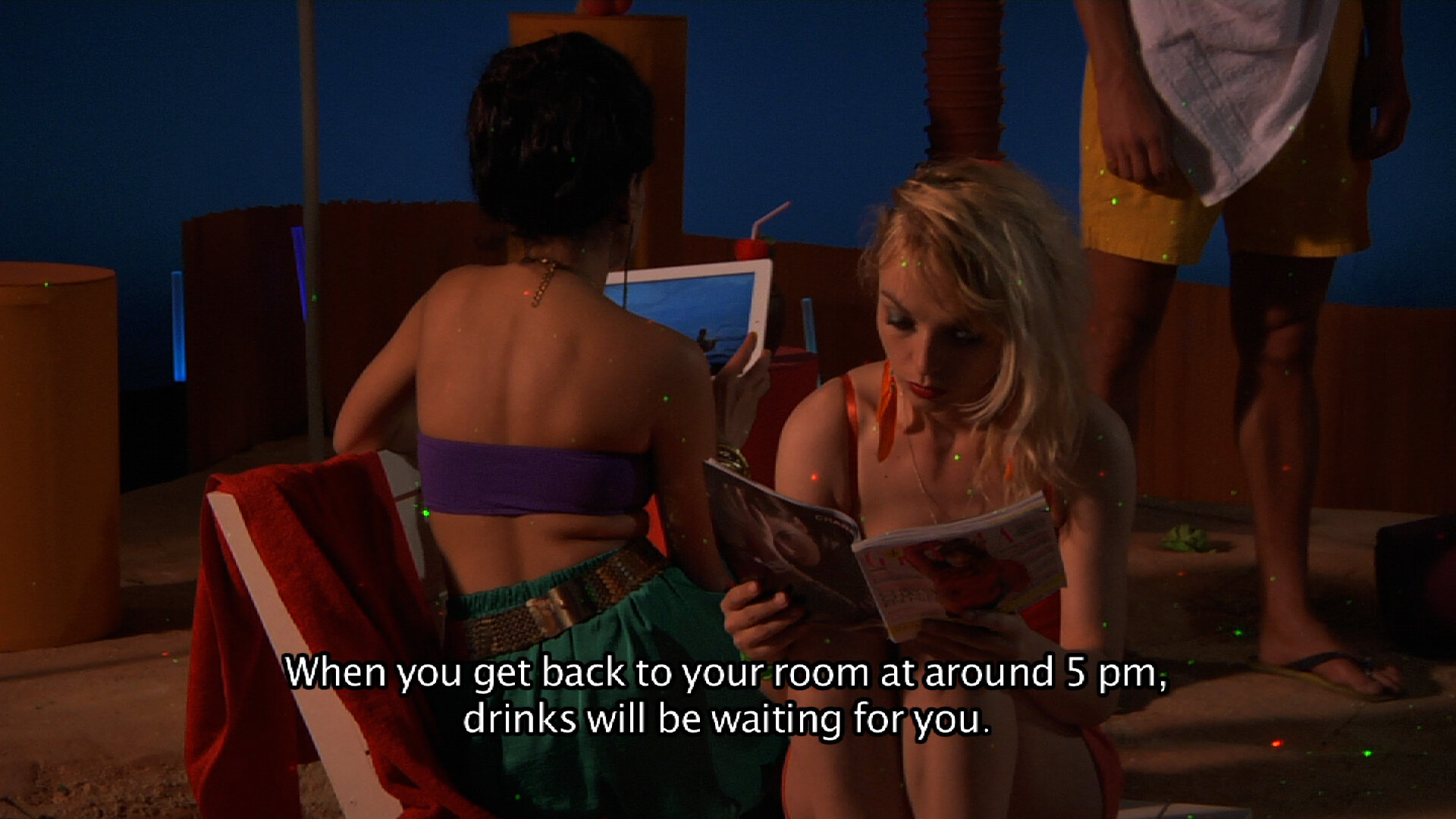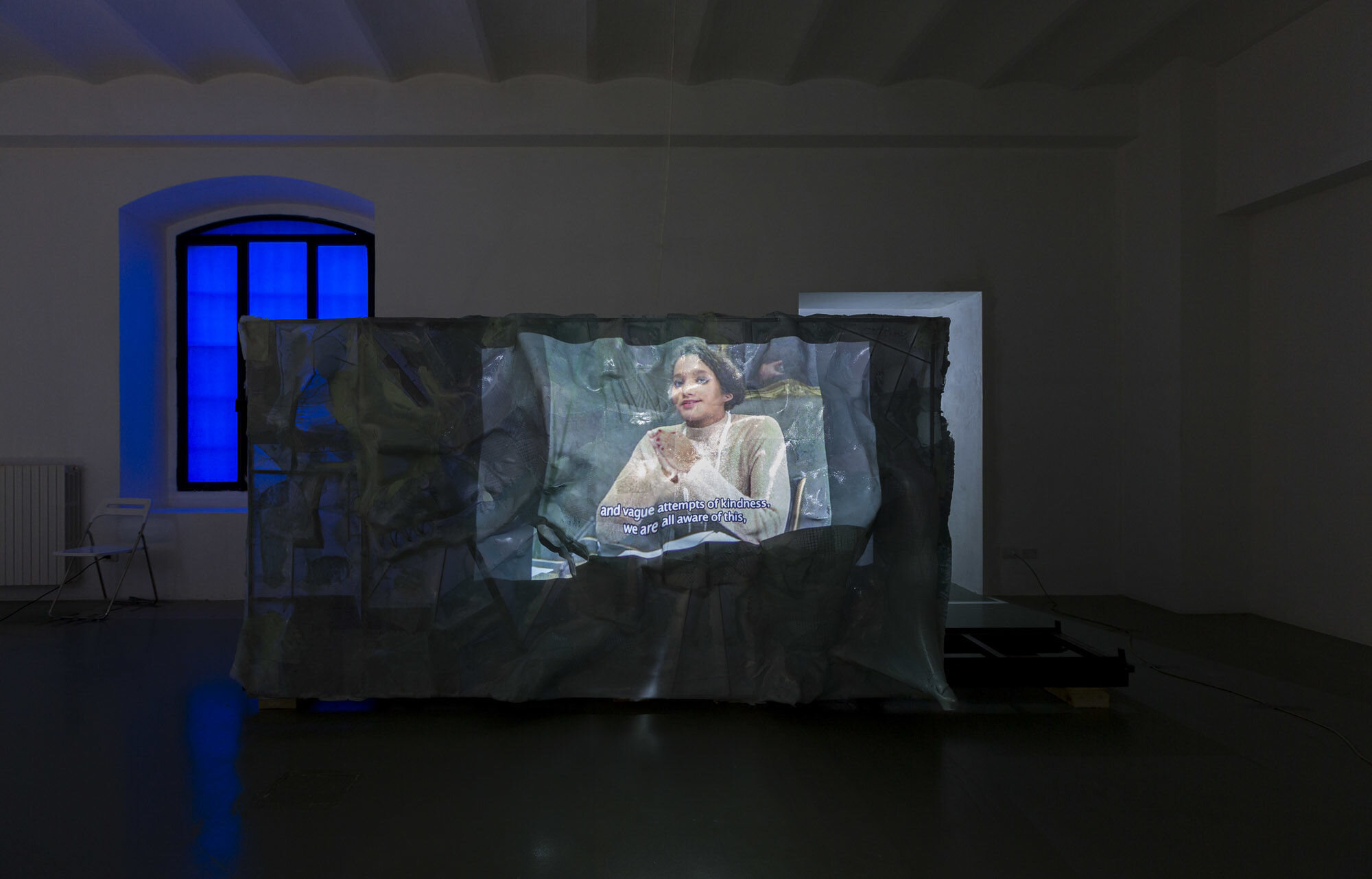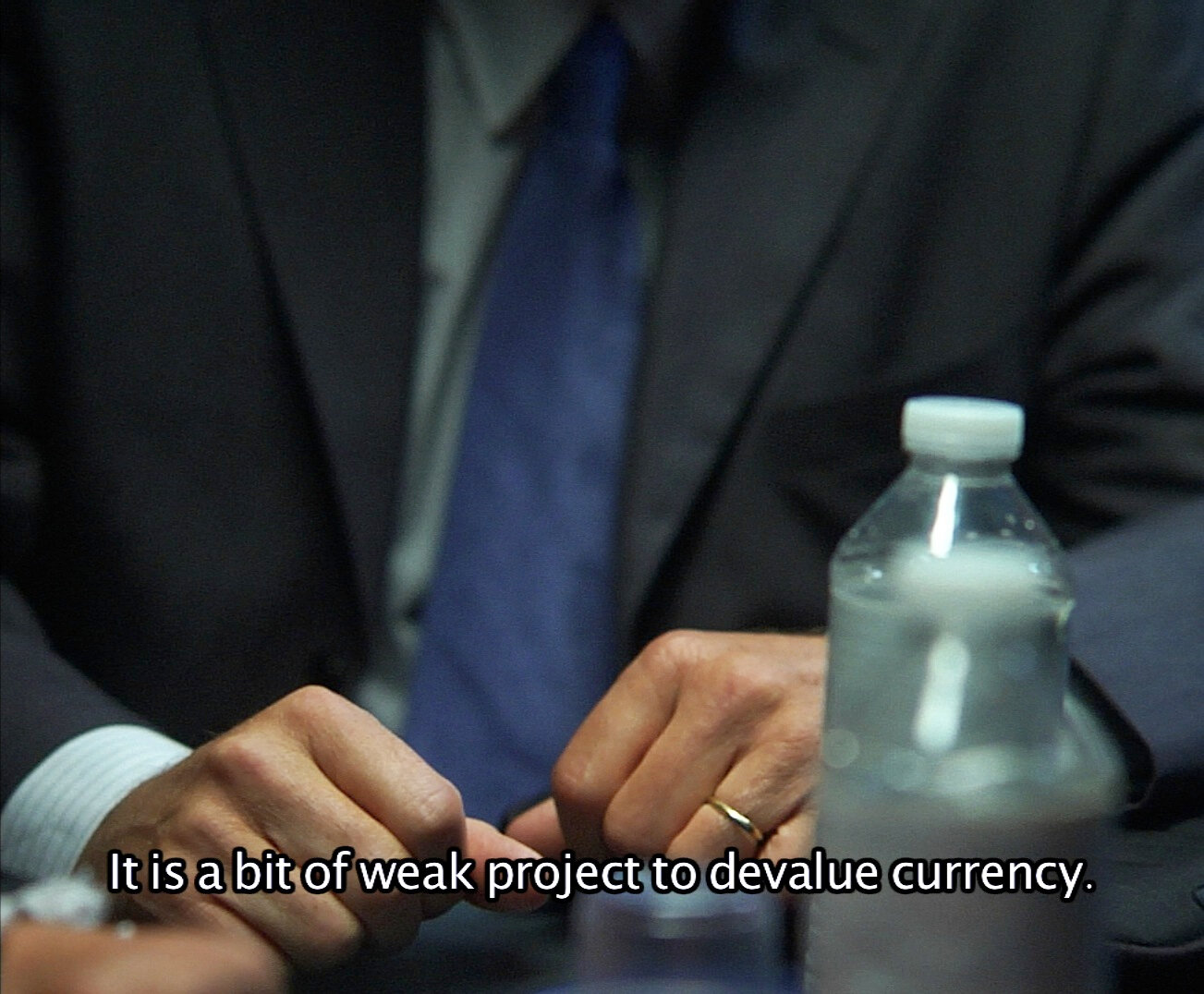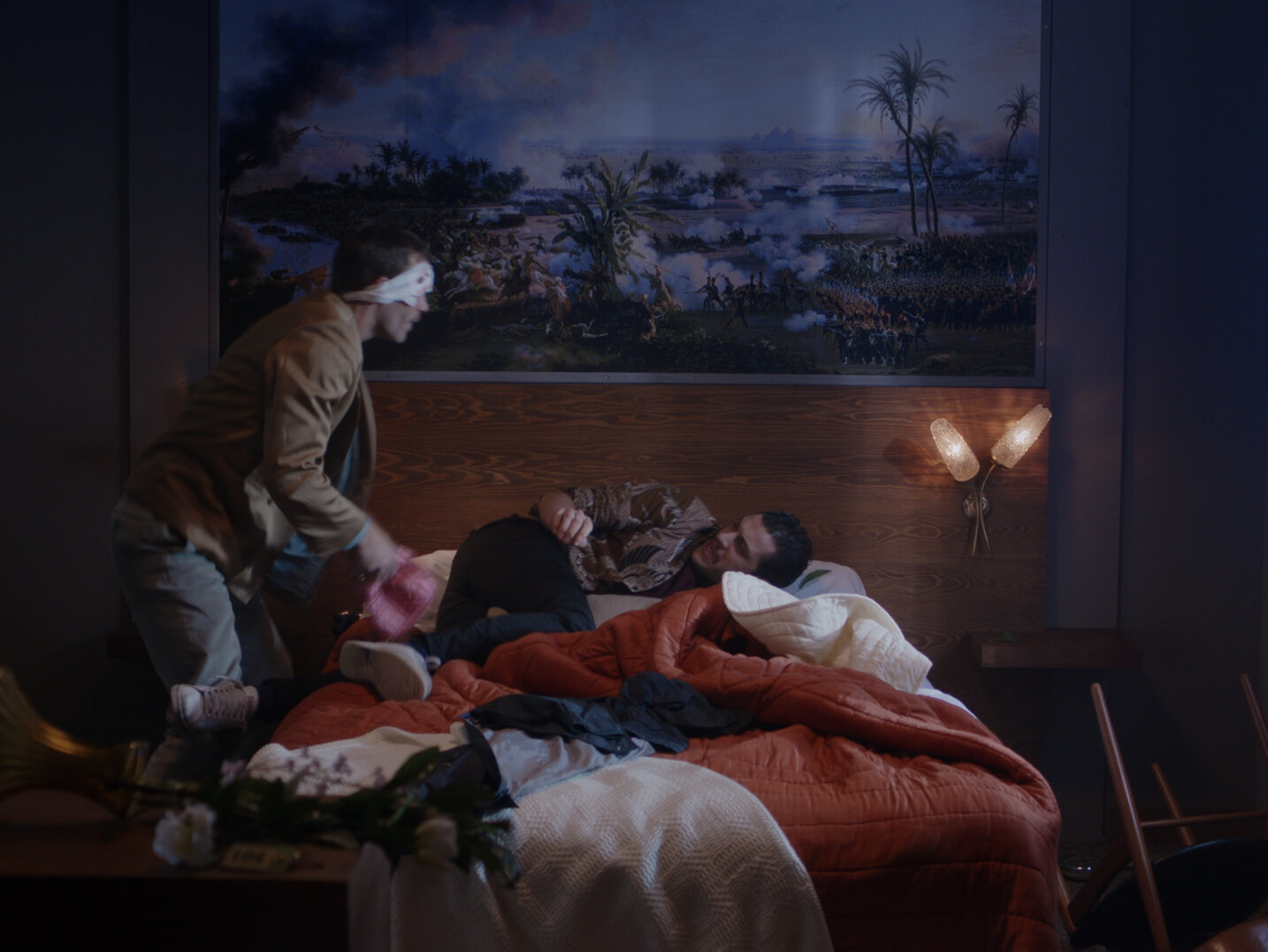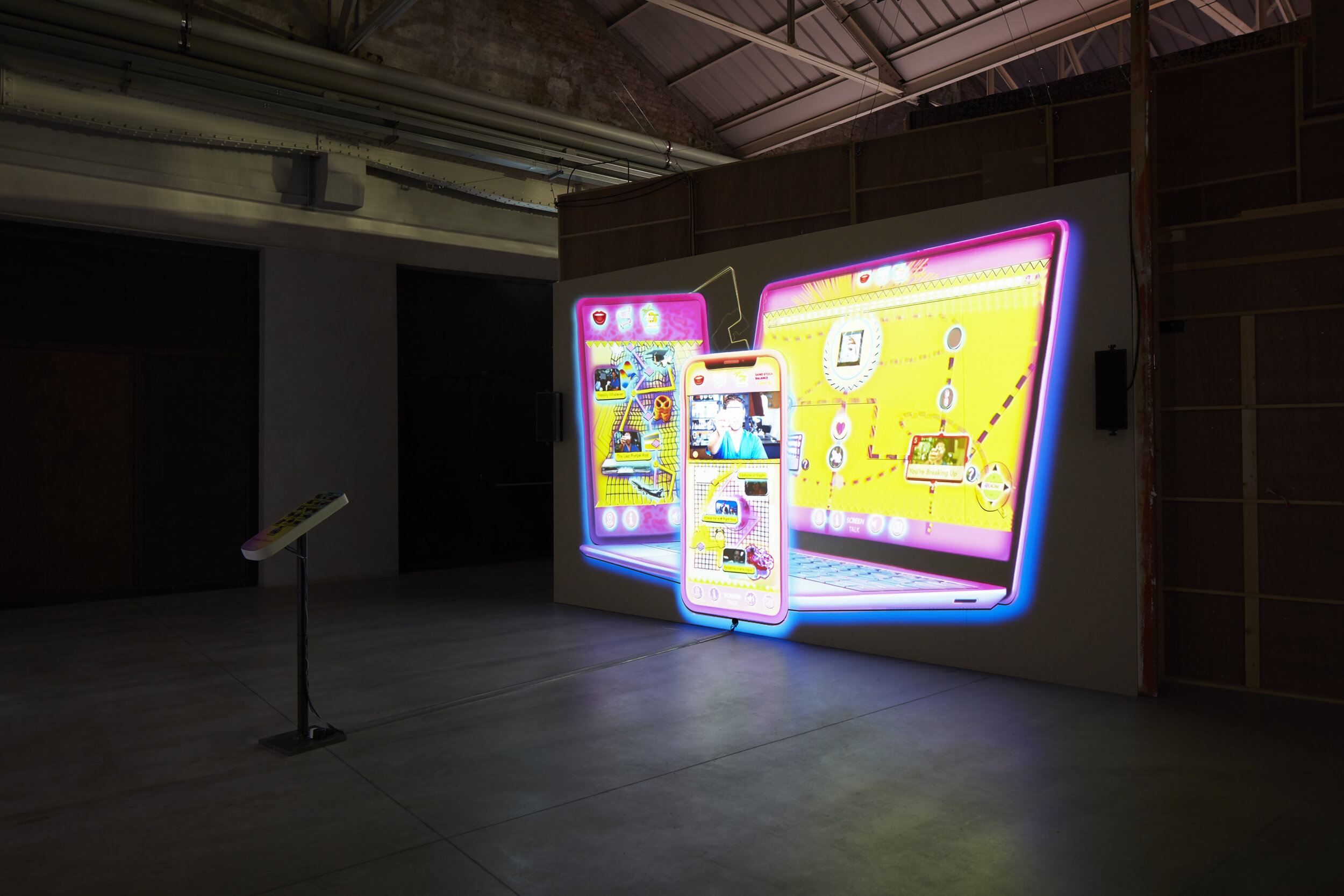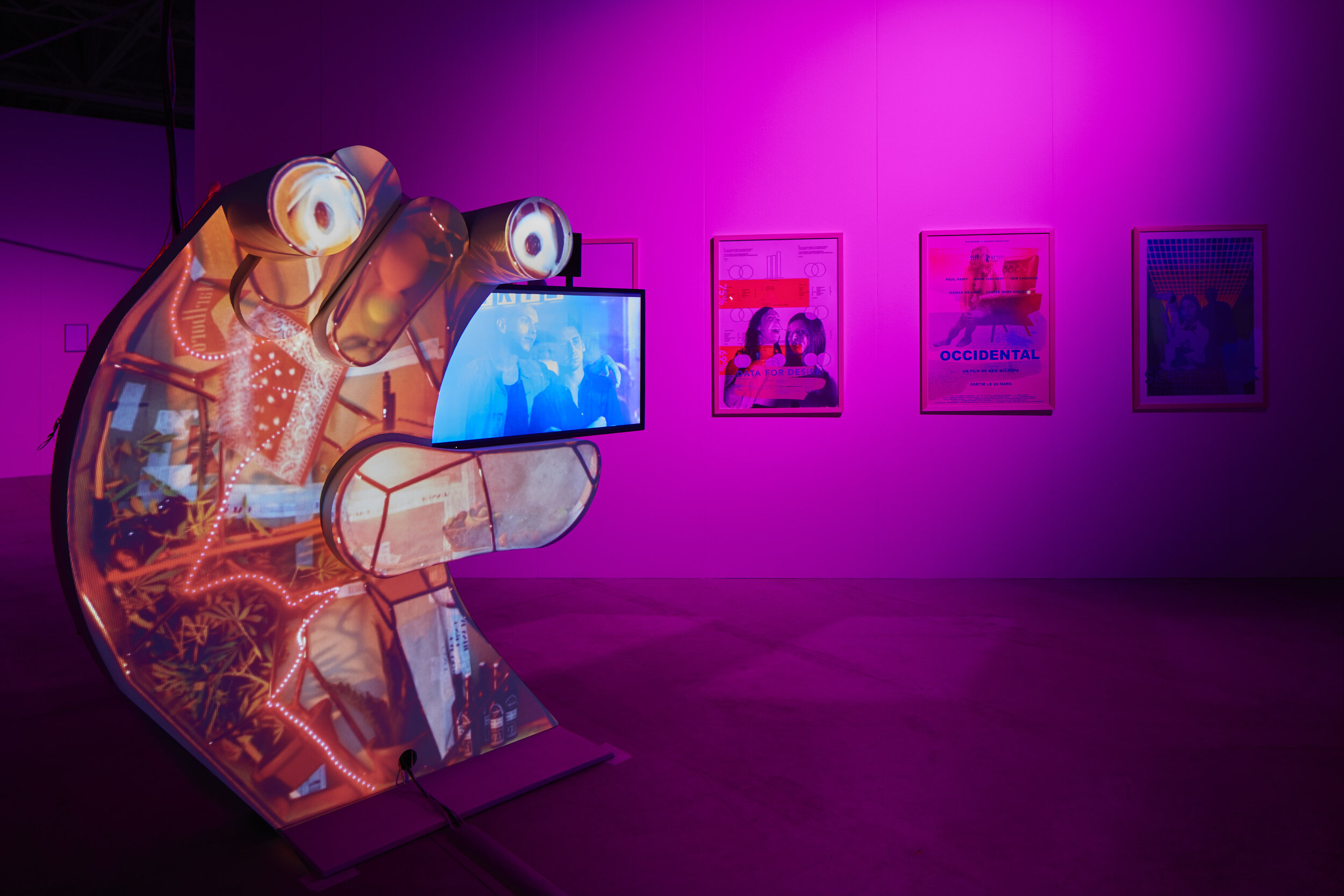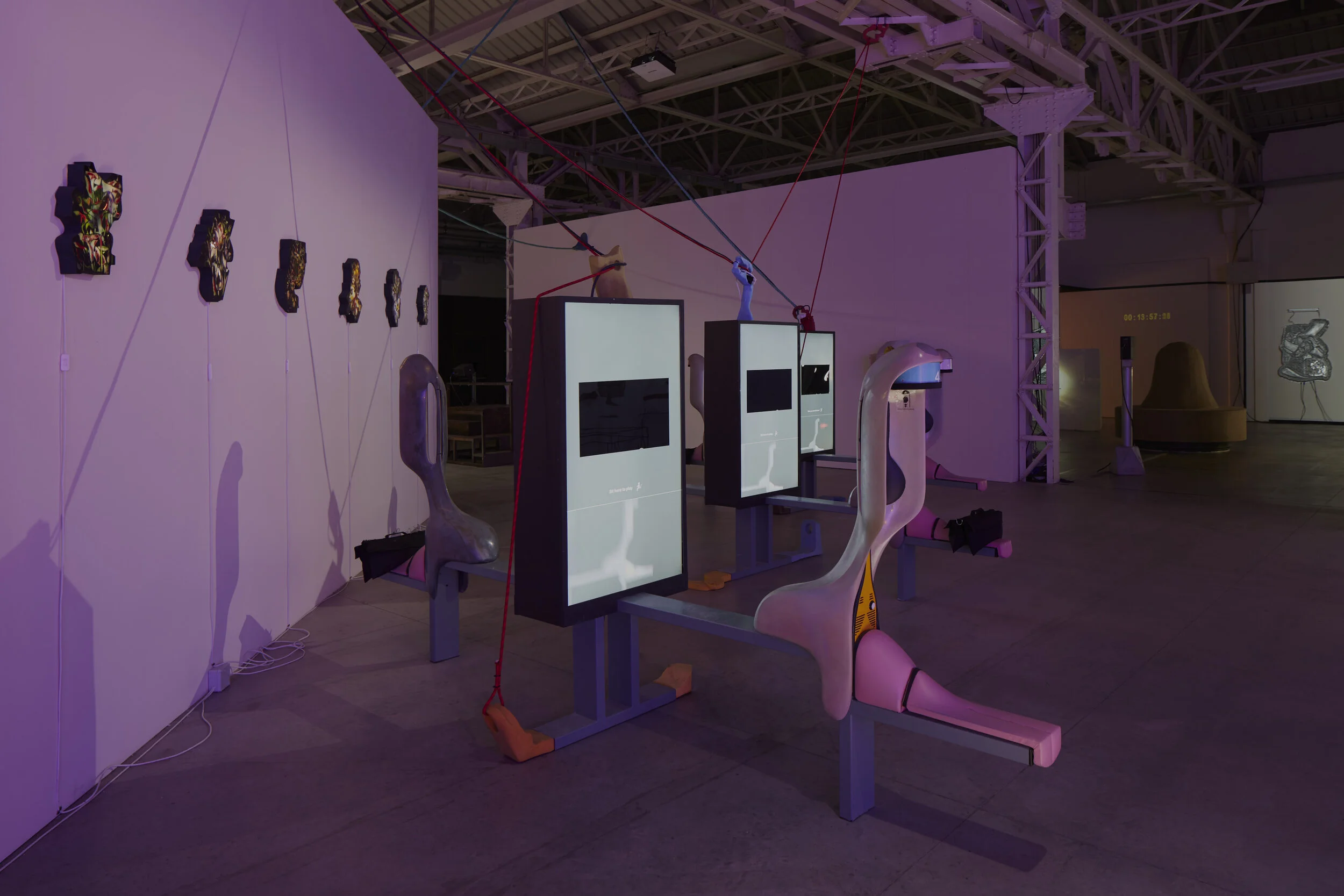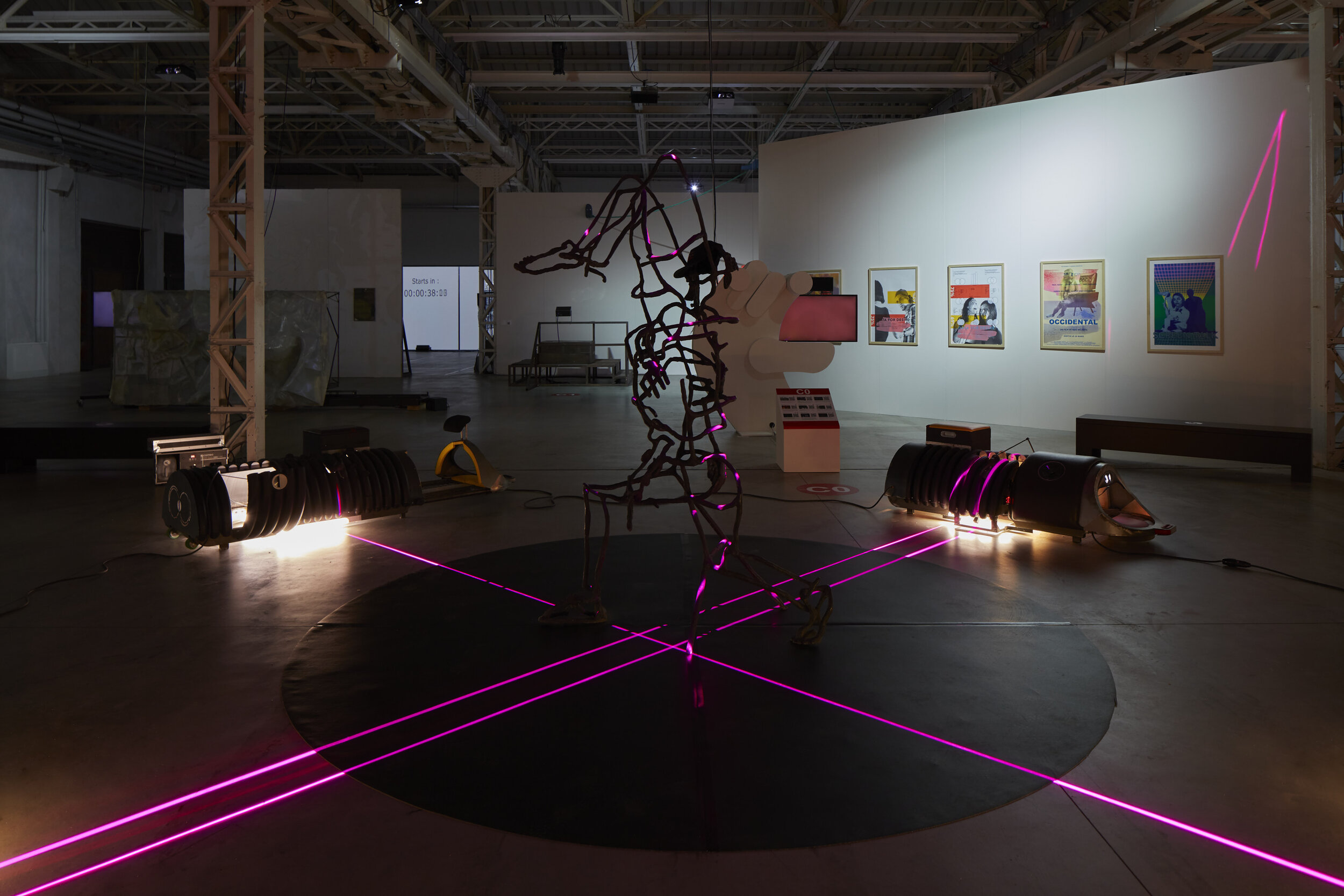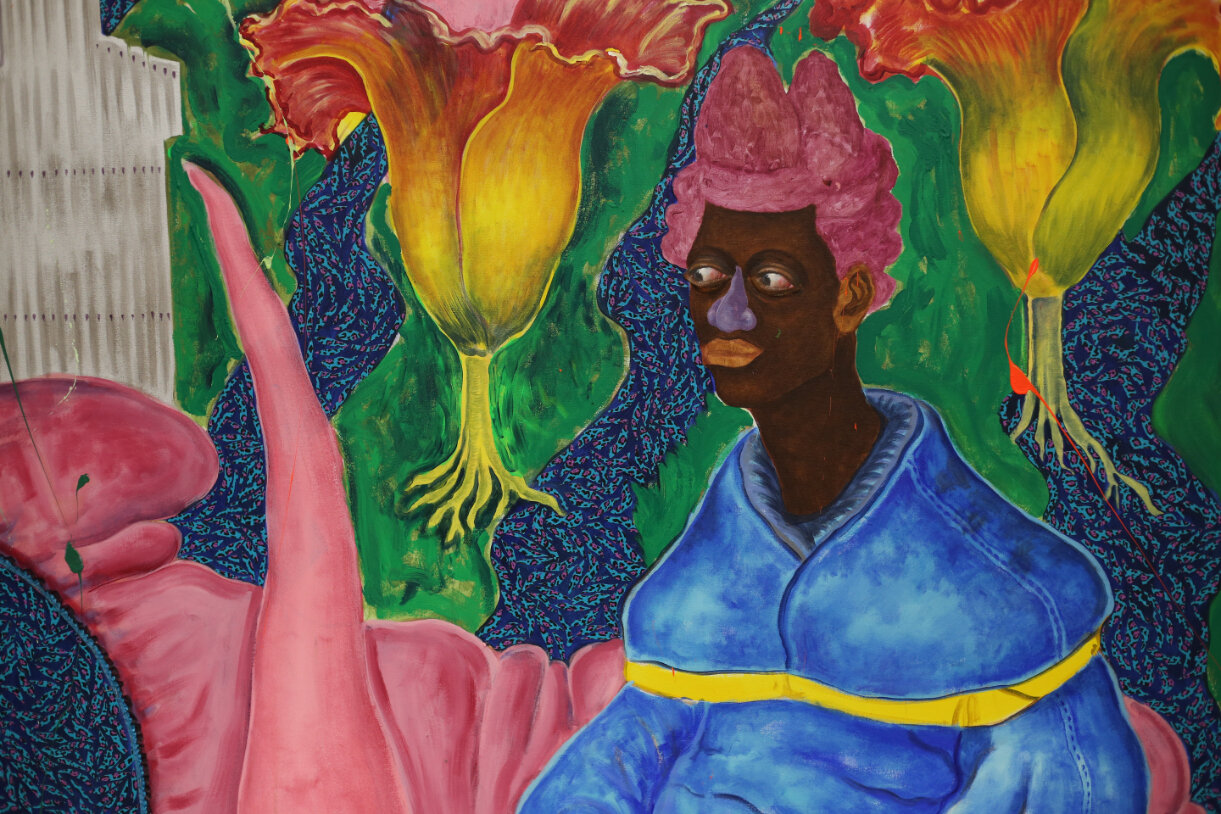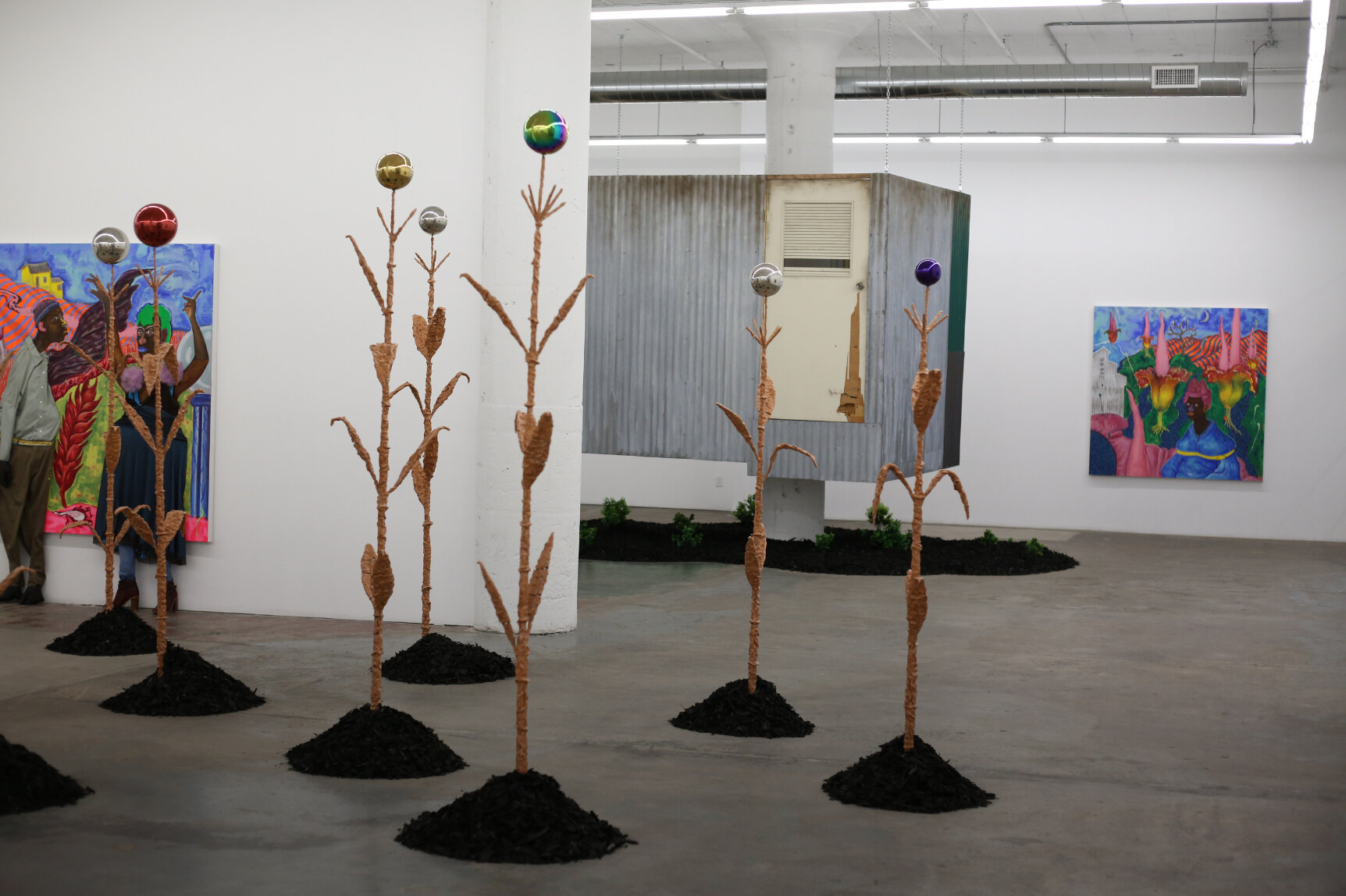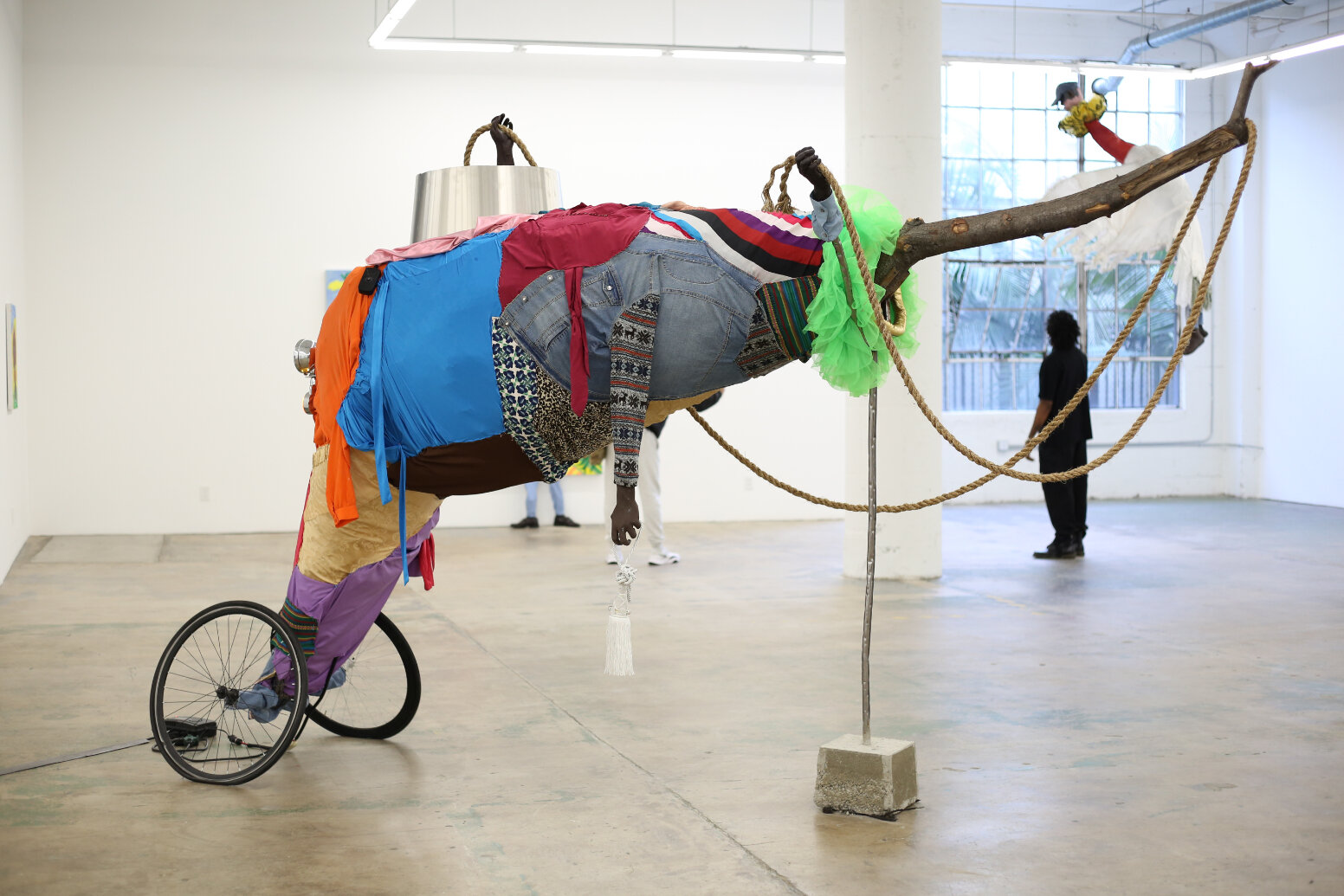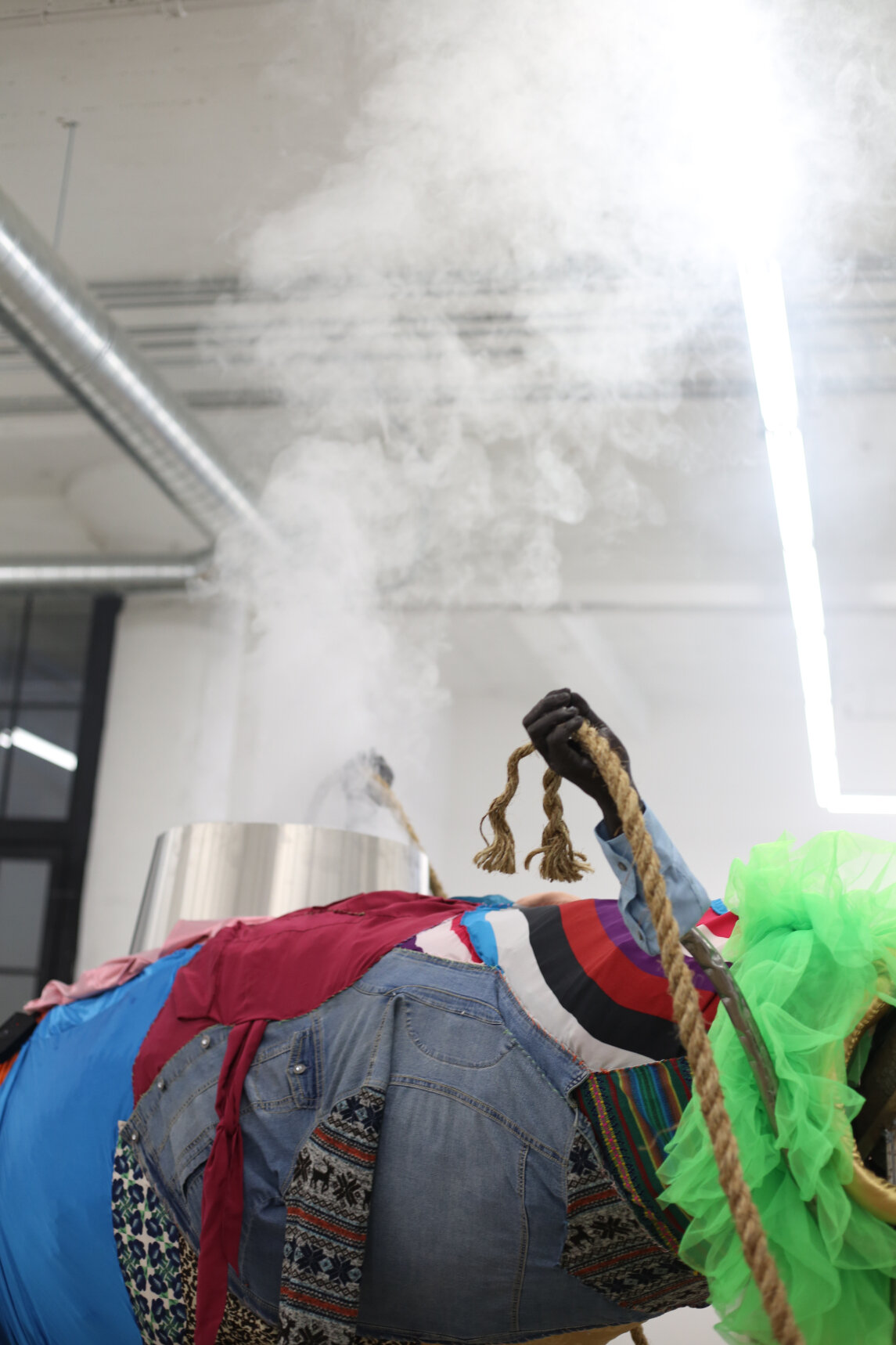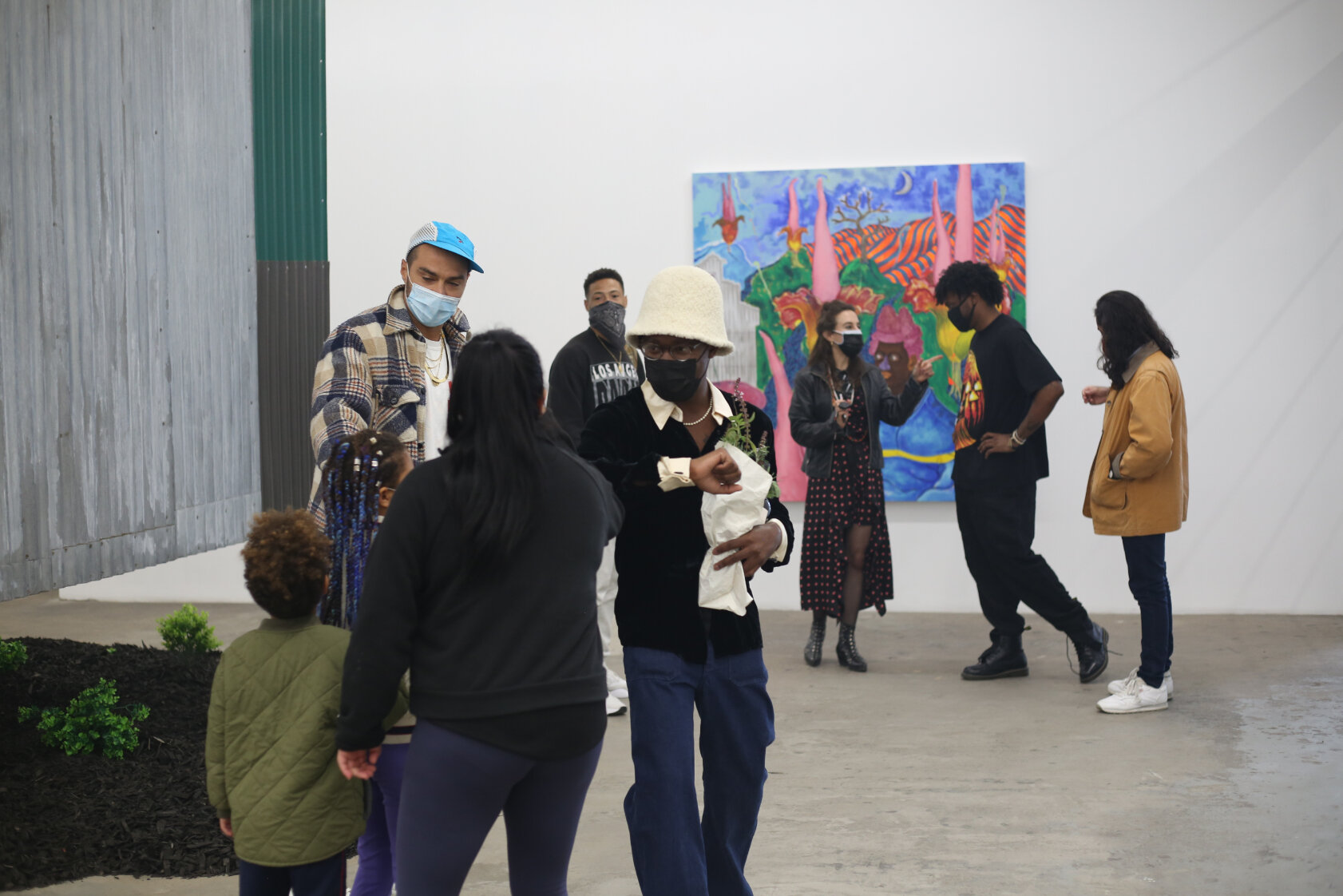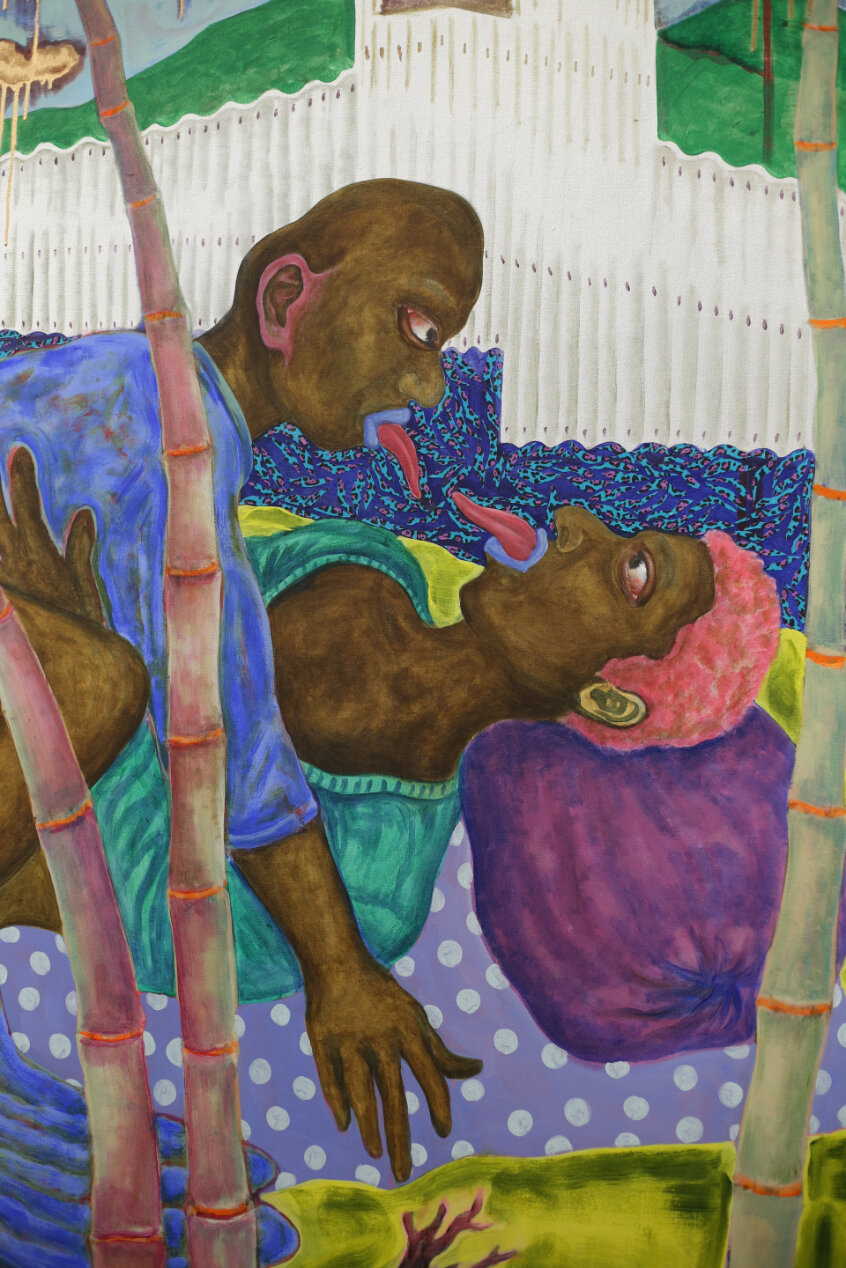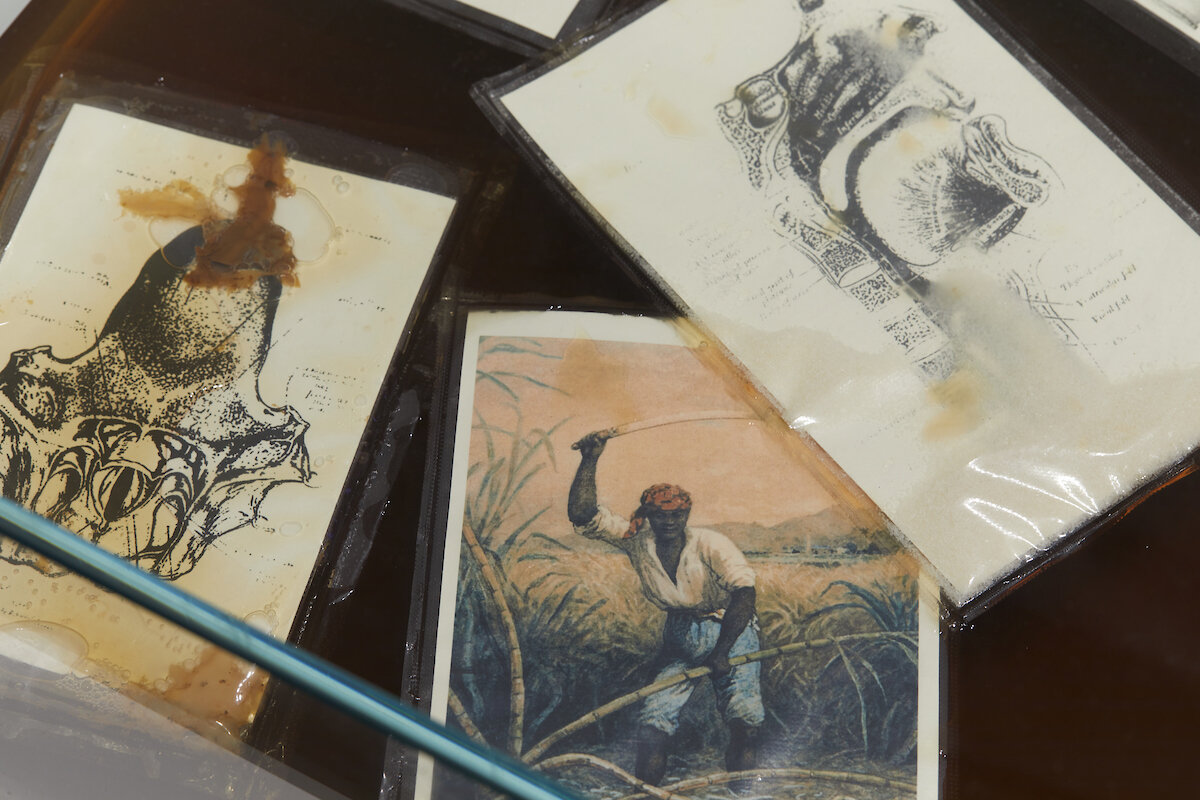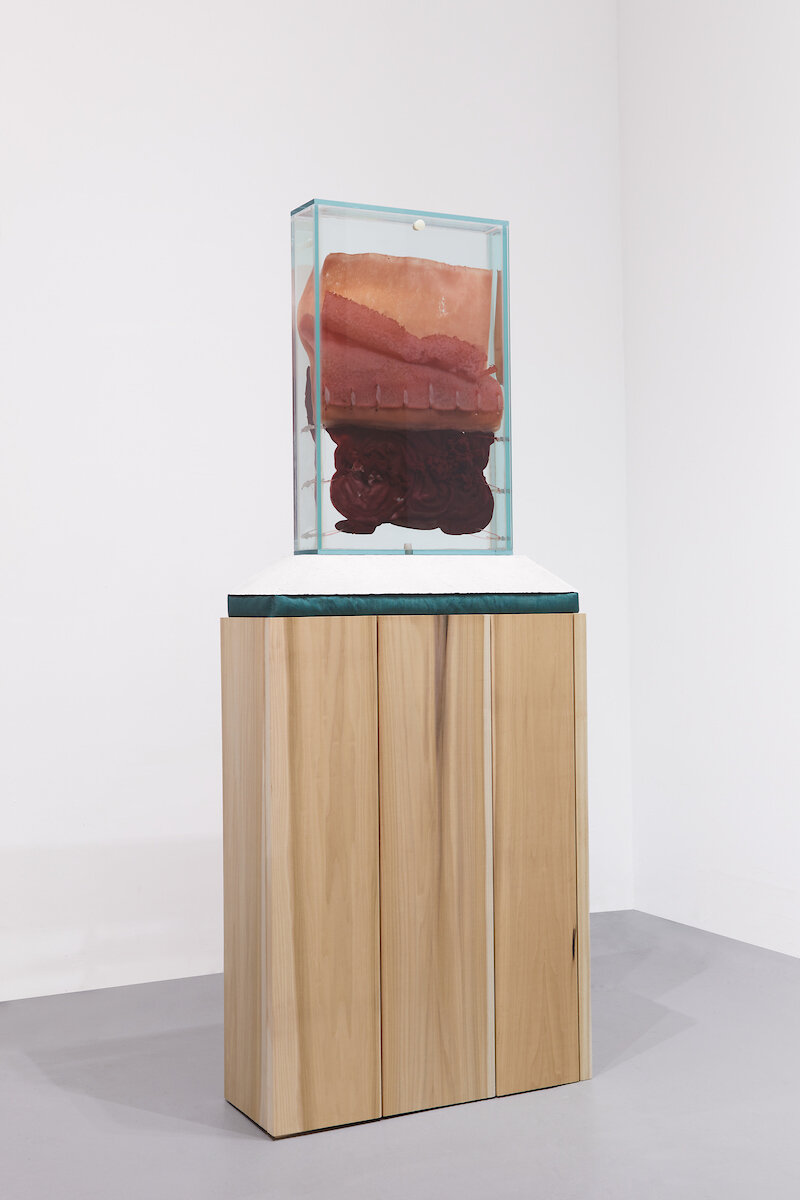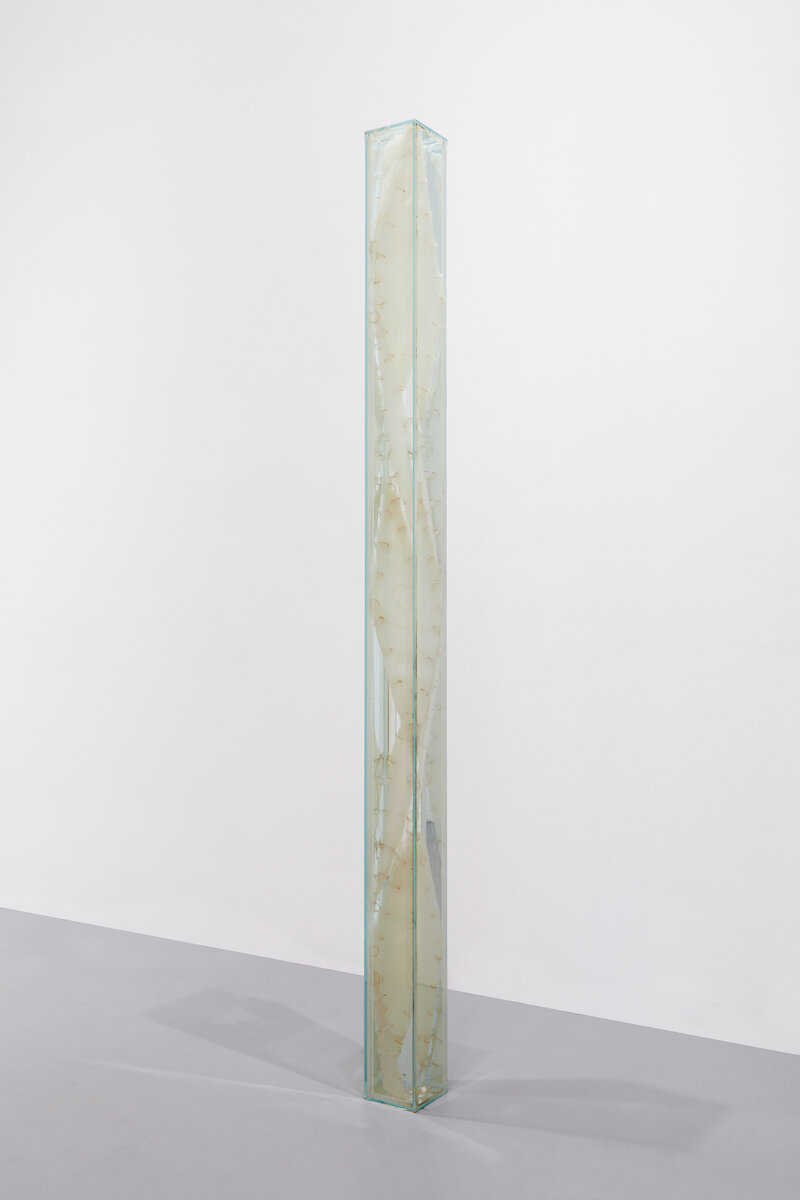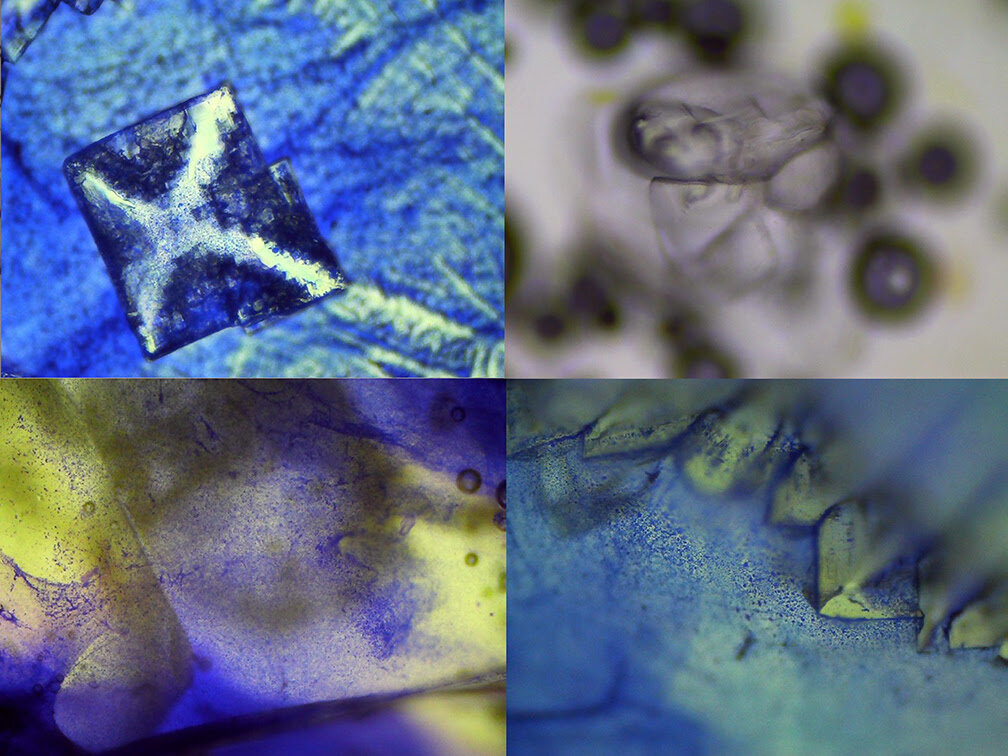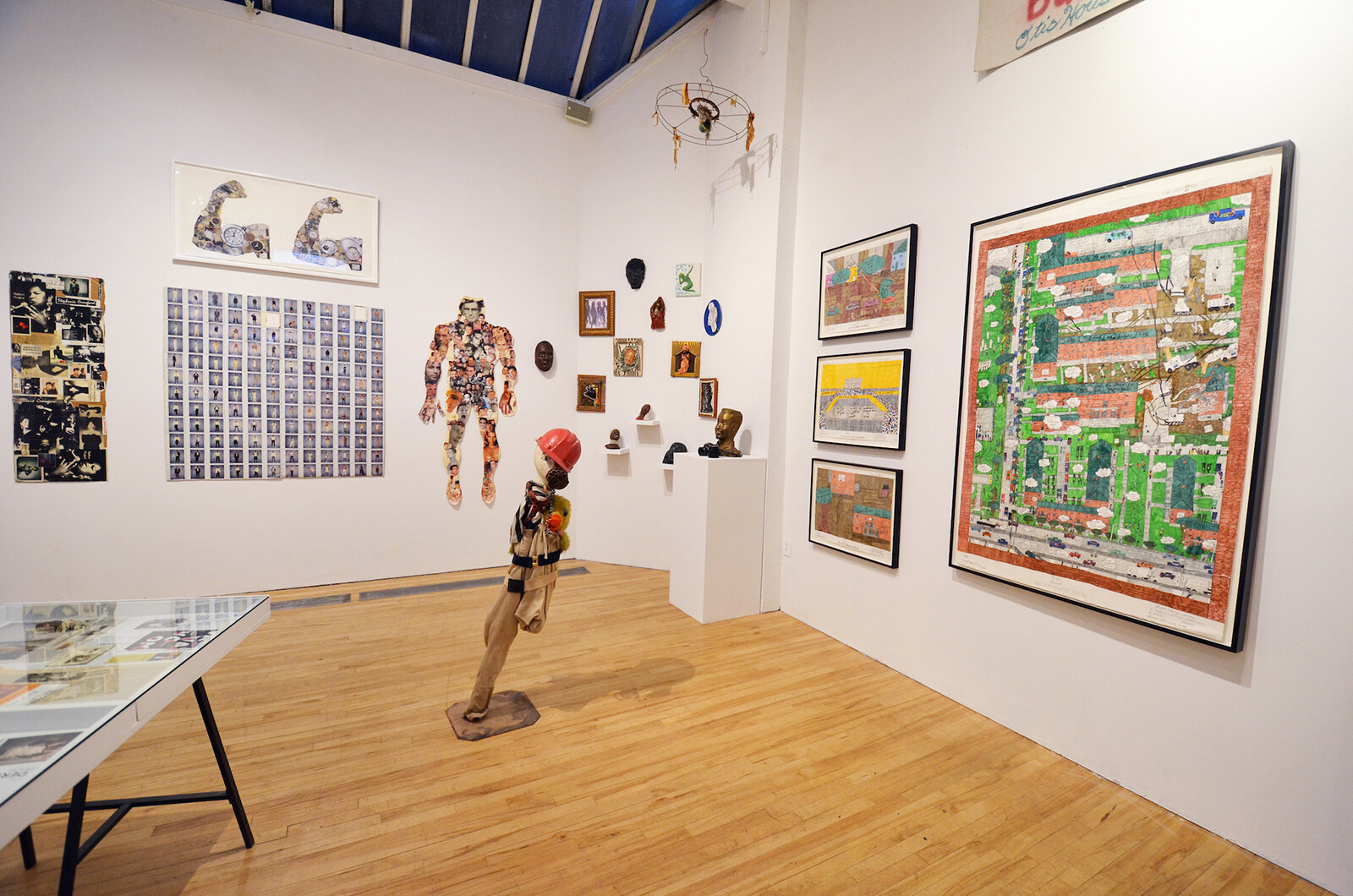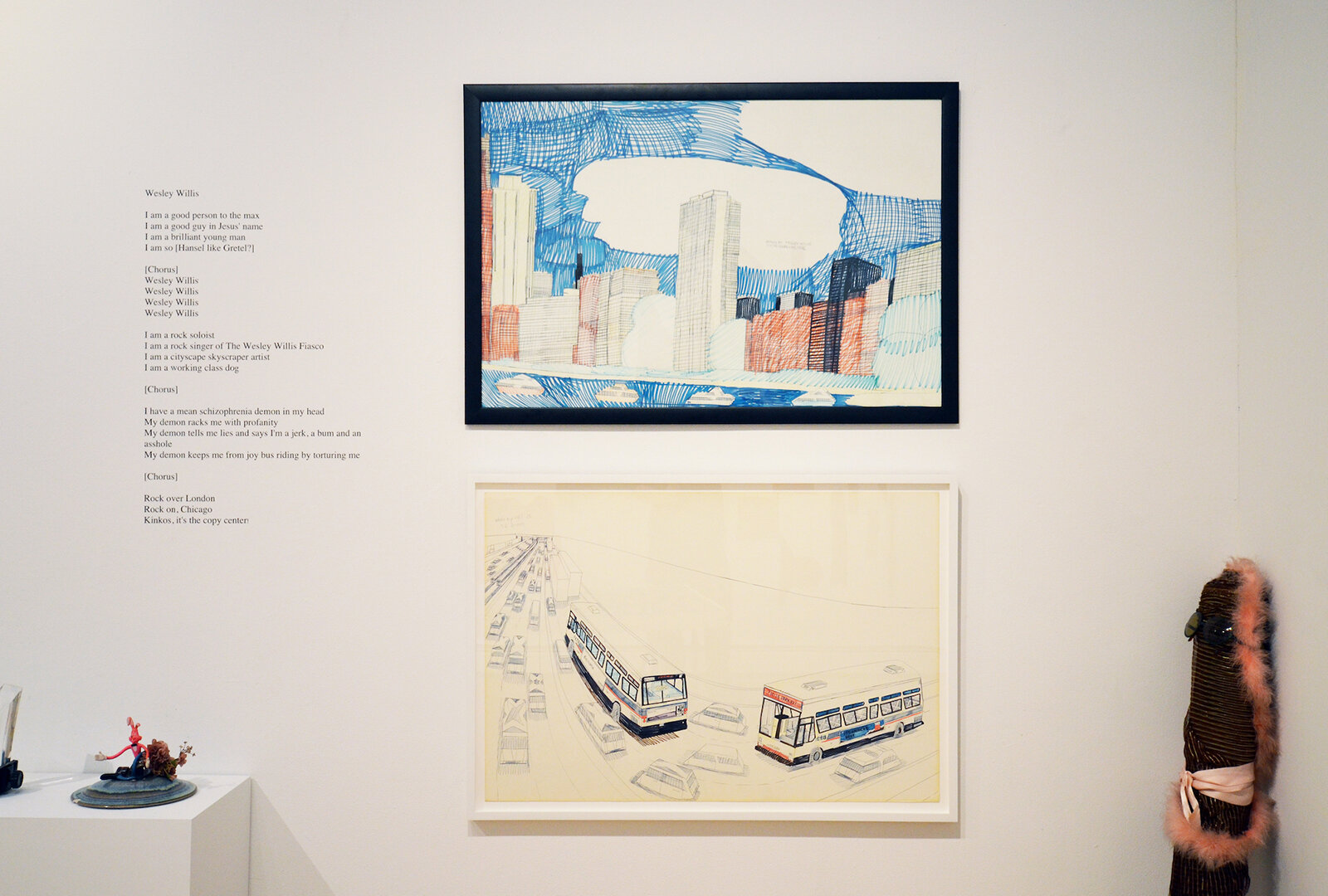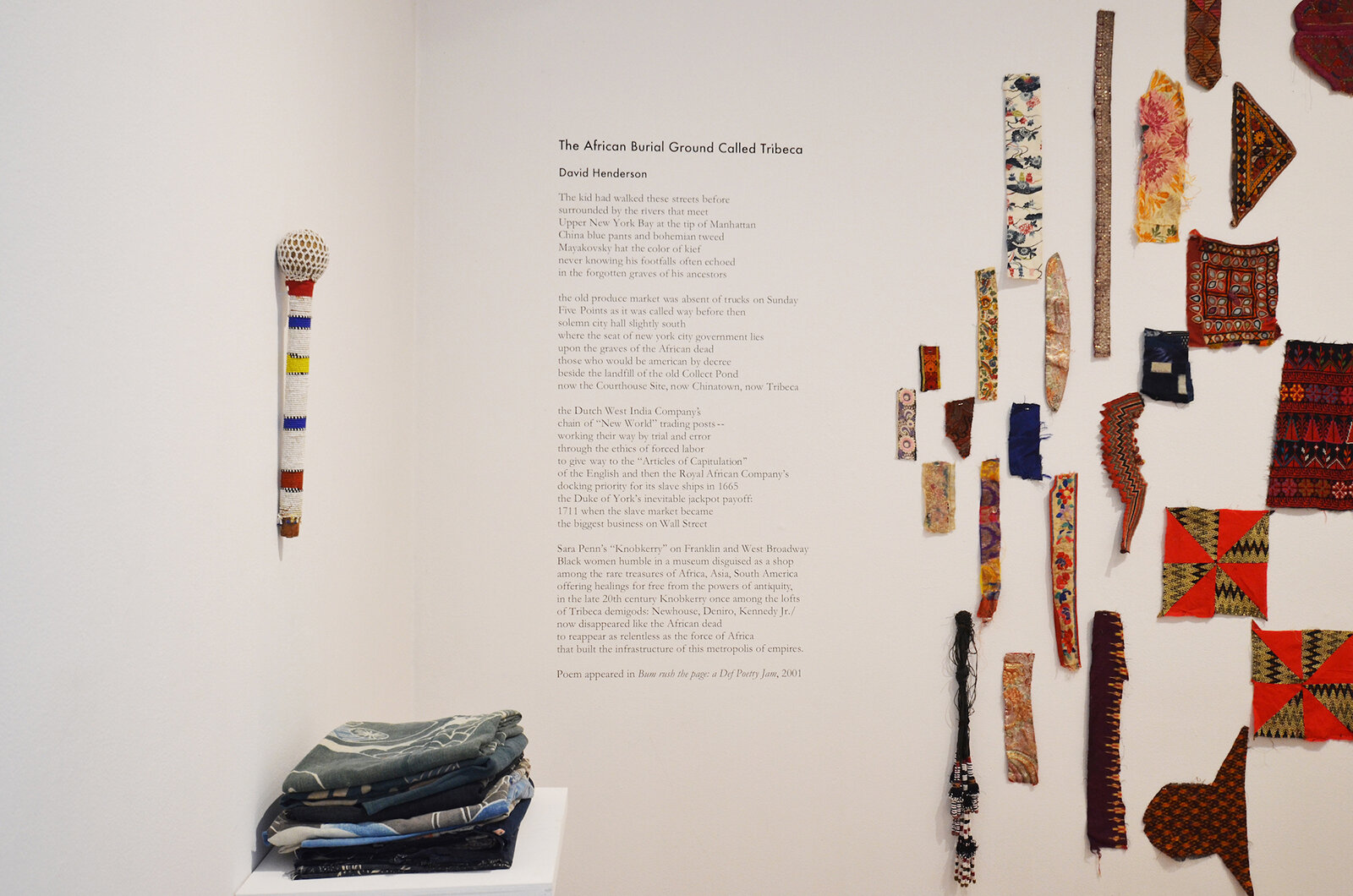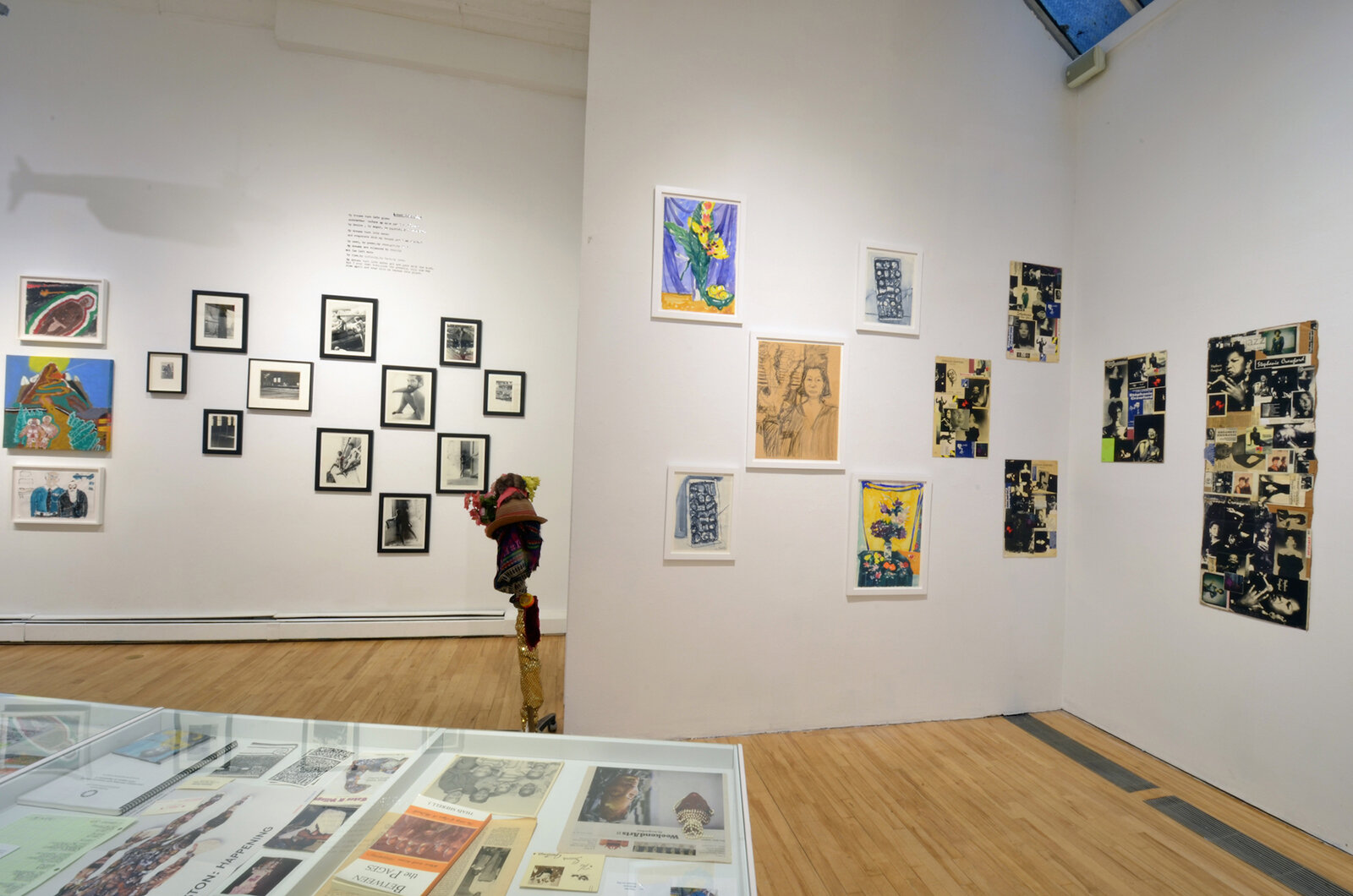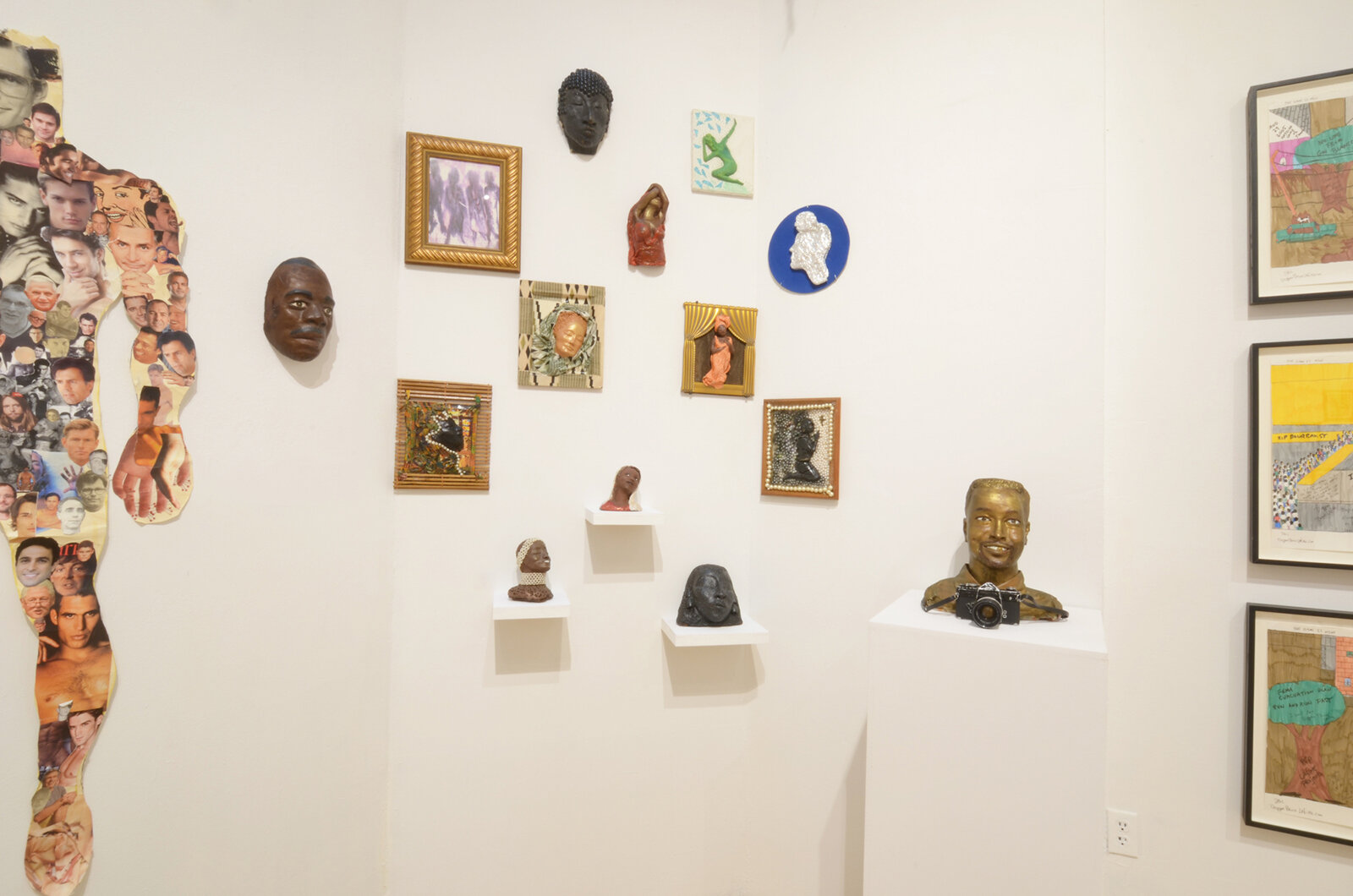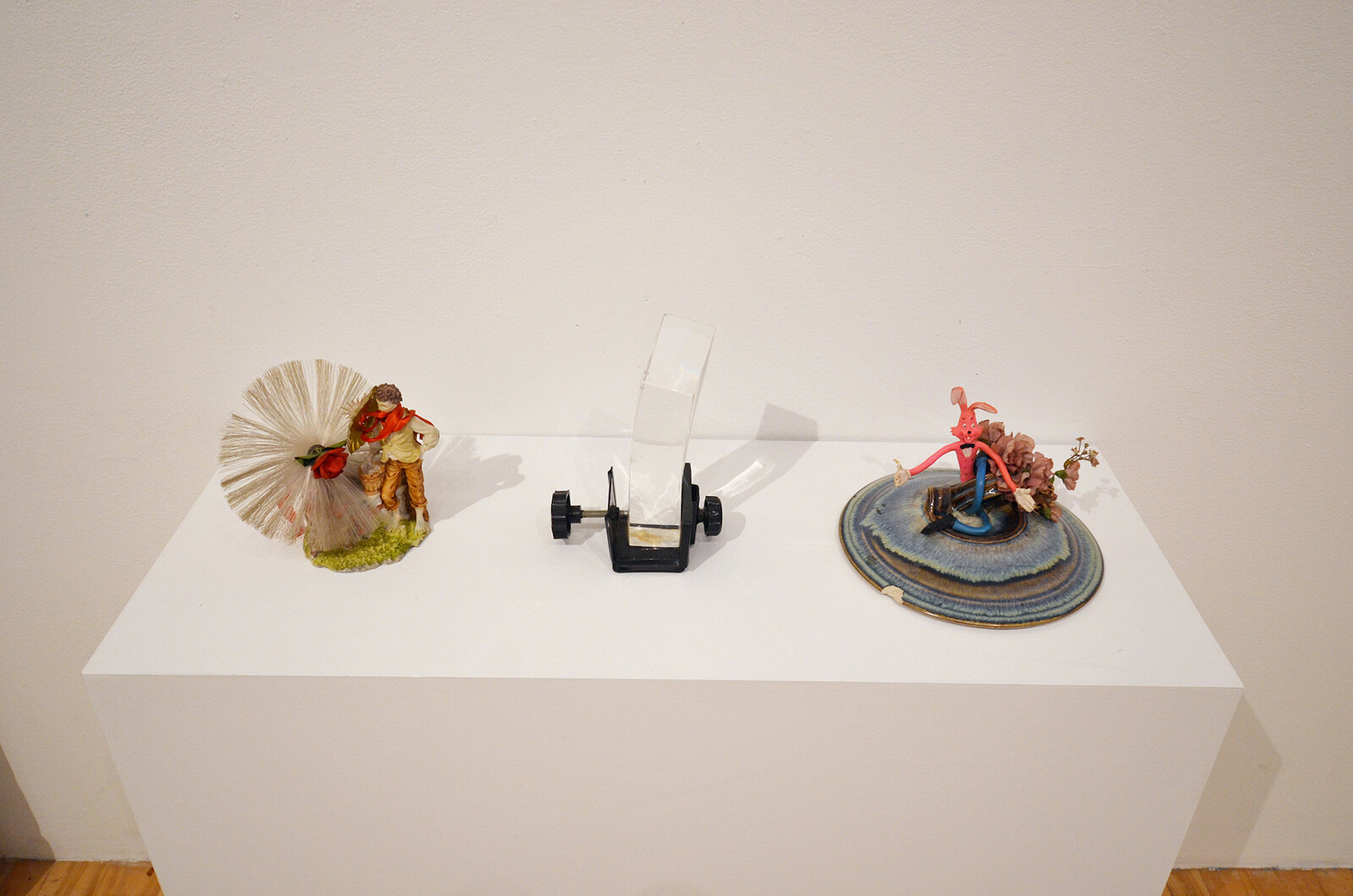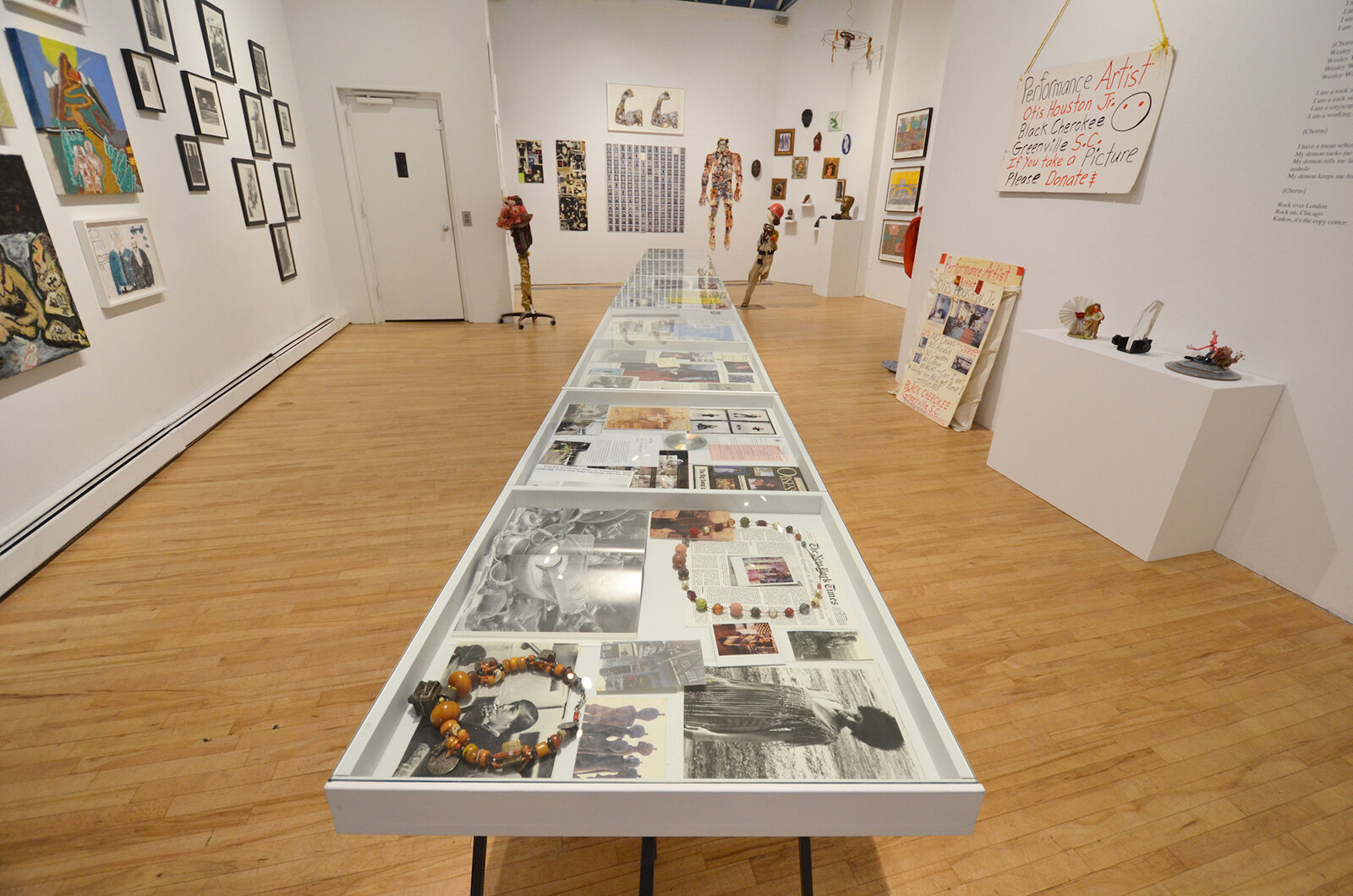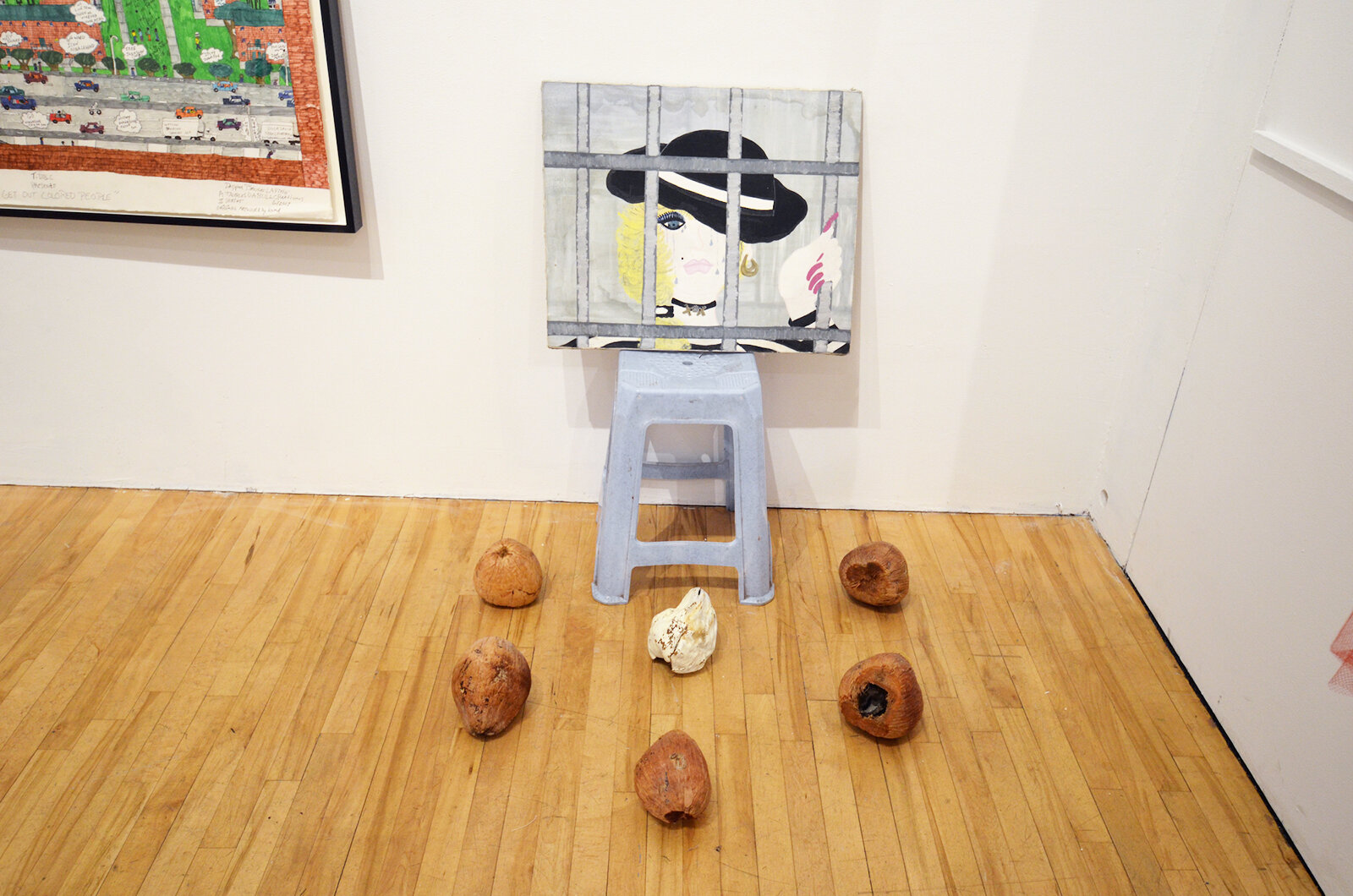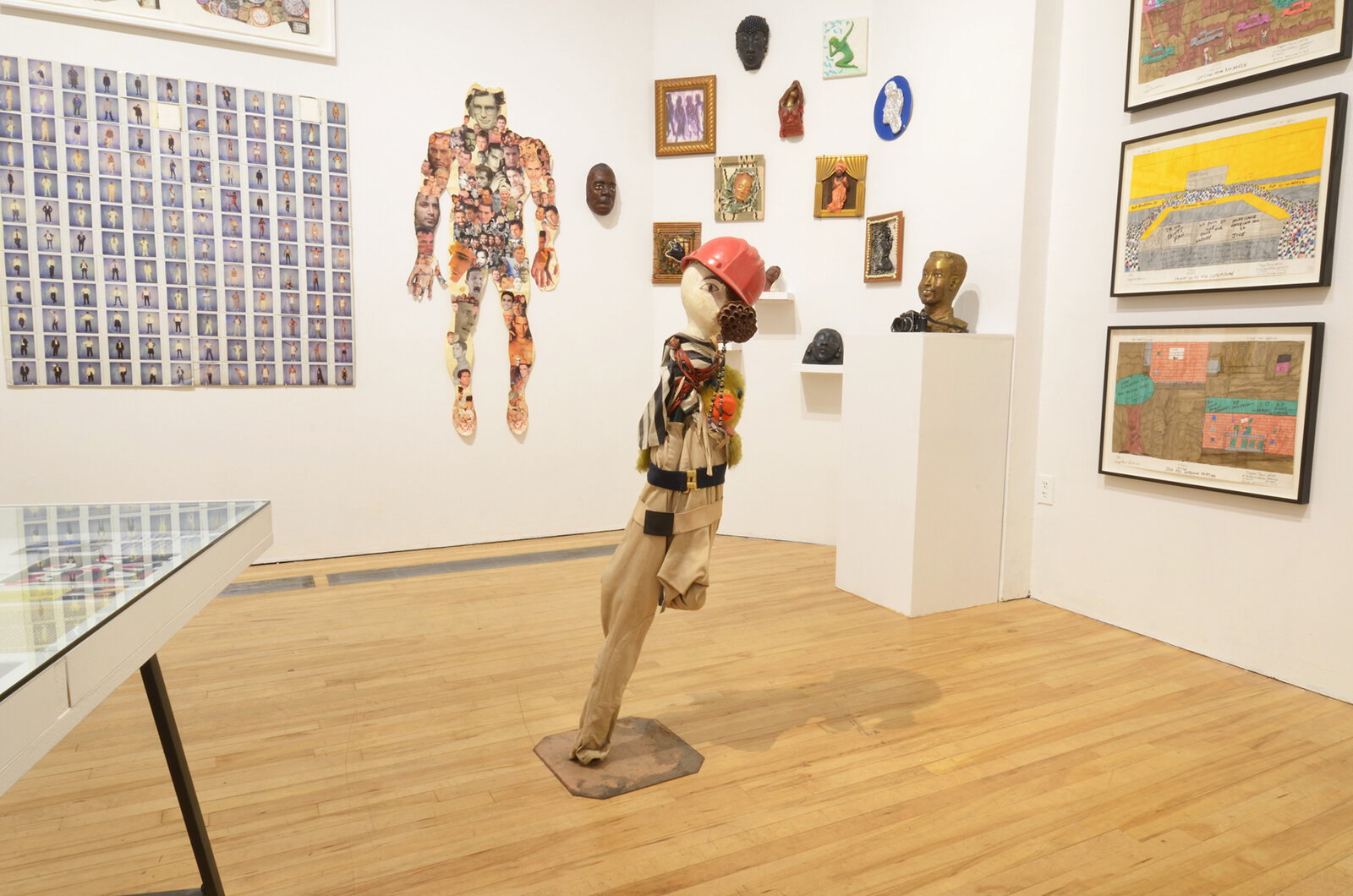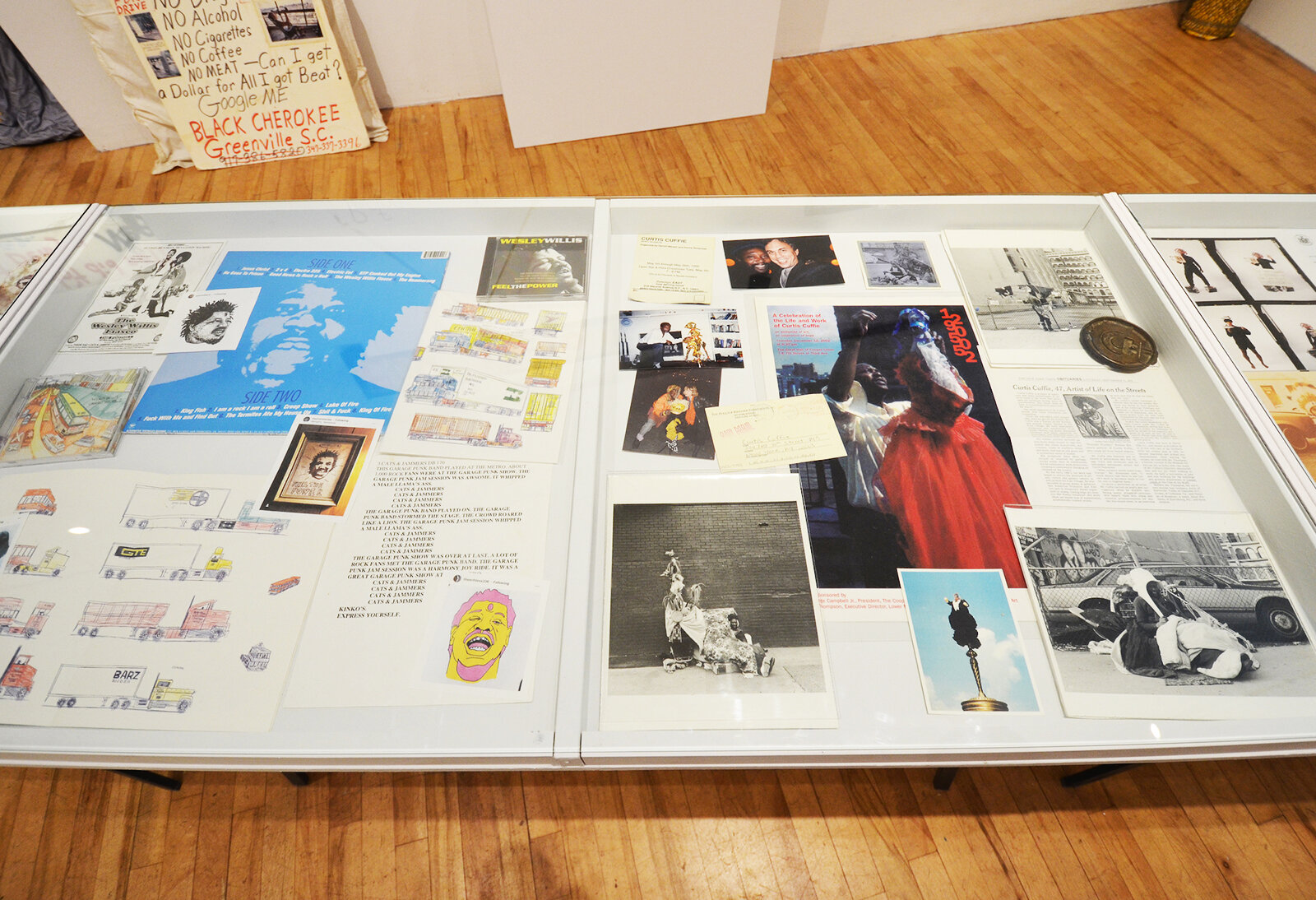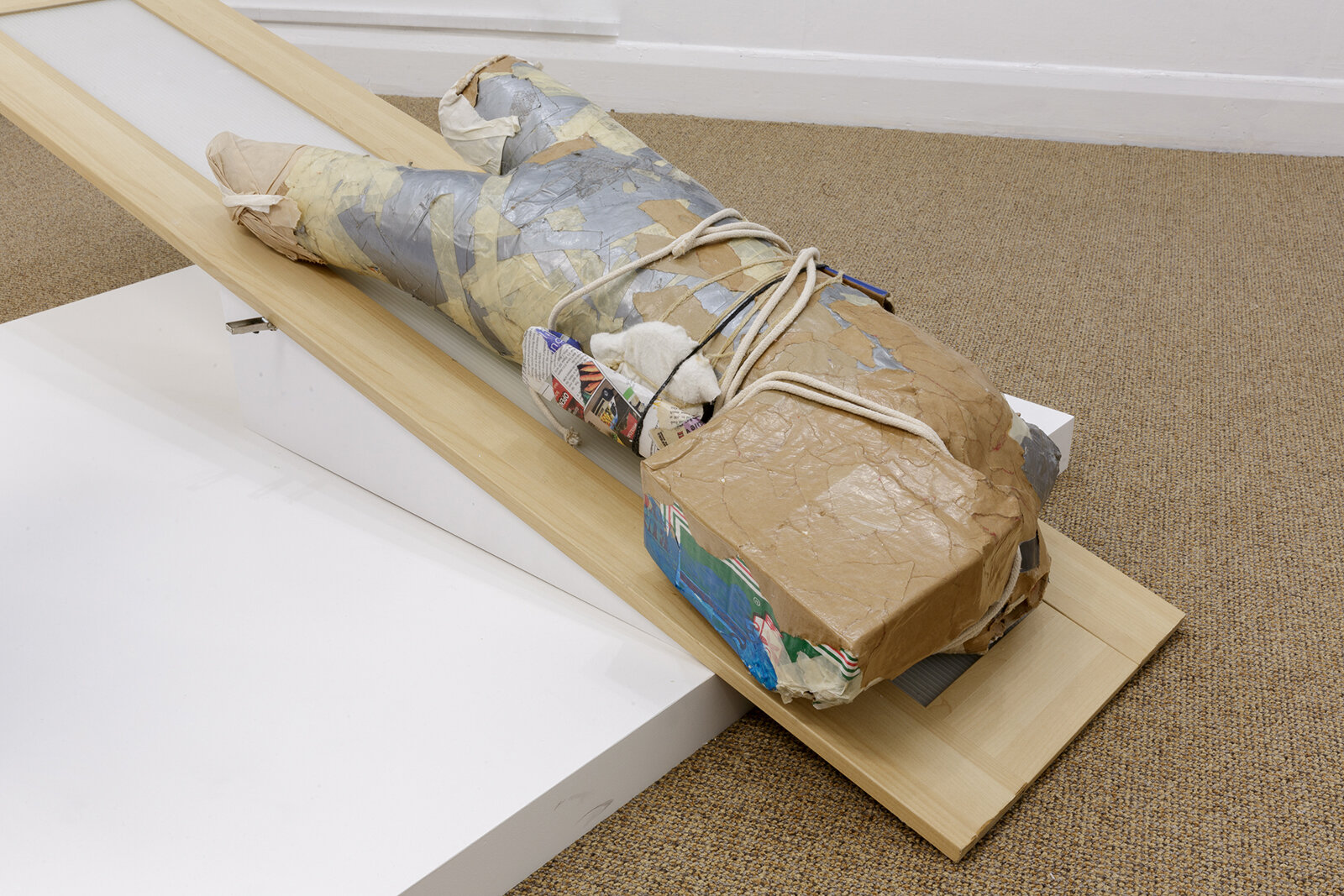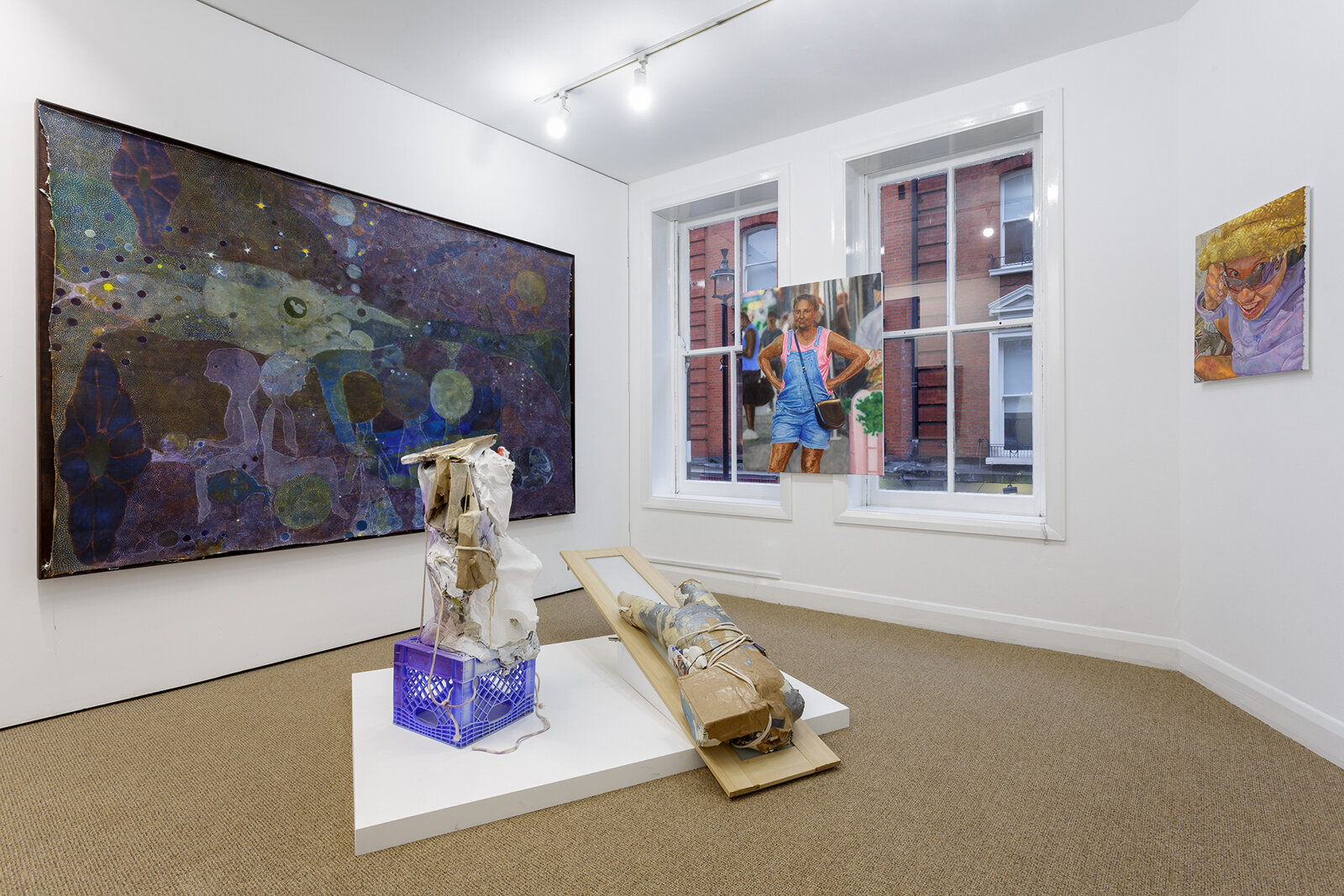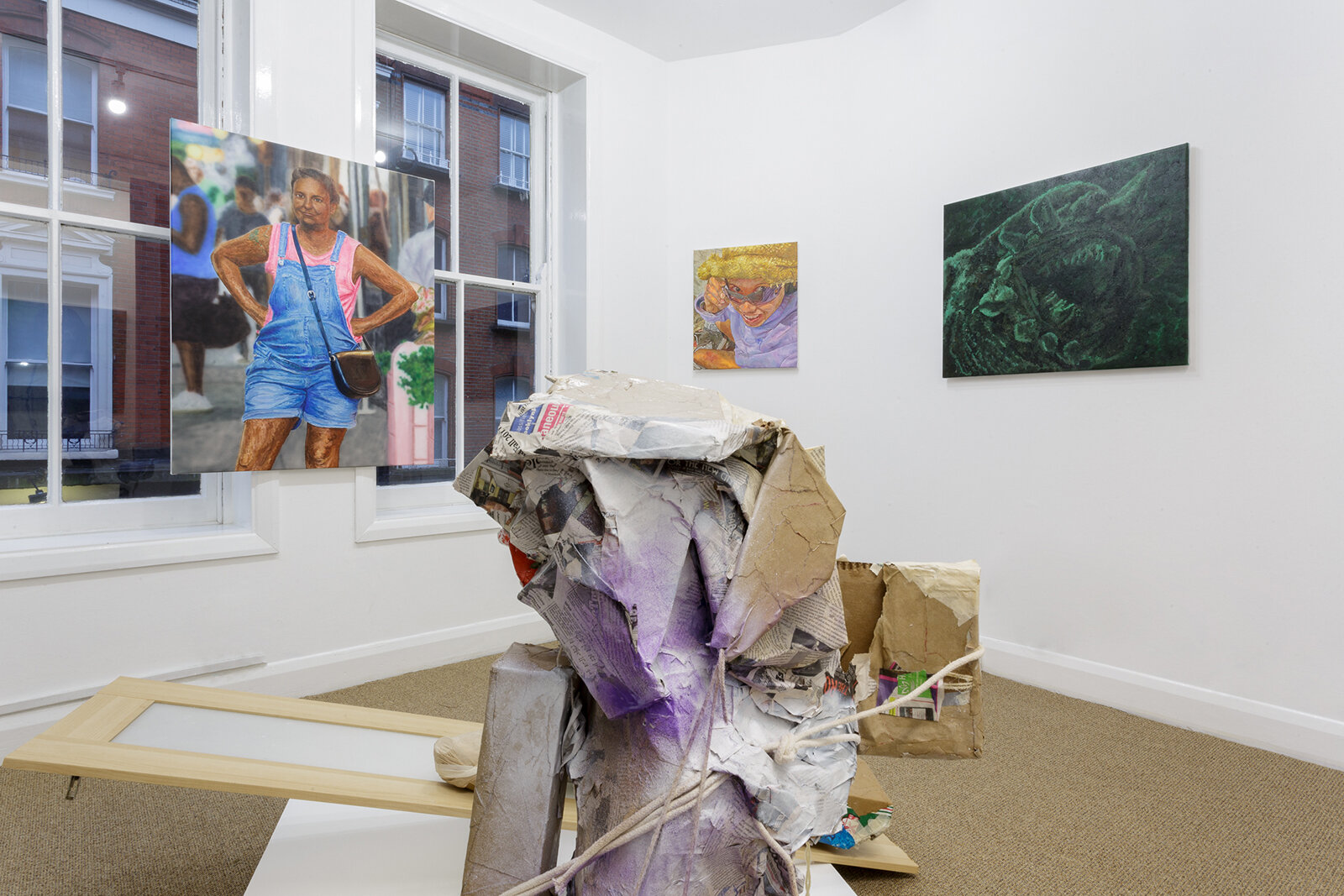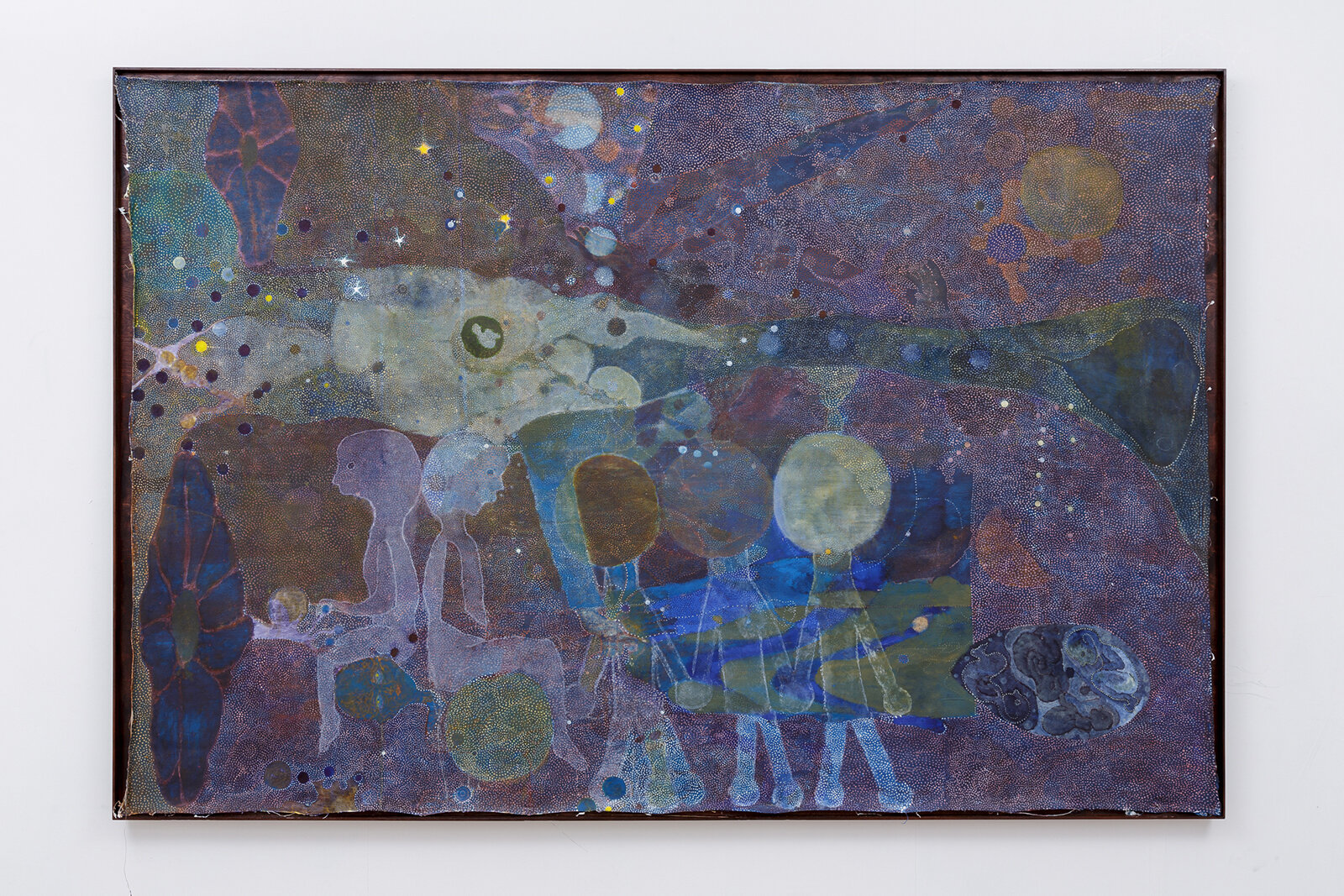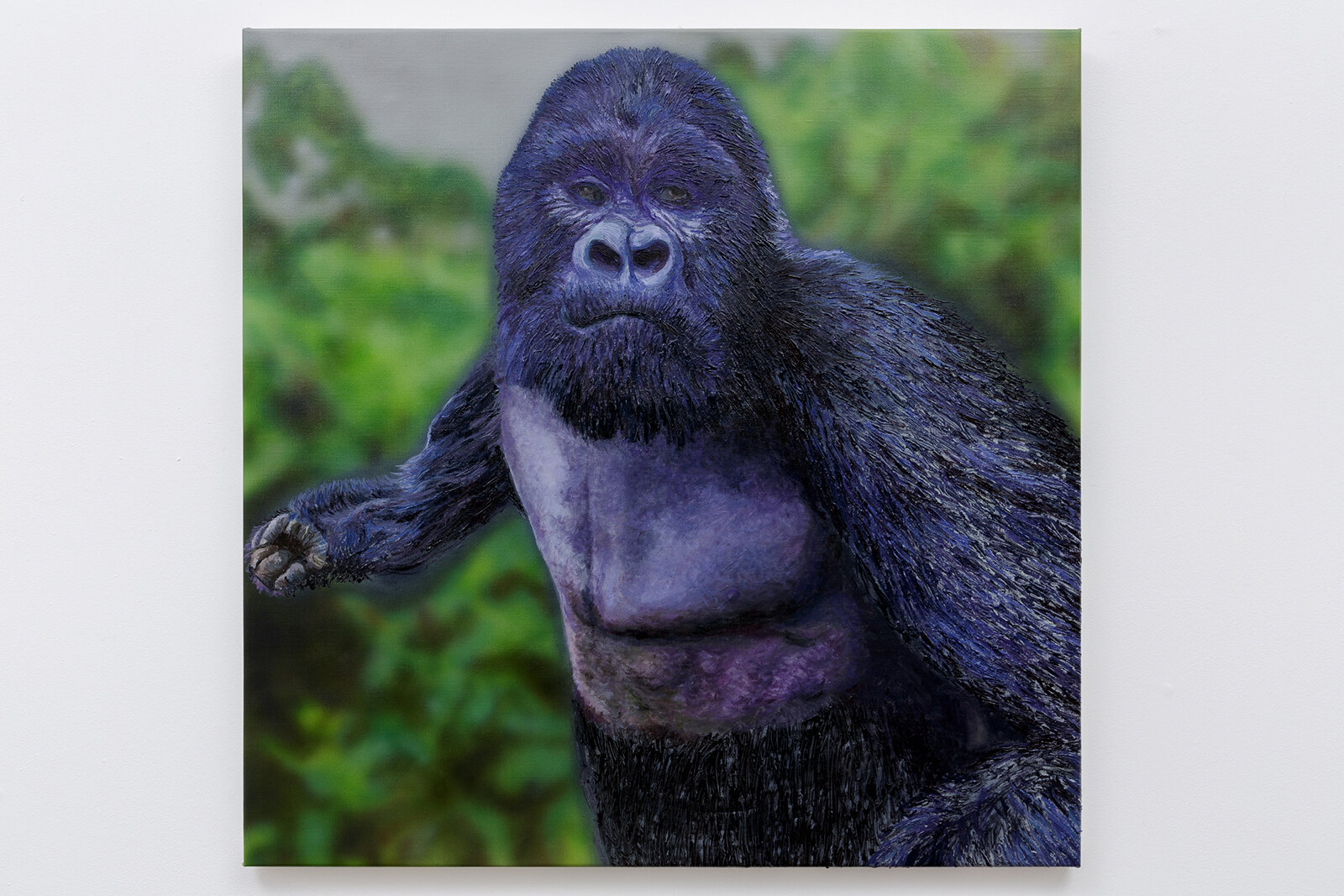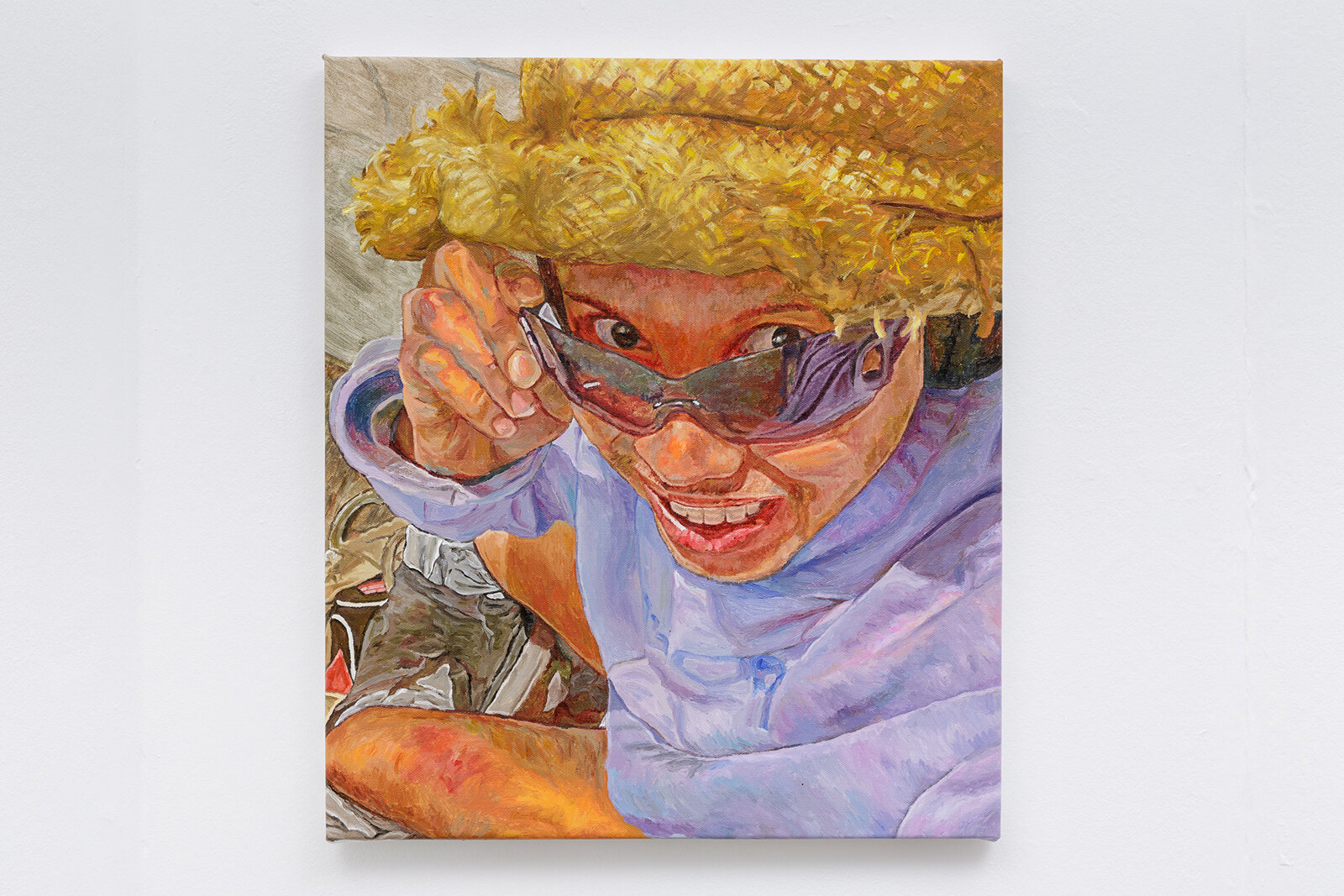text by Oliver Misraje
On Saturday, November 16th, Los Angeles' art and fashion elite converged at the Walt Disney Concert Hall, resplendent in their finest attire and about as glitzy as the average Doug Aitken film. Lightscape, the enigmatically titled centerpiece of the PST-sponsored music festival "Noon to Midnight," had generated considerable buzz. I overheard one patron refer to it as a film, another as a symphony, an art installation, a performance. Tickets were highly coveted and difficult to come by. As the crowd filed into the concert hall, I observed friend groups atomize into disparate units, each member claiming their individually assigned seat. Despite this dispersal, the patrons exuded a nervous excitement akin to a dinner at a trendy pop-up where the menu is a mystery.
As described on the LA Philharmonic website, “Lightscape is an innovative multimedia artwork created by the artist Doug Aitken in collaboration with the Los Angeles Philharmonic and the Los Angeles Master Chorale. It’s a modern mythology propelled by music that asks the questions, ‘where are we now?’ and ‘where are we going?’ Lightscape is a shapeshifting act of contemporary storytelling that unfolds in various stages: a feature-length film, a multiscreen fine art installation, and a series of live musical performances.”
What actually unfolded was a nonlinear cinematic experience paired with a live score that played a supporting rather than collaborative role, along with elements of sculpture and dance. As I watched the film jump between characters and the Southwestern landscapes—both urban and natural—I was reminded of the Old Norse concept of the Web of Wyrd: a vast, intricate web of fate composed of individual threads that intersect and influence one another. While we may retain agency over our individual action, the myth suggests that every decision and consequence is connected to, and governed by, this larger structure of fate.
In Lightscape, a similar invisible matrix connects the characters. This logistical web is woven from freeways, factories, digital networks, commerce, and sound. Every detail—every drop, ruffle, and clink— is not incidental but another reverberation along this vast, invisible web, illustrating the interconnectedness of the characters and their world. A woman reads at the beach. She looks up at a plane flying above her. Later we see workers in a factory manufacturing aerial parts perform a mechanized-esque choreography.
Within Los Angeles, where the film is predominantly set, the culture of individuality—fostered by the privatization of public spaces and ubiquity of cars and suburban enclaves—we are led to believe that every man is indeed an island. Aitken’s film suggests the opposite: we are intricately connected to others, even those with whom we may never physically interact. On one hand, the film celebrates the rugged individualism that underpins the city's mythology, the freedom to get in your car and go and the possibilities that this affords. On the other hand, it is an ode to the city's kaleidoscopic community, with its varied landscapes, sounds, and energies.
Like Los Angeles itself, the narrative of Lightscape unfolds horizontally, jumping between archetypes, settings, and characters from diverse ethnic and socioeconomic backgrounds. These disparate vignettes are woven together by the repetition of dialogue that functions not dissimilar from Zen koans. Phrases such as you can get lost in a blink of an eye,” “all of this will never make sense,” or “He does not live anymore,” were performed by the Los Angeles Master Chorale, interjecting a sense of poetry and mystery, while connecting the varied scenes like the arteries of a freeway.
The emotional crescendo of the performance occurred during a rendition of Phillip Glass’ “Wild Horses.” However, just before the feelings could truly actualize themselves, the music stopped and cut to another glossy scene. This abrupt ending was emblematic of the structural and aesthetic flaws that marred what was otherwise a resounding presentation; the lofty ambition of the project sometimes interrupted the pathos innate to the messaging.
In retrospect, Lighscape would have benefited from stripping away some of Doug Aitken’s characteristically shiny cinematography, and redirecting that energy into a more symbiotic dialogue with the orchestra. At its core, Lightscape contains a raw, organic spiritual and existential truth. However, this truth is often frayed by the brilliant, blinding, advertorial glare of a Budweiser can under the LA sun.
In Aitken’s defense, Lightscape will be showcased at the Marciano Art Foundation as a large-scale installation, which may prove to be a more suitable home for the work than the Philharmonic, where one is led to expect a more resounding musical experience.
Lightscape will be on view as an installation at the Marciano Art Foundation from December 17th, 2024, to January 15th, 2025, in collaboration with the Los Angeles Philharmonic and Los Angeles Master Chorale. Admission is free to the public.







